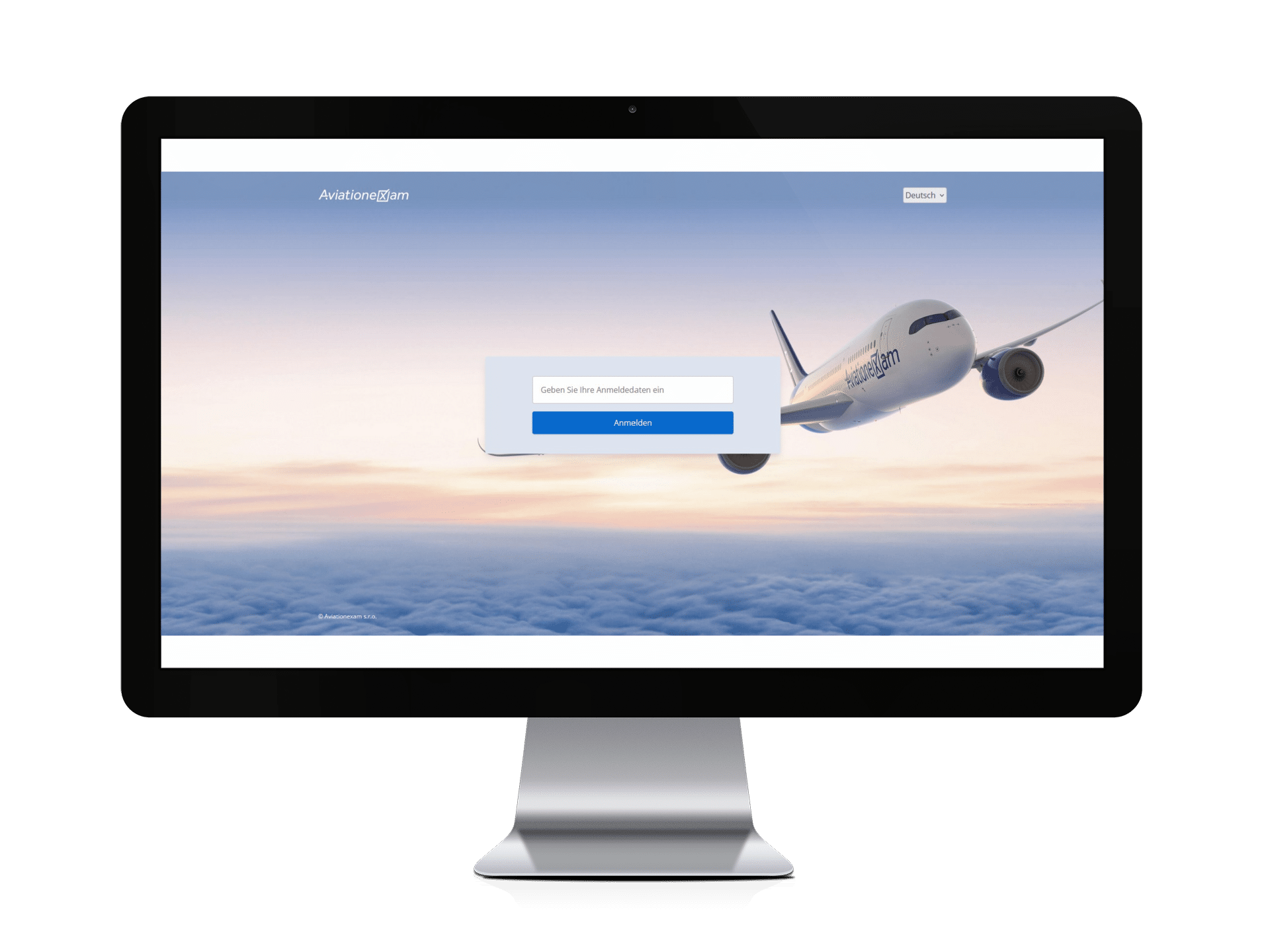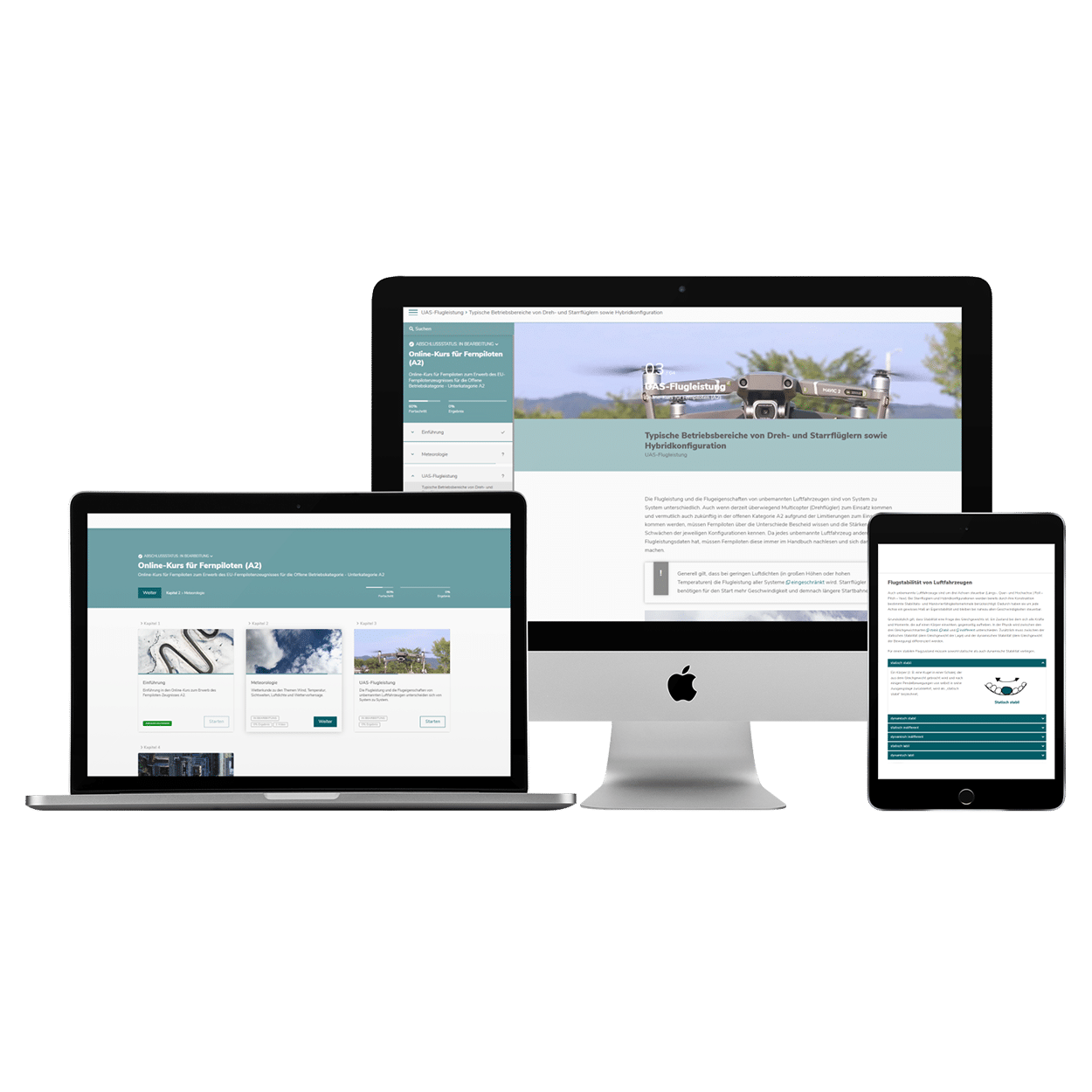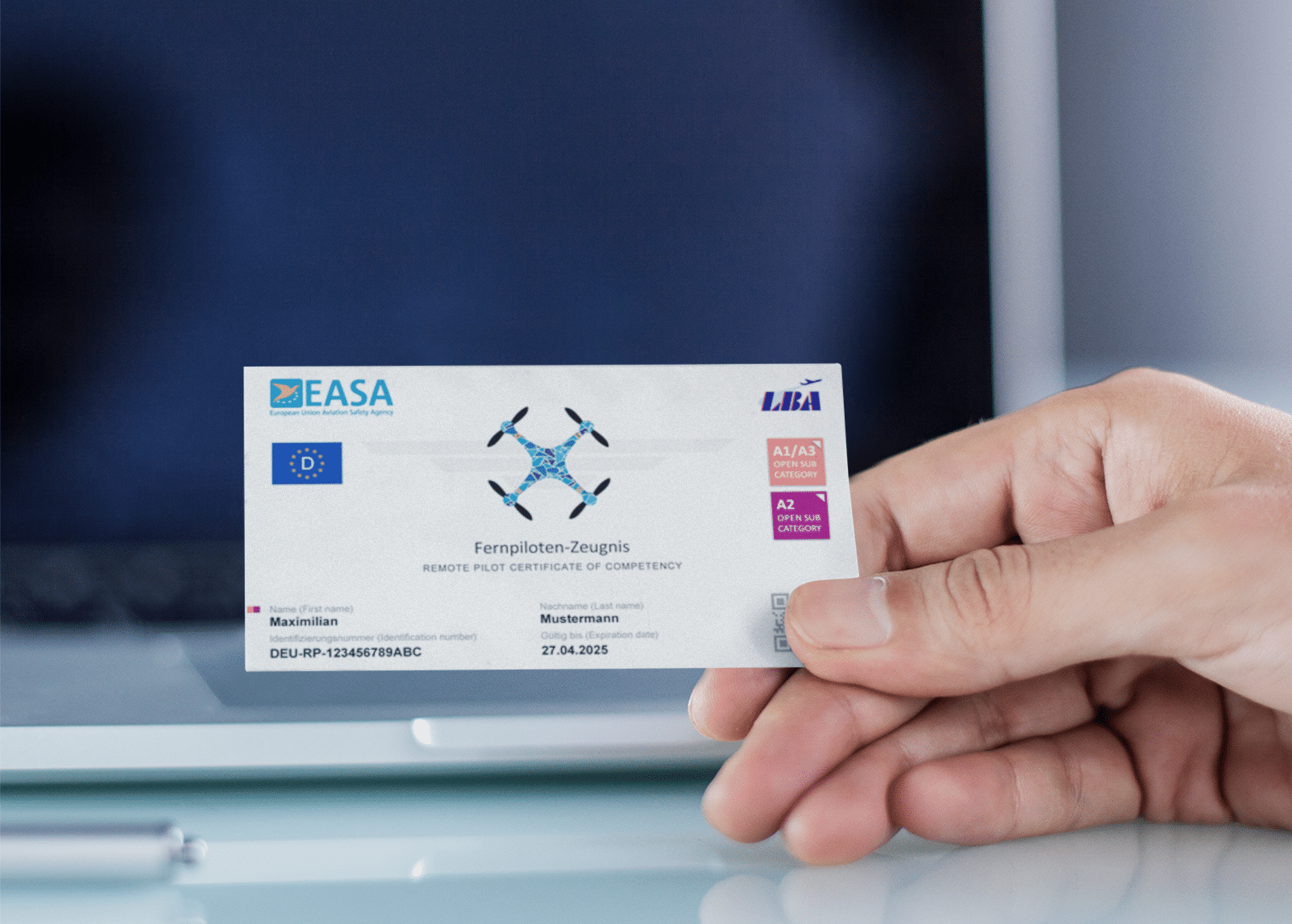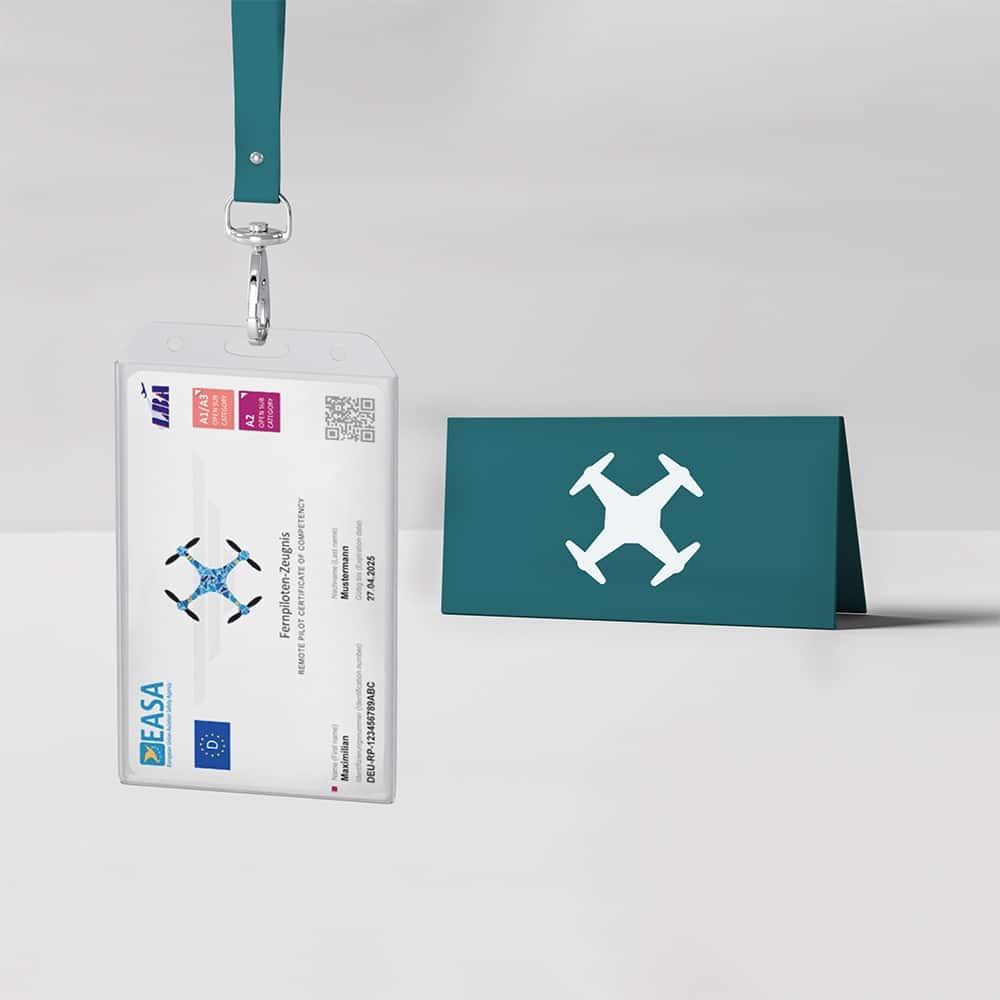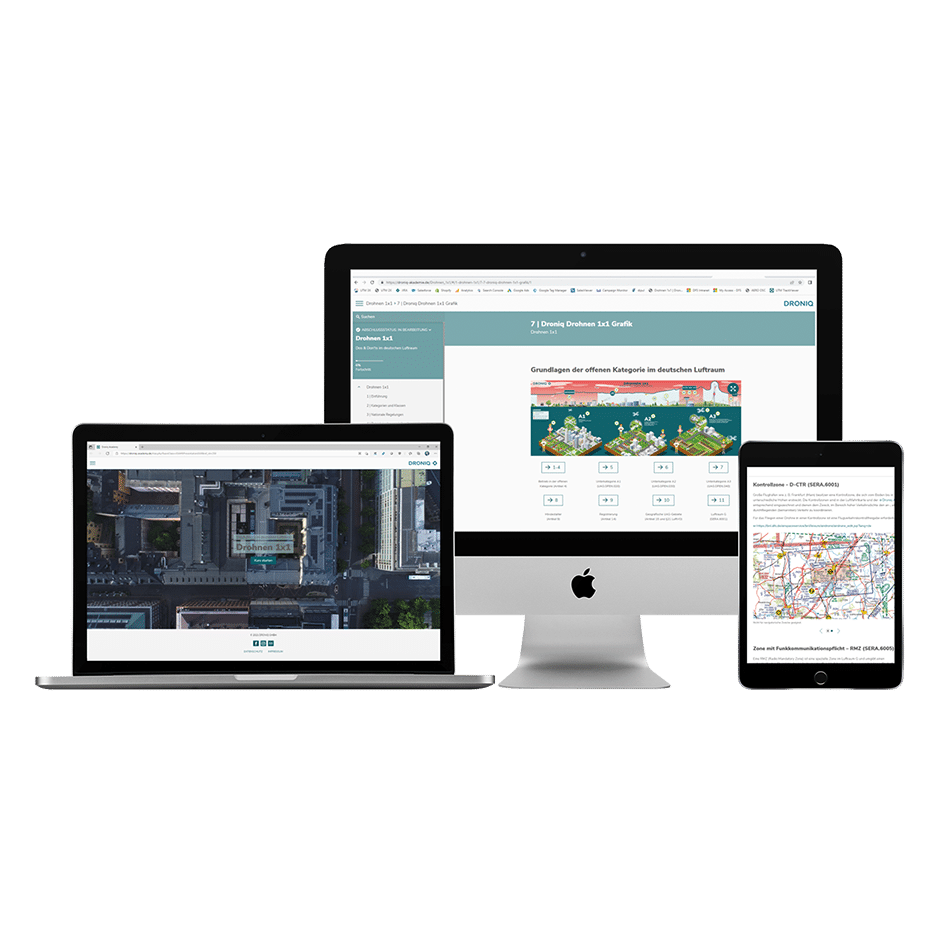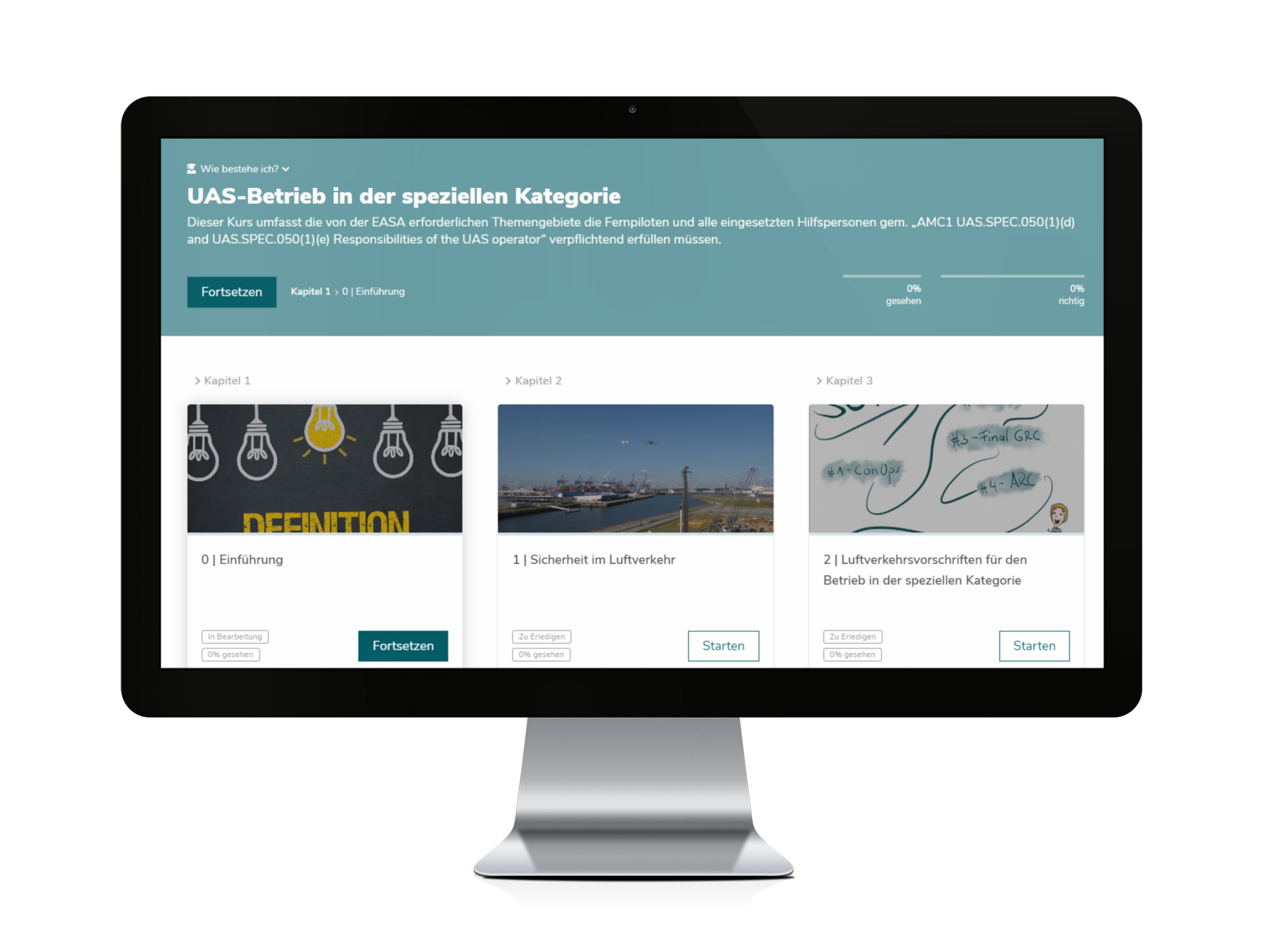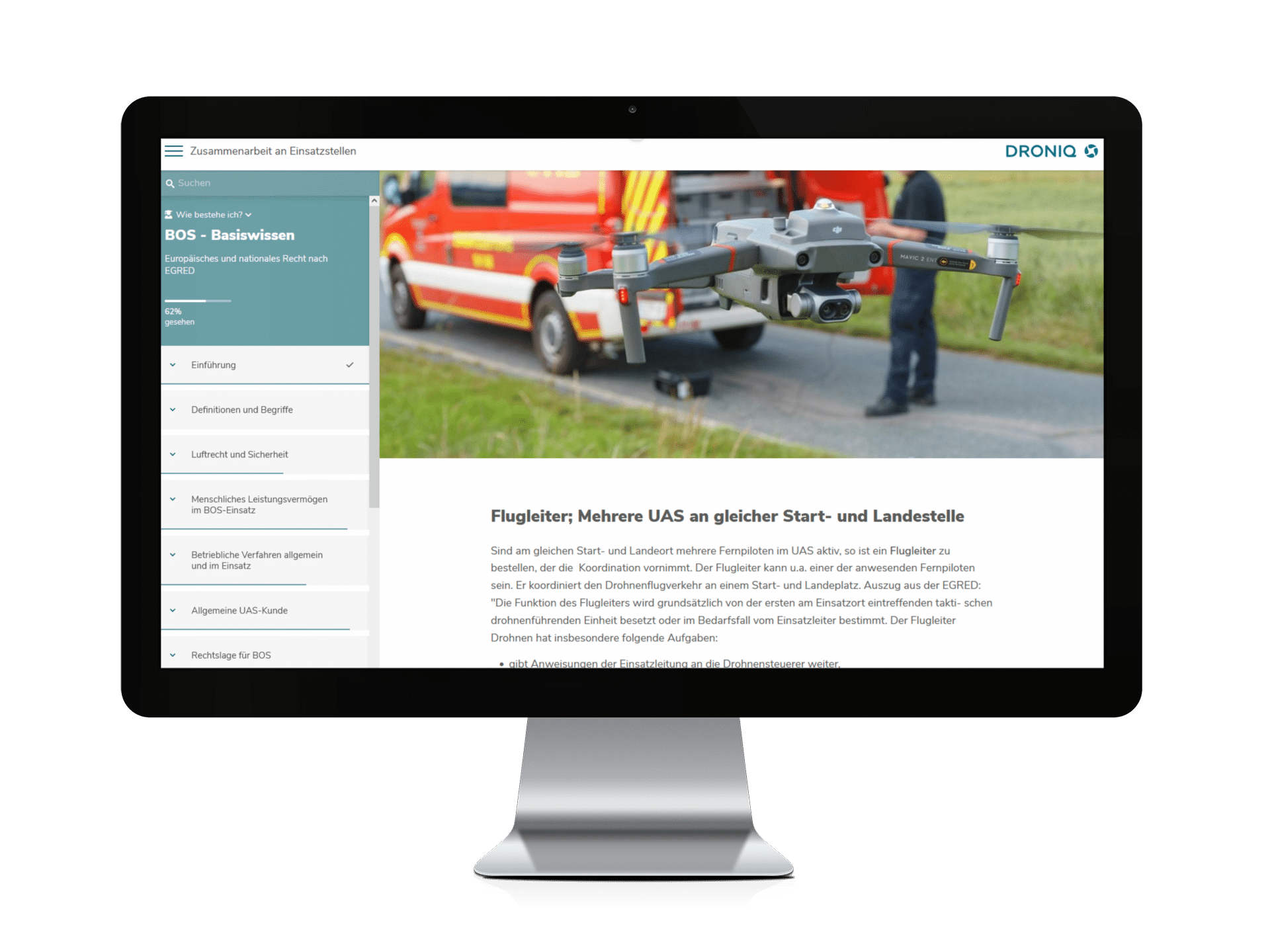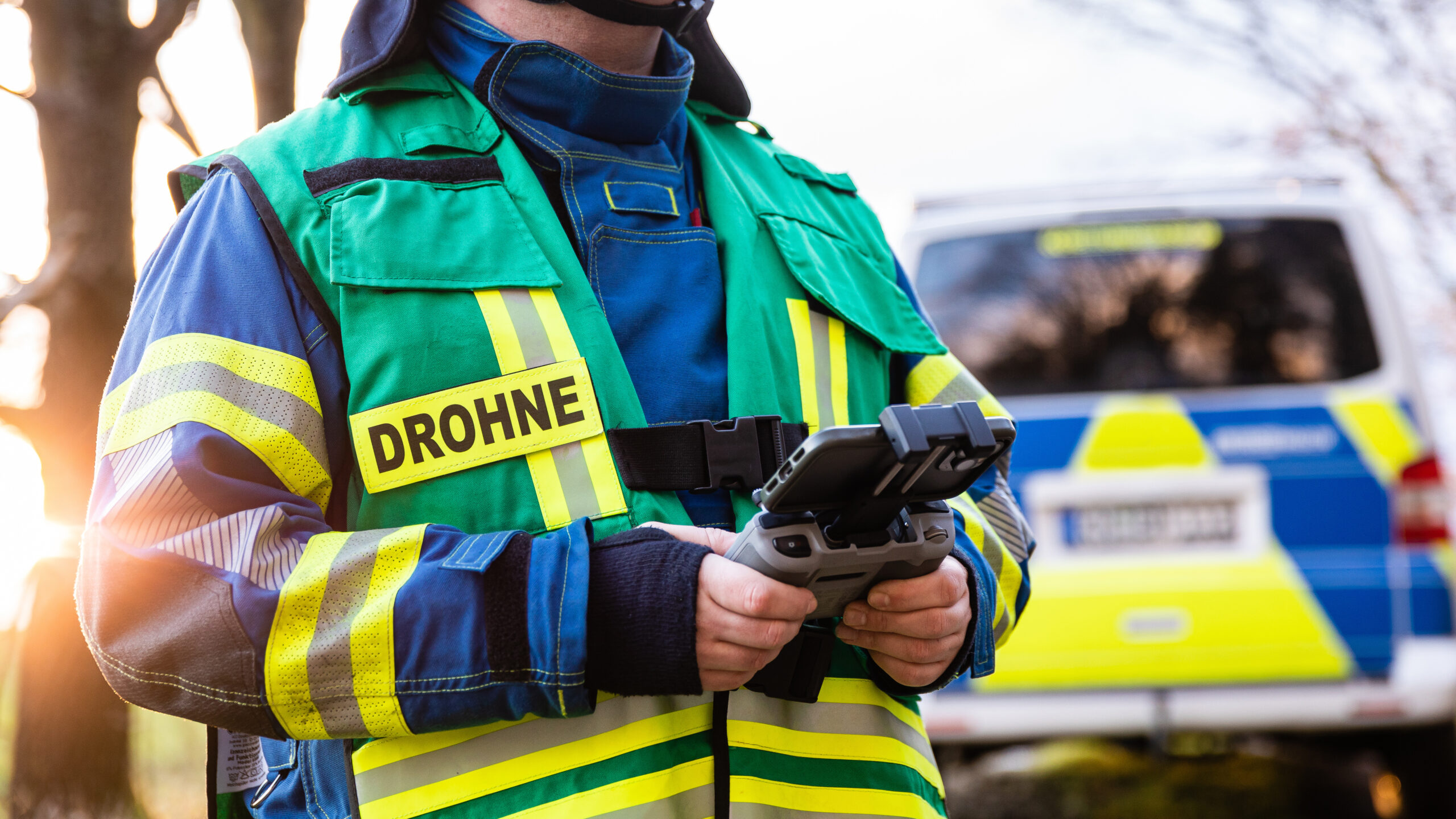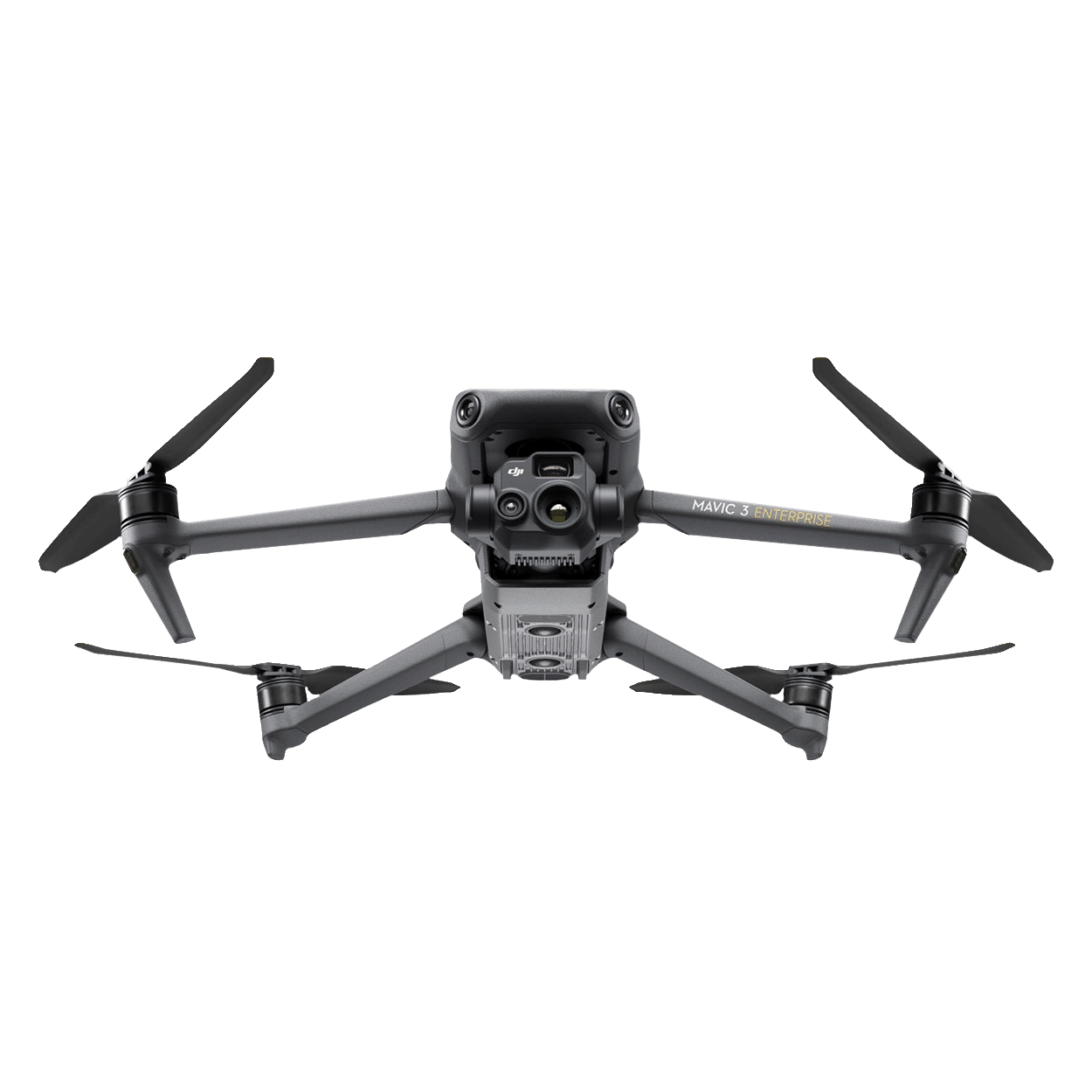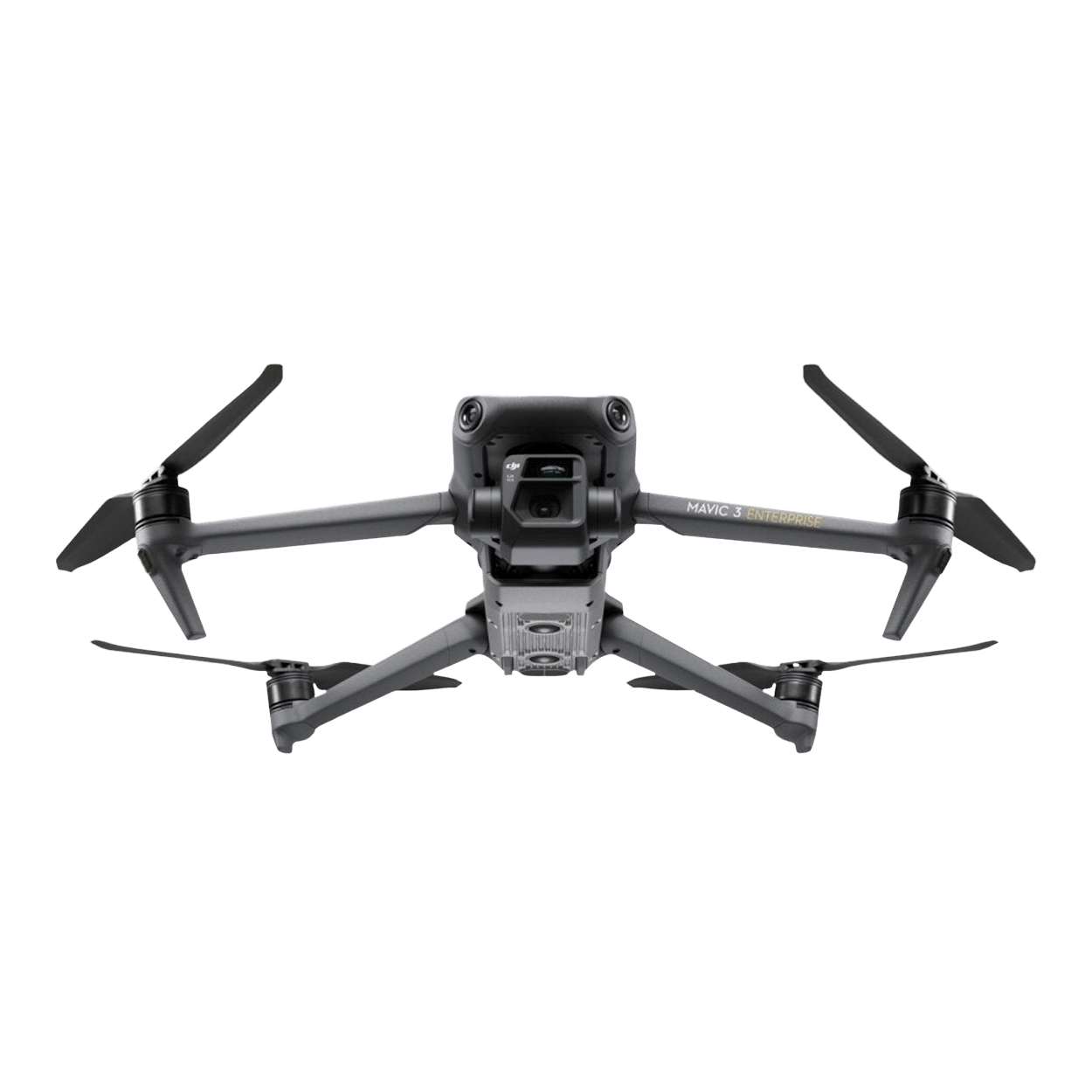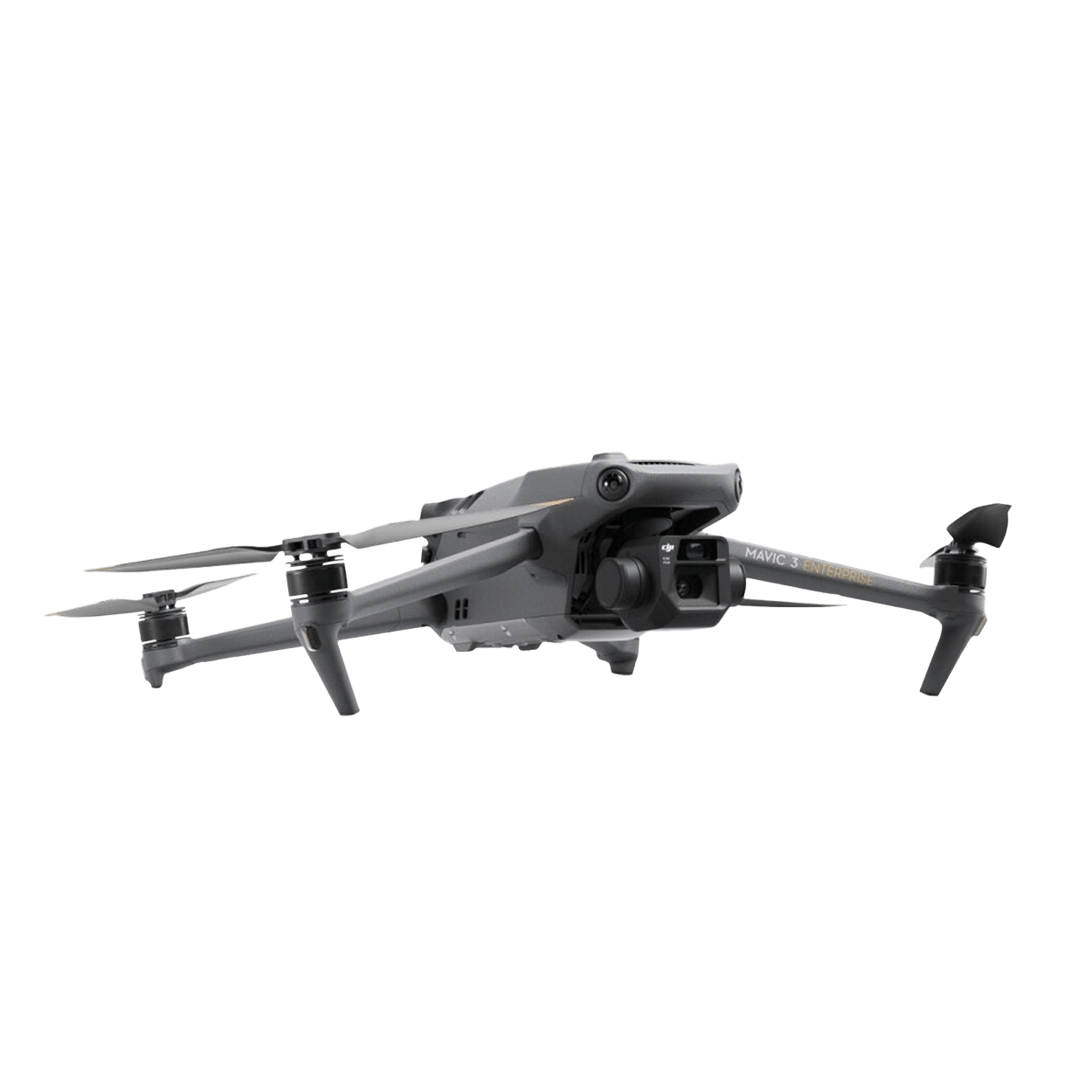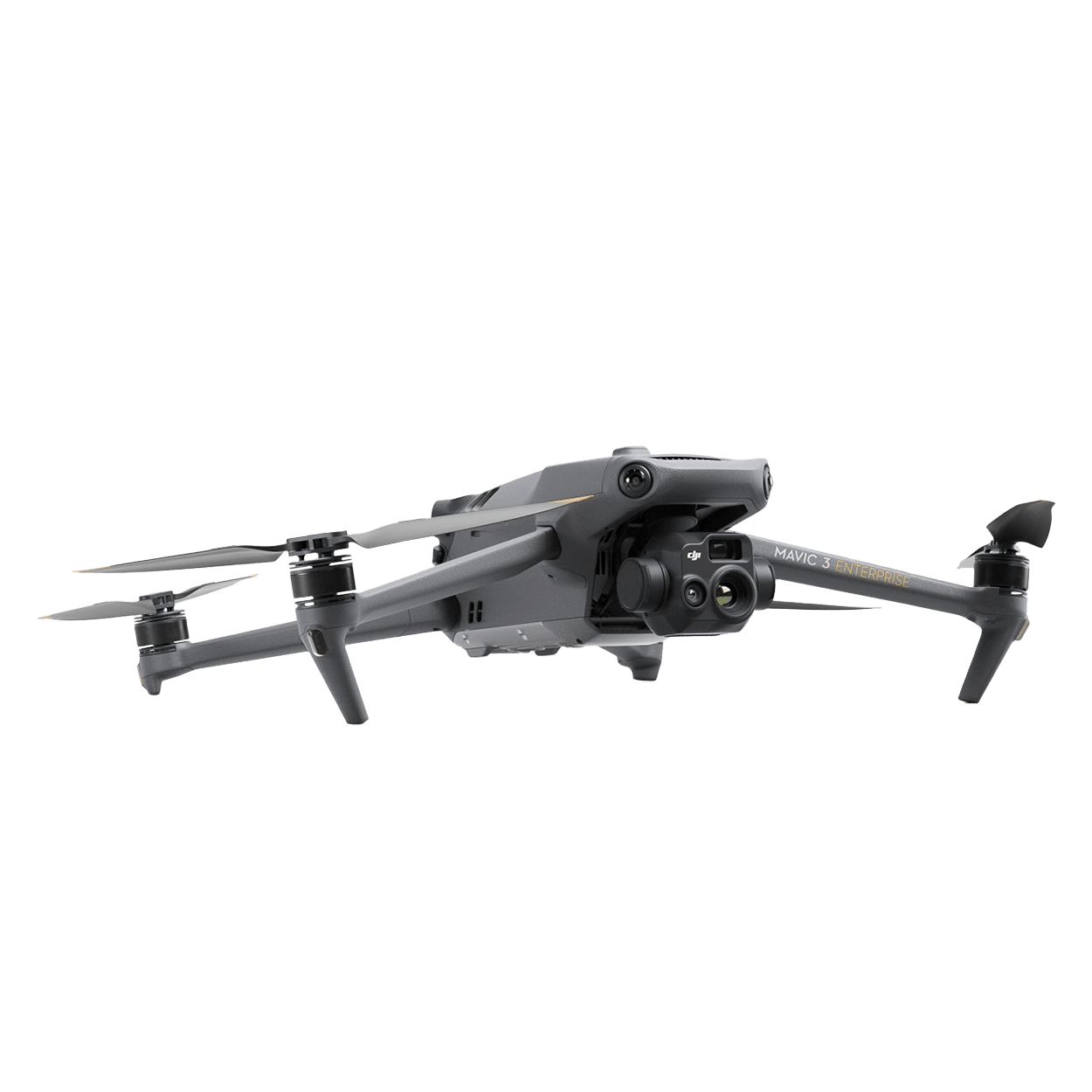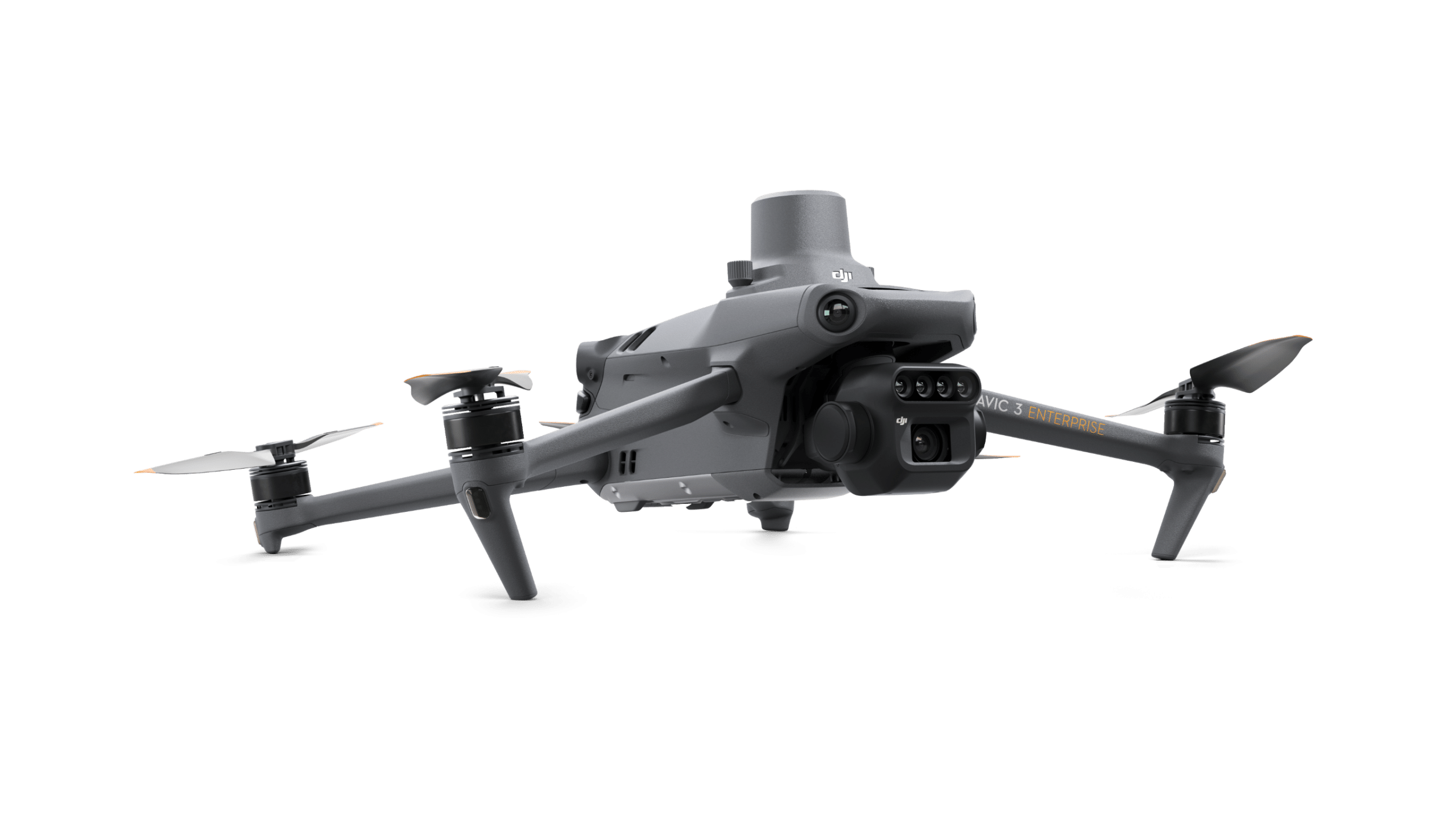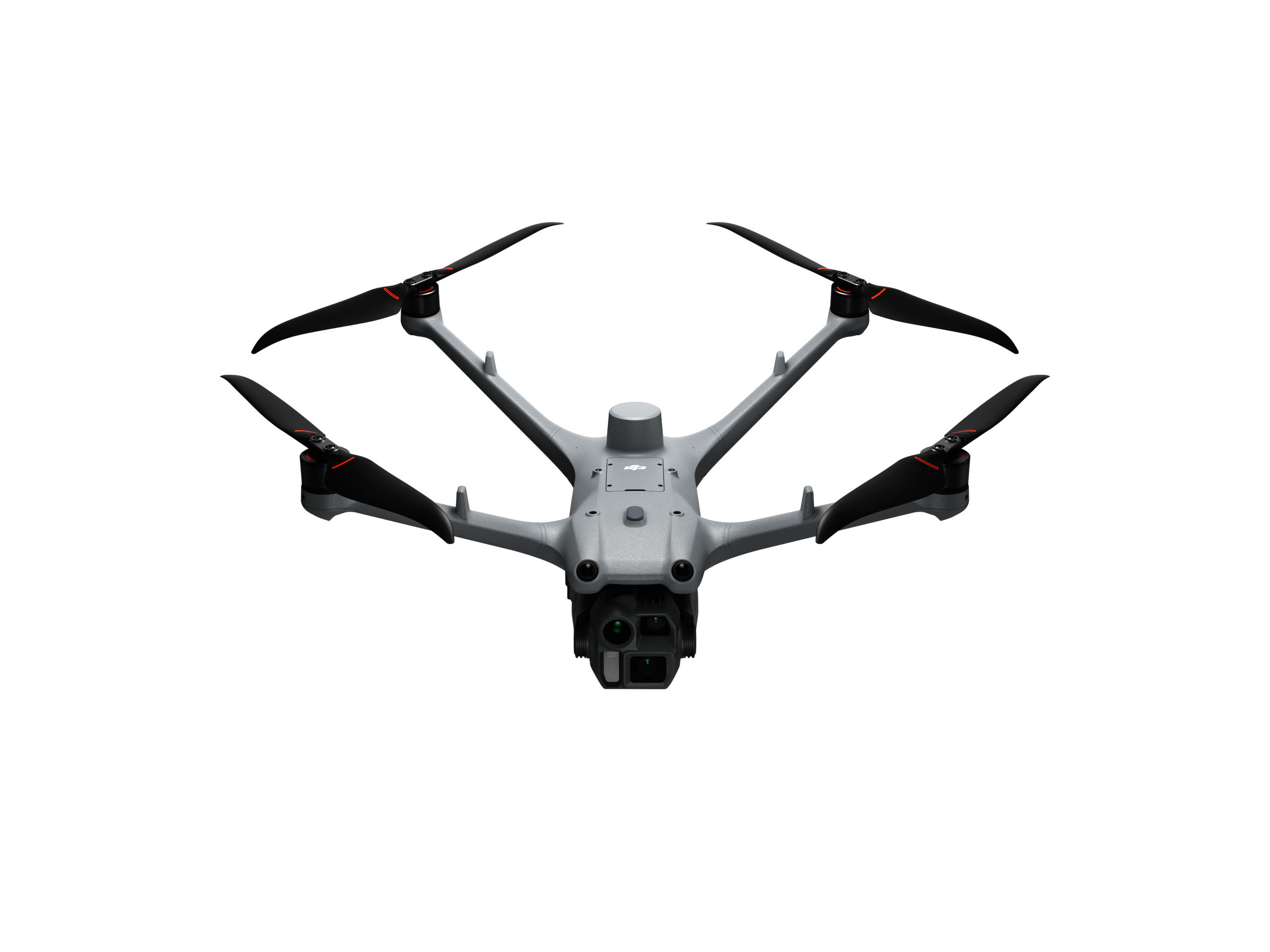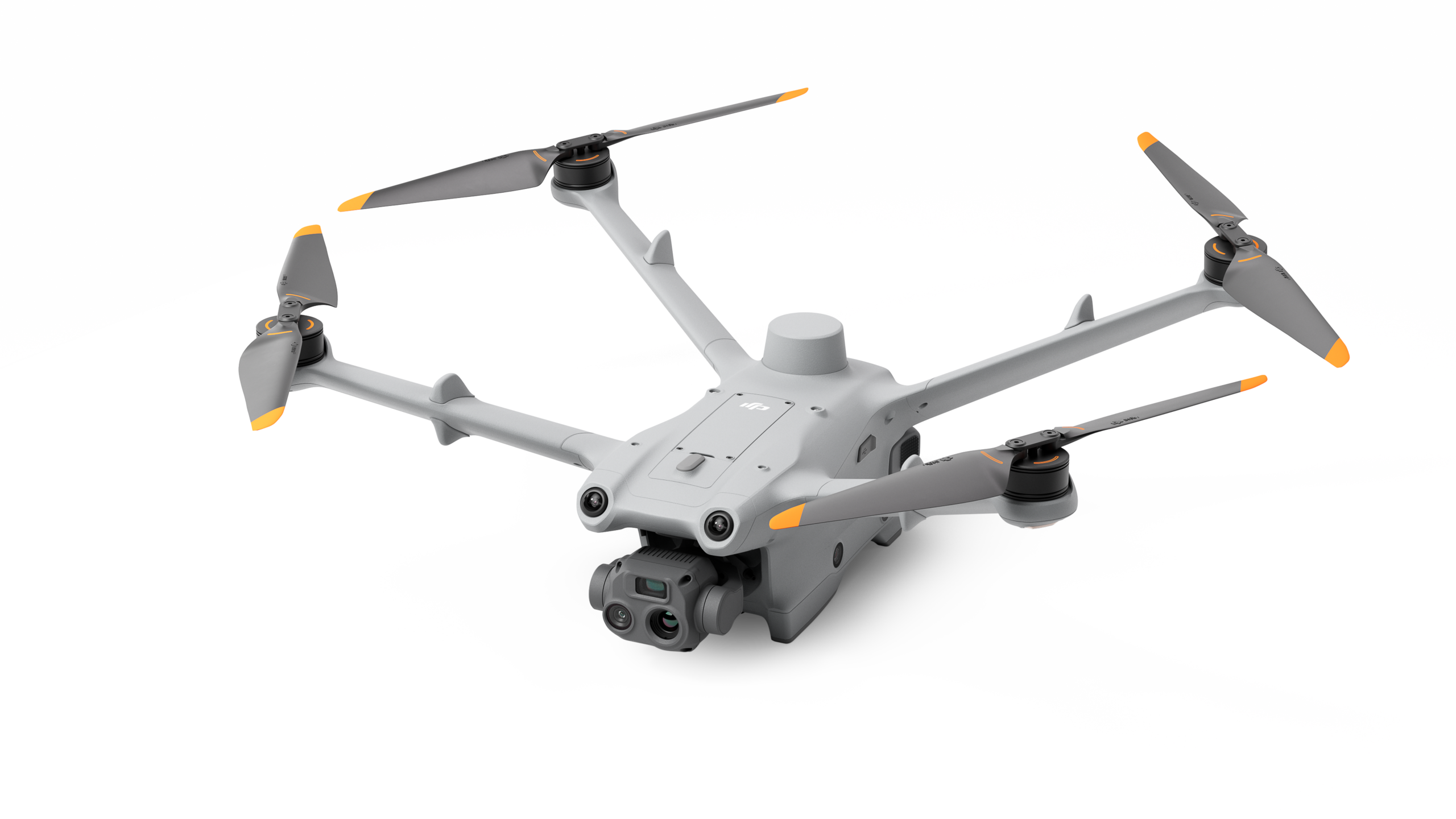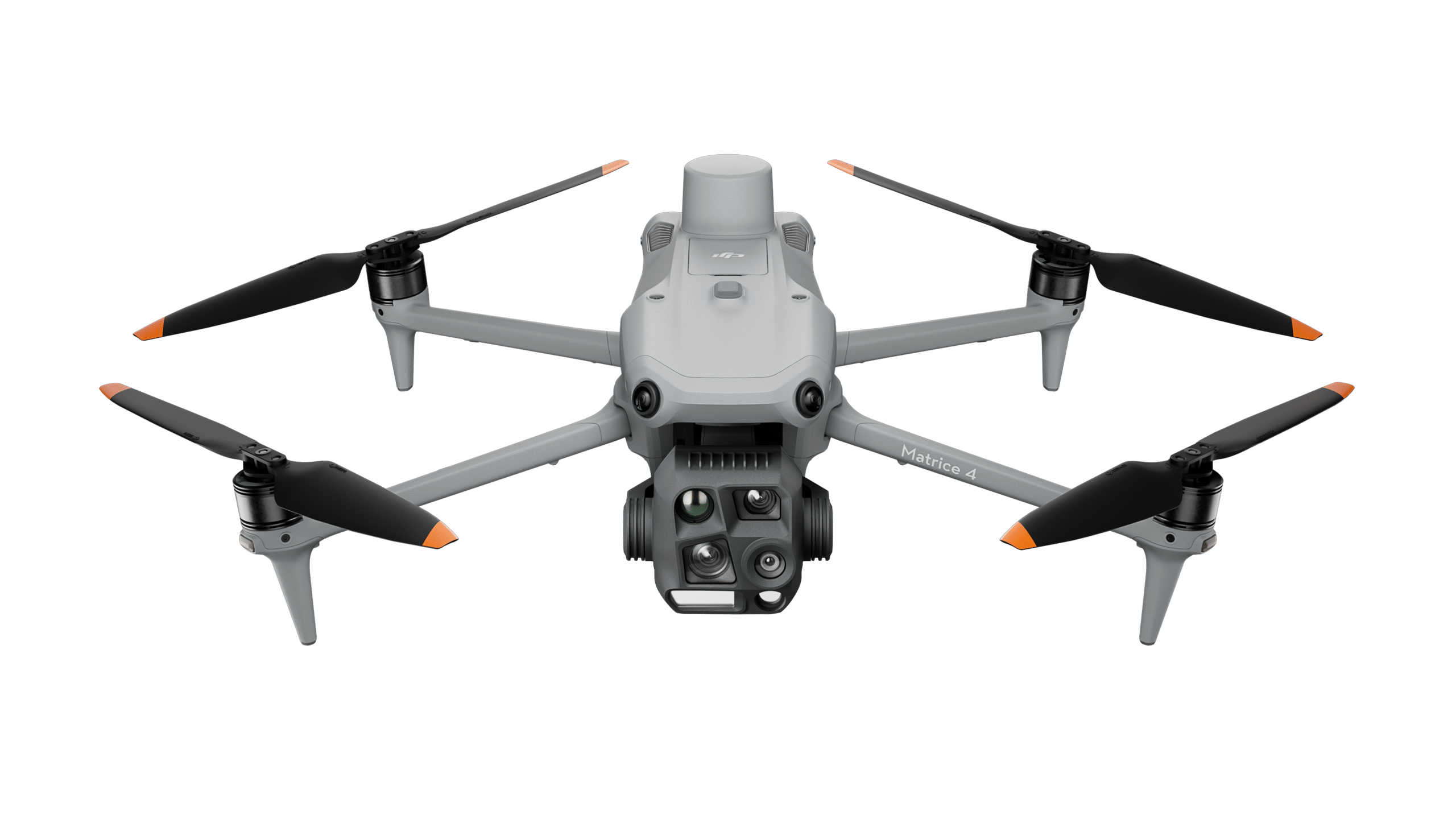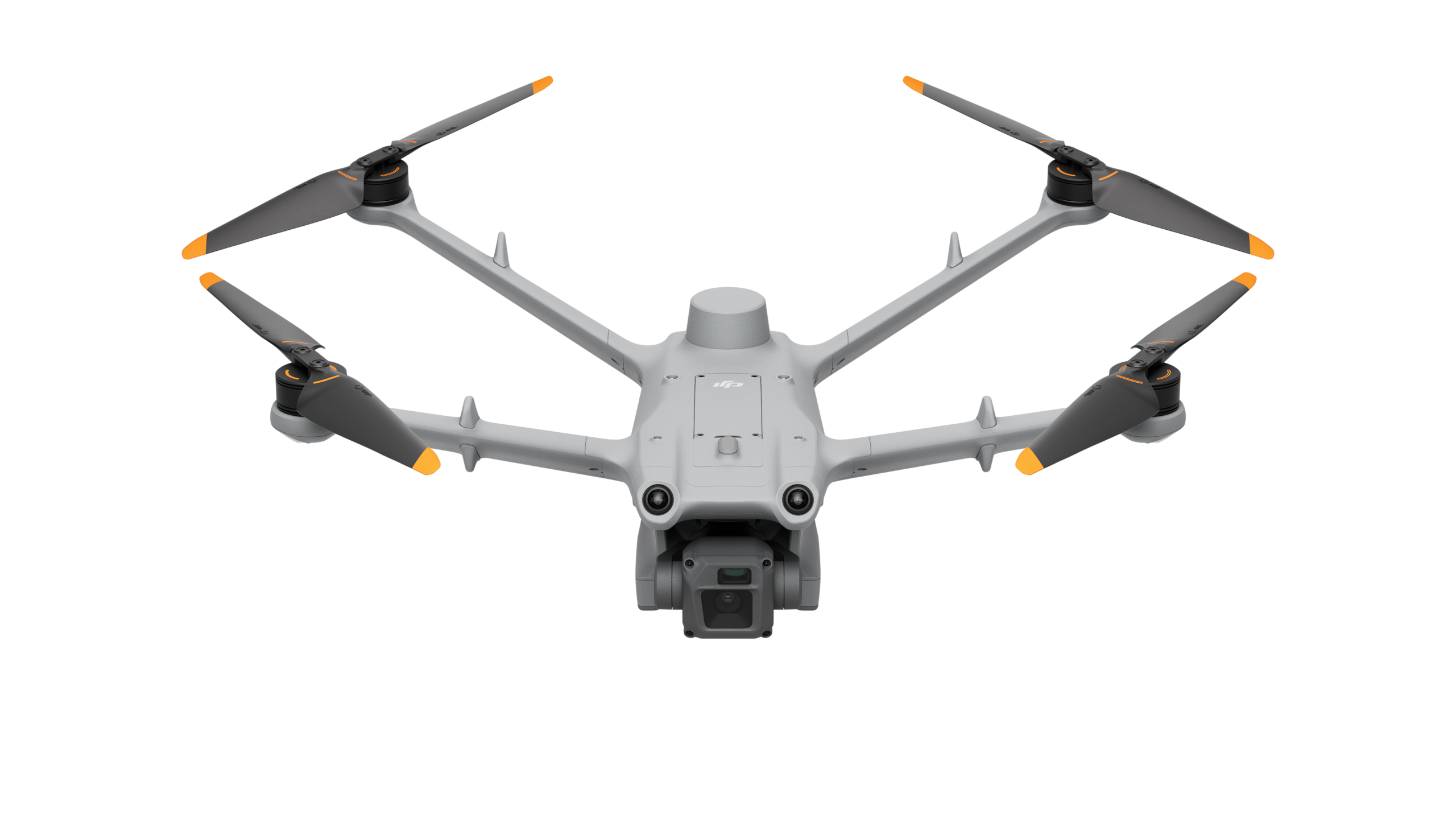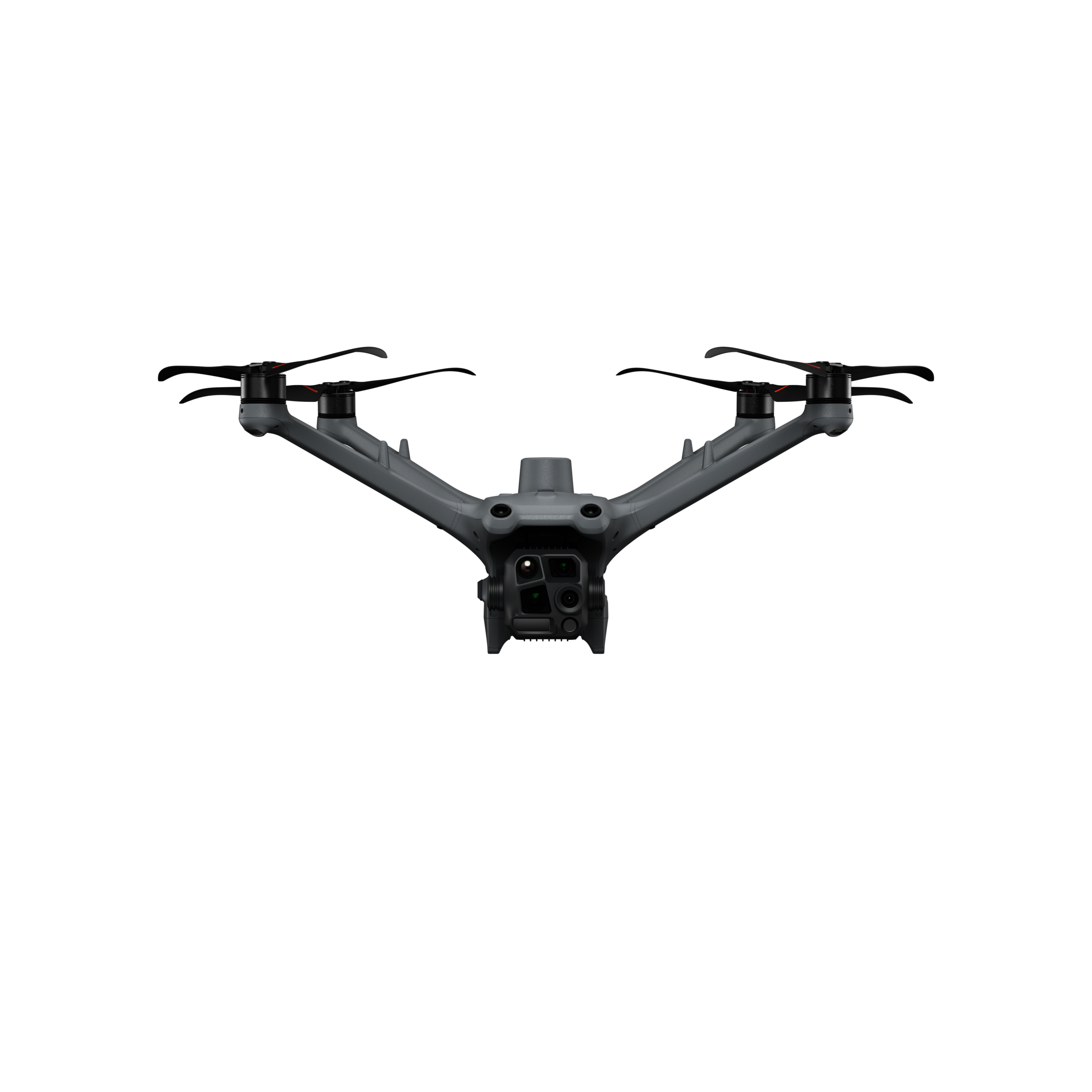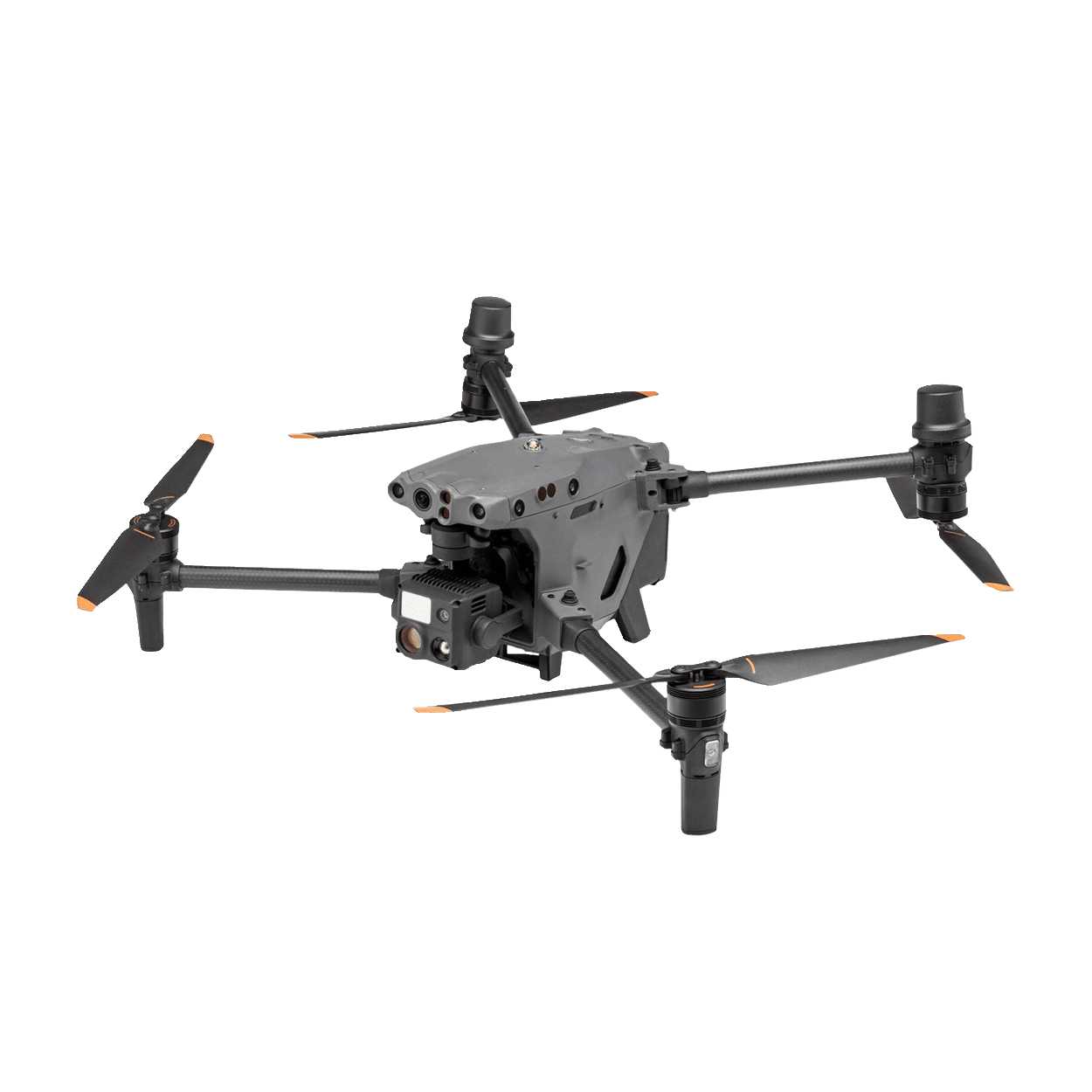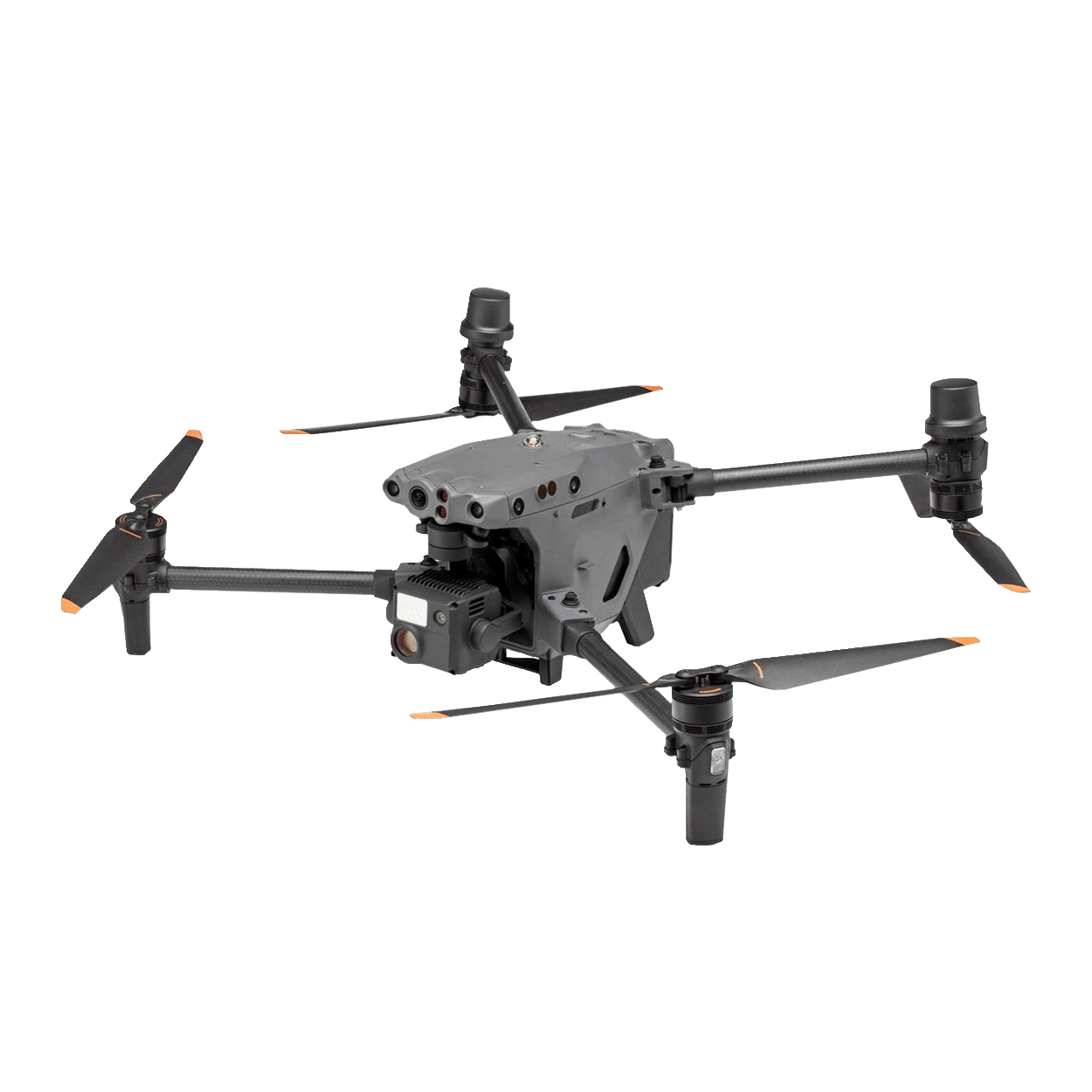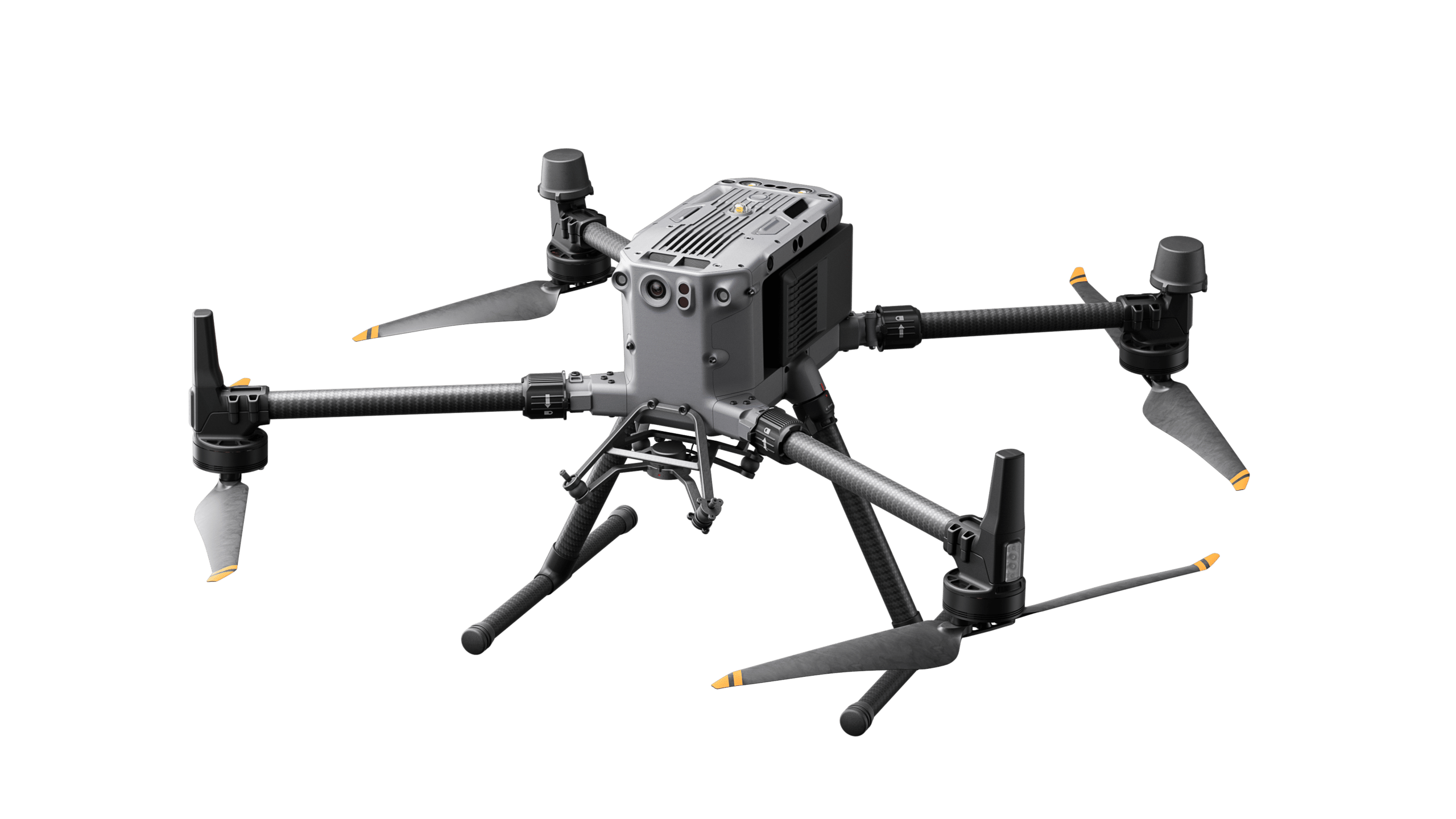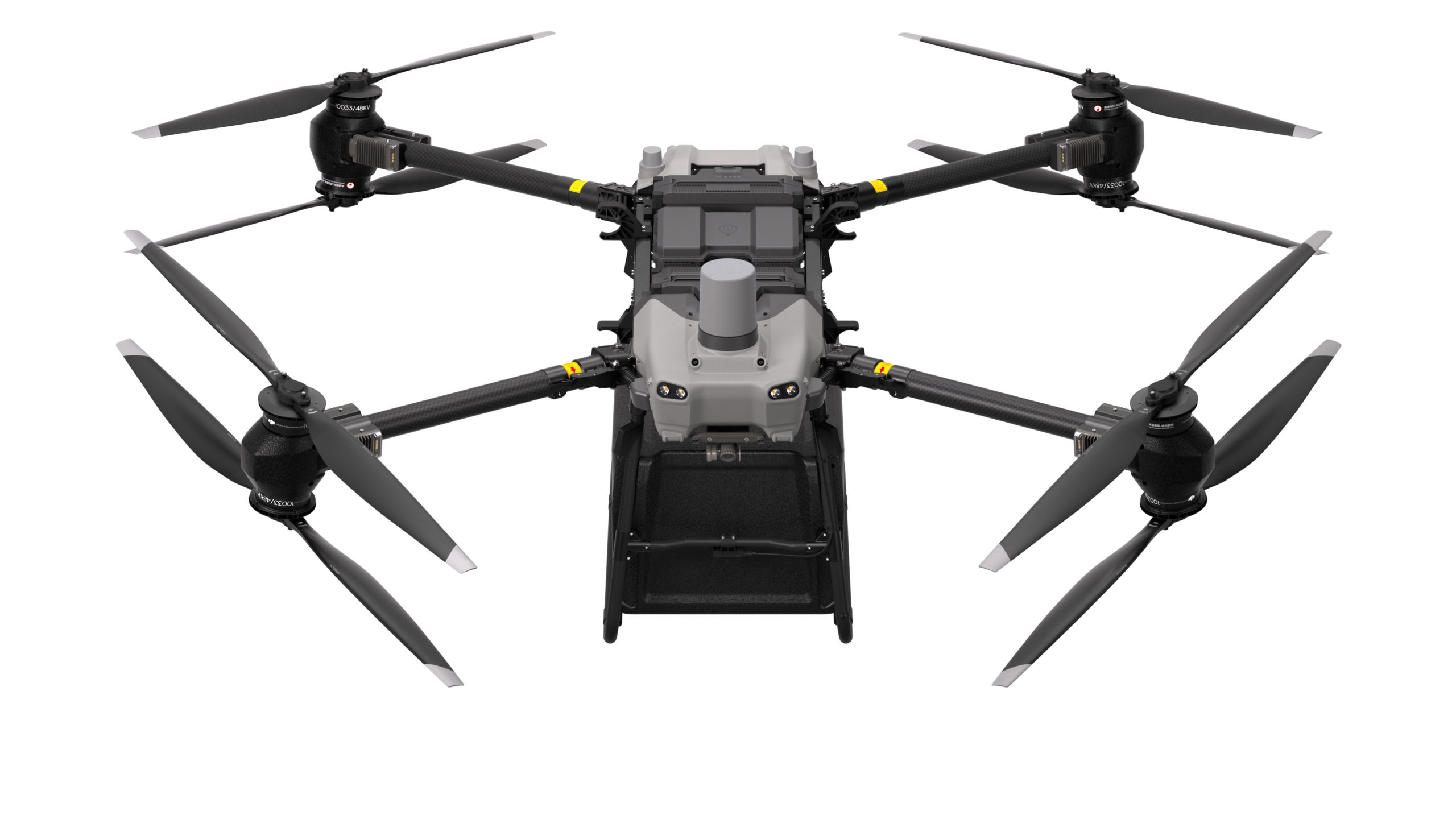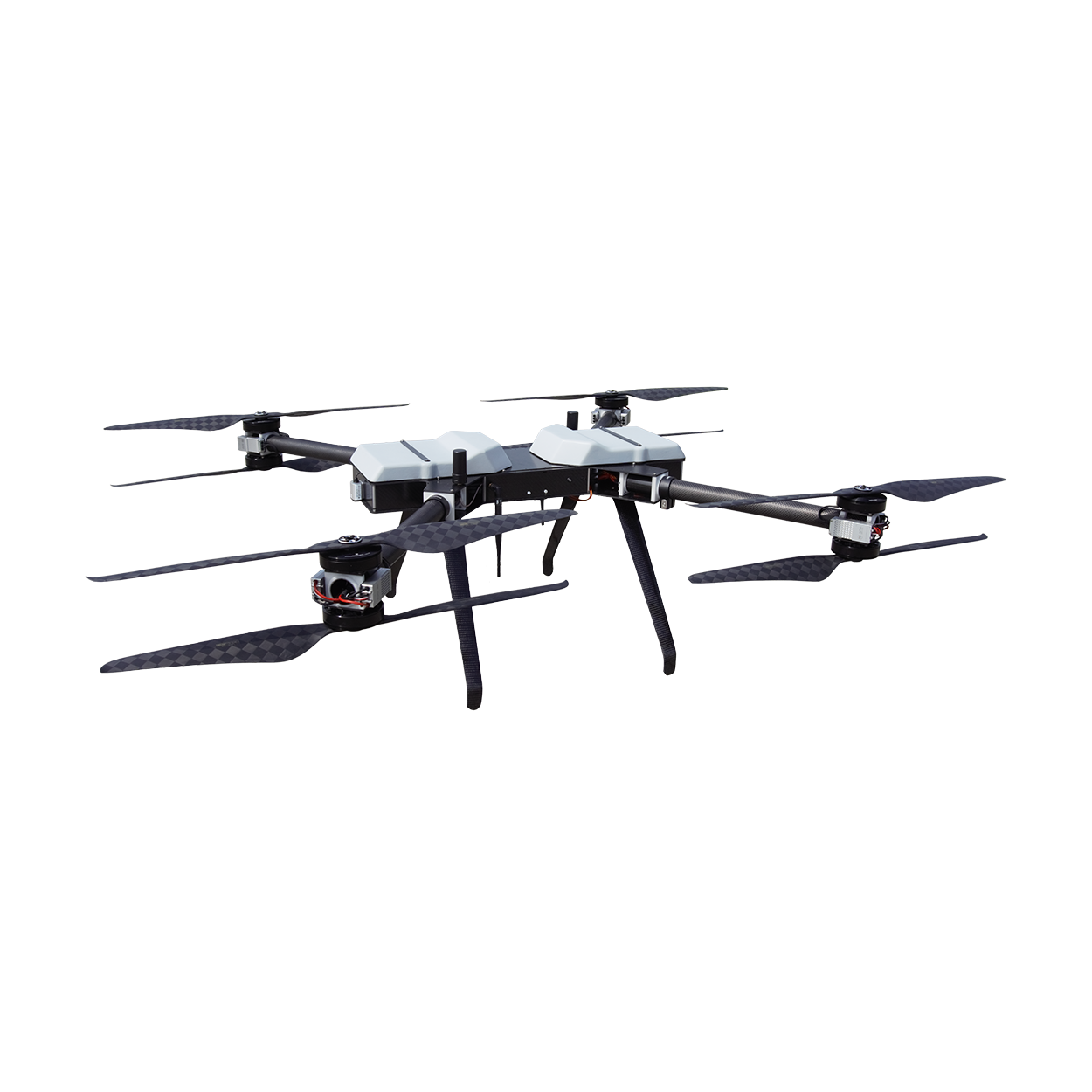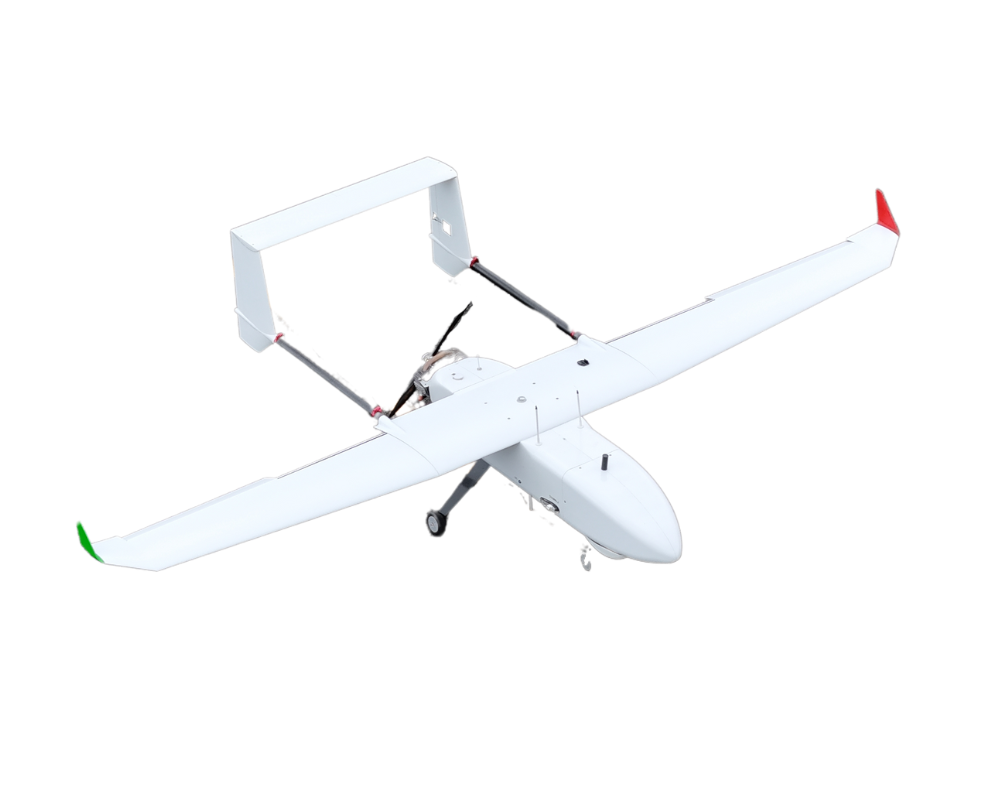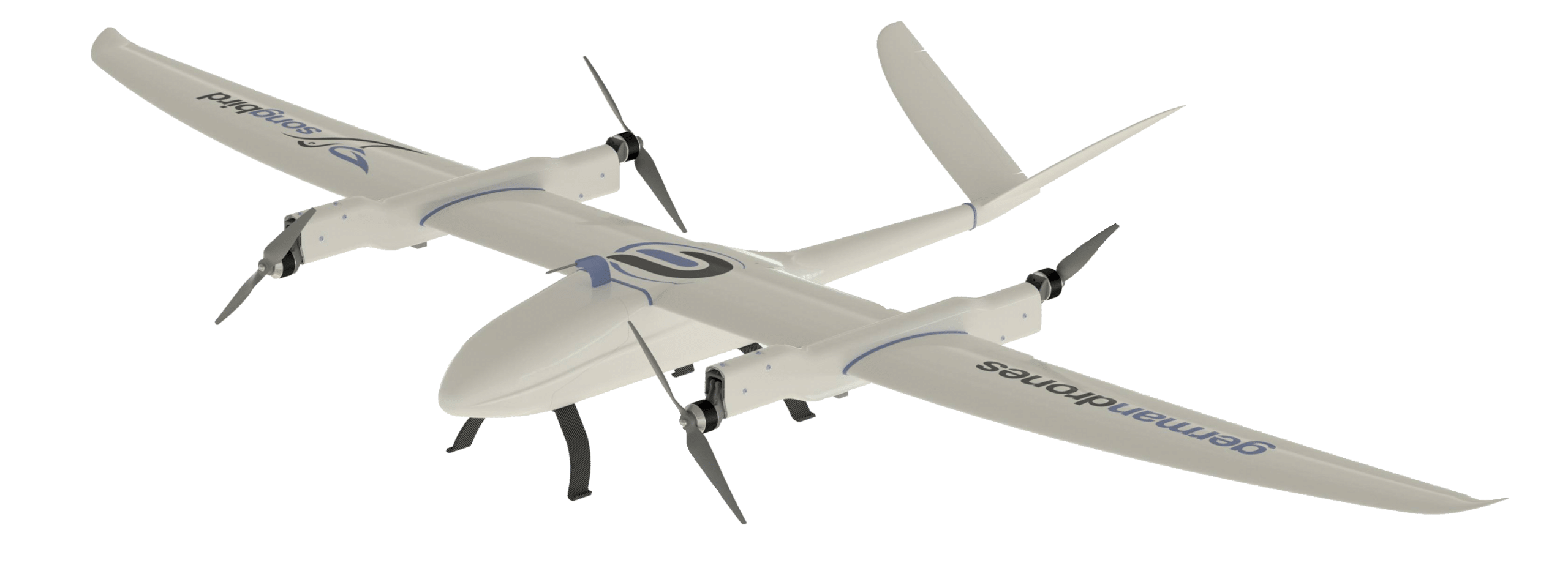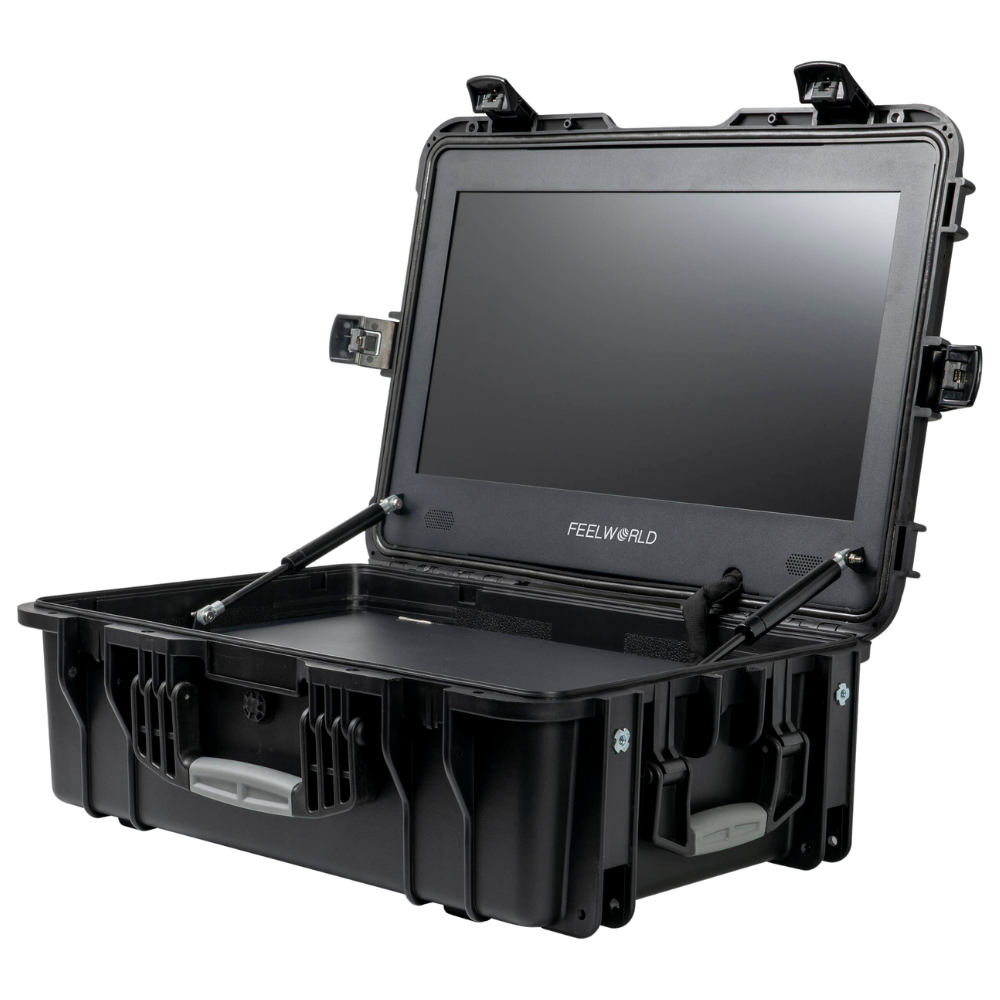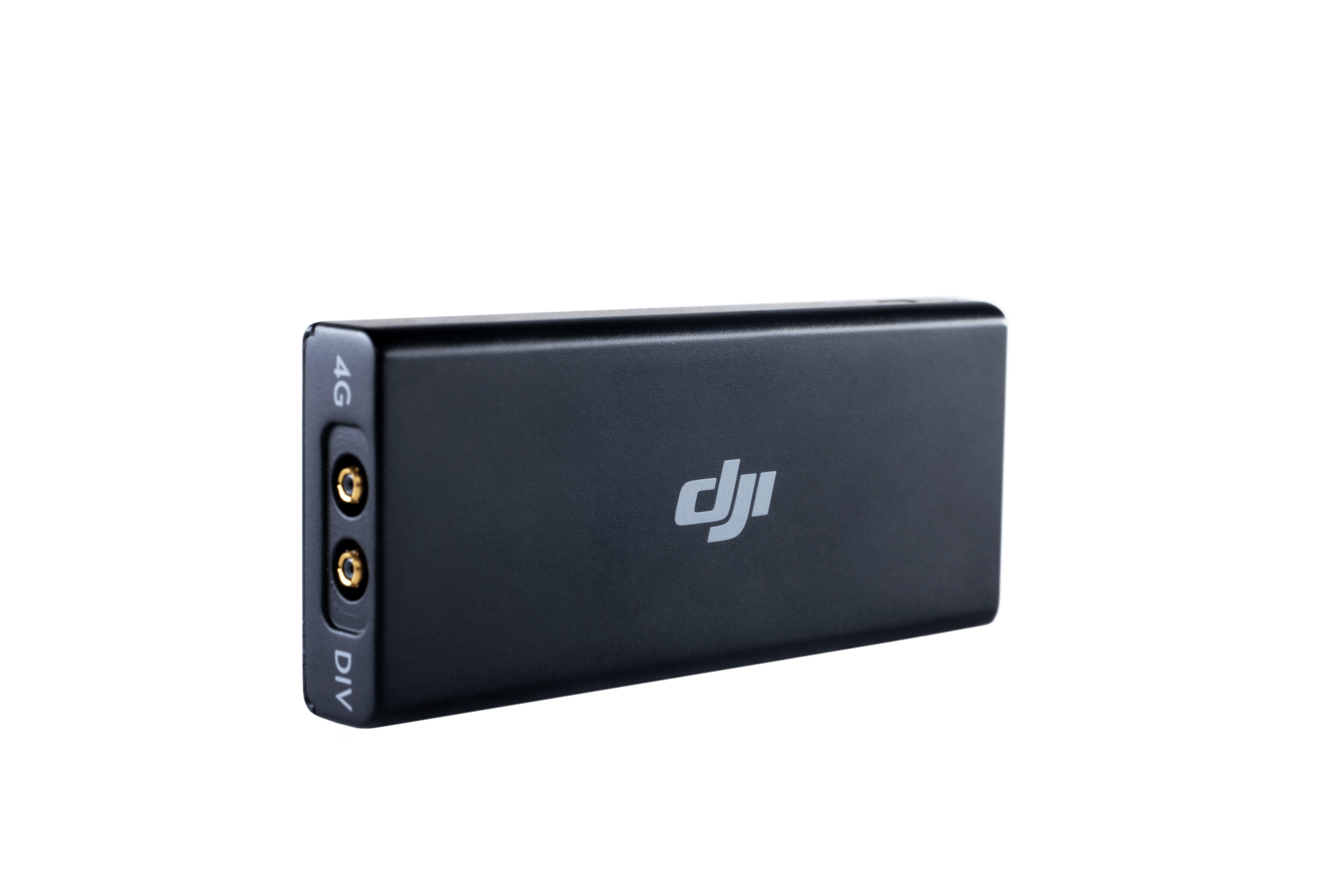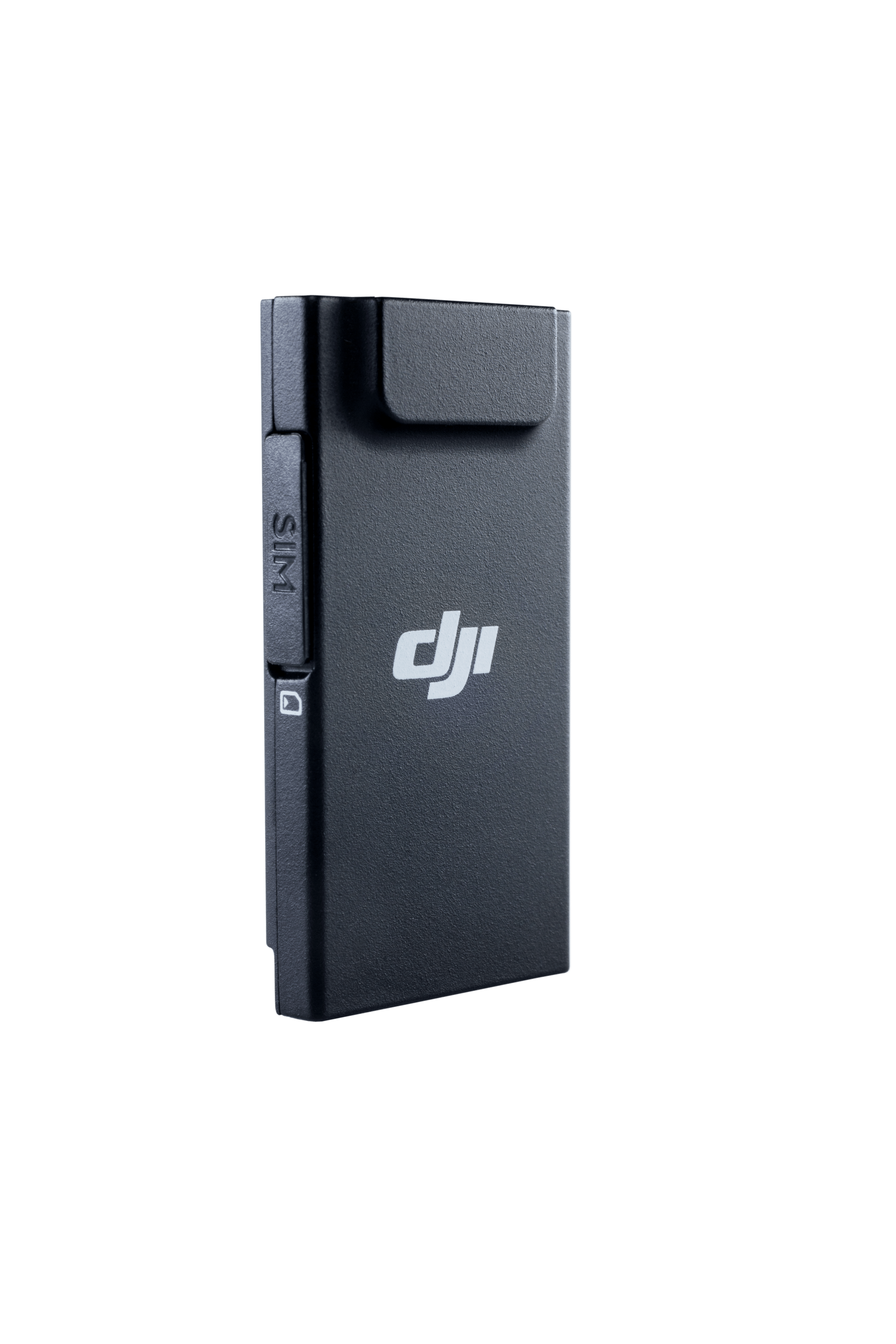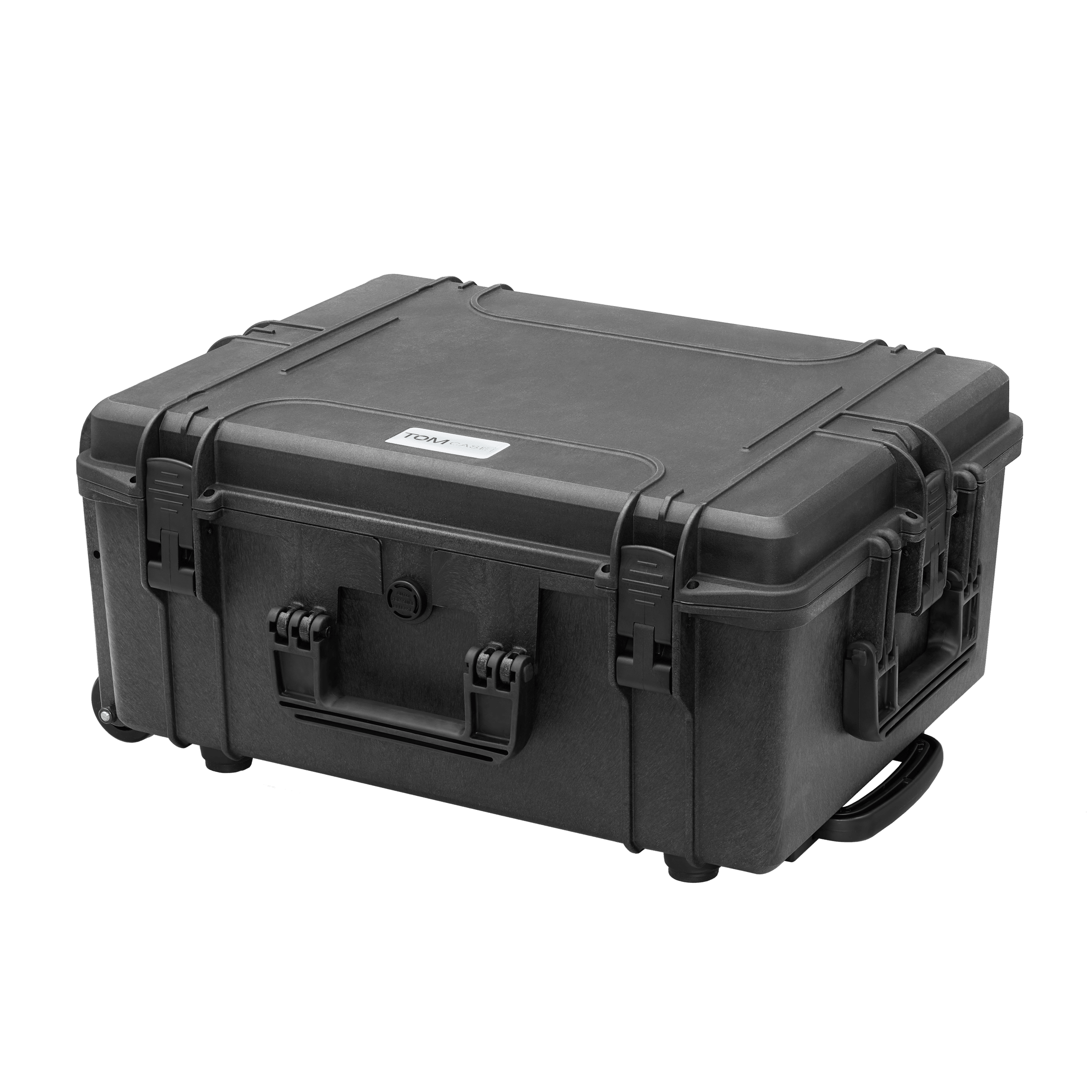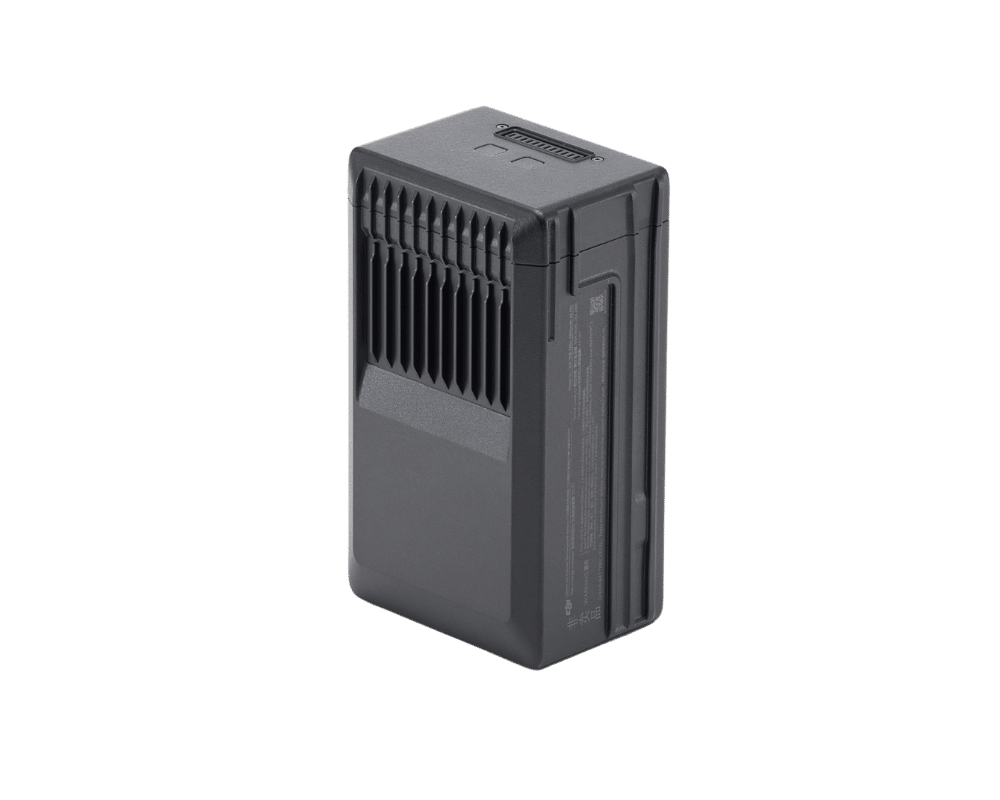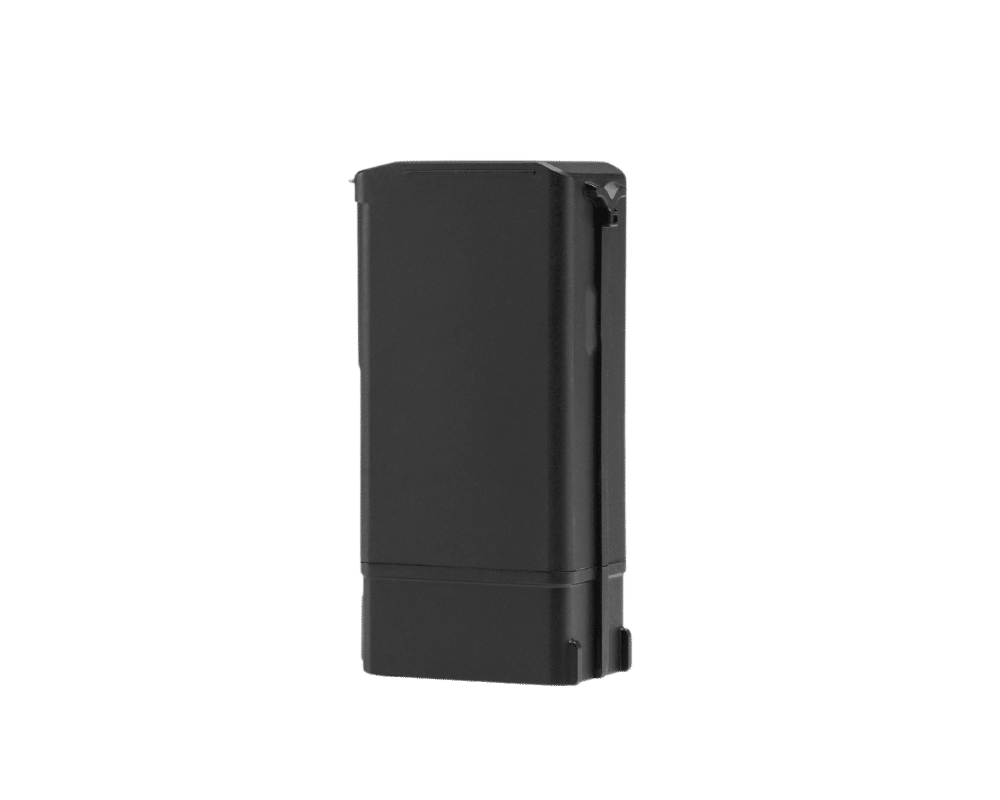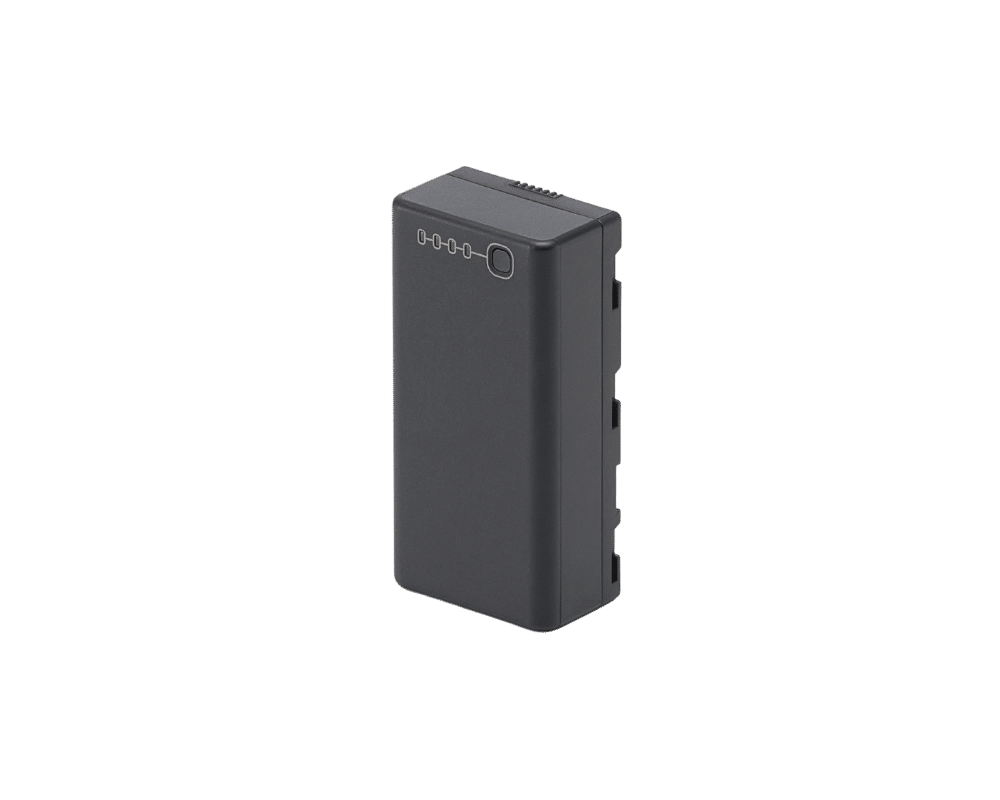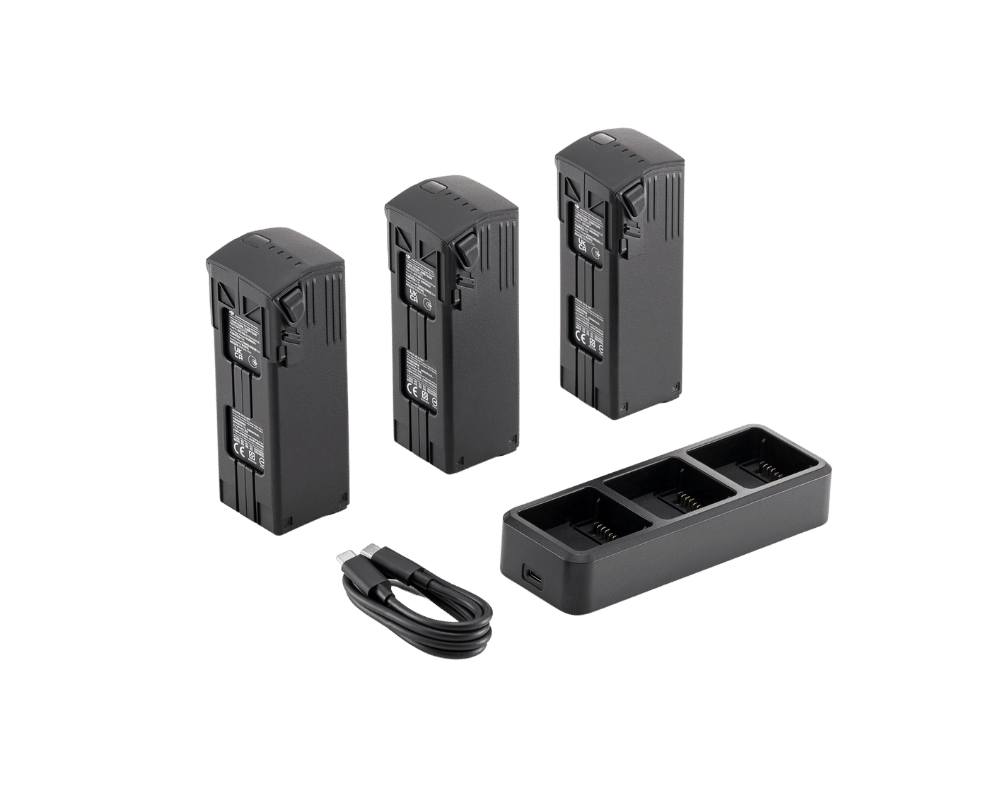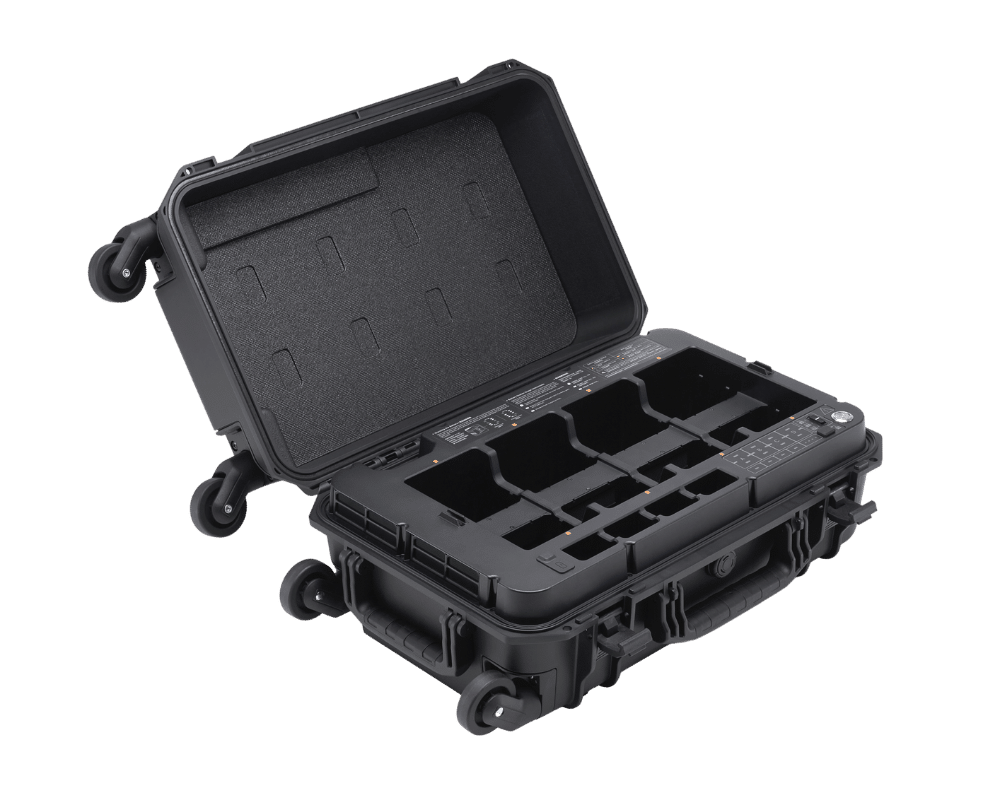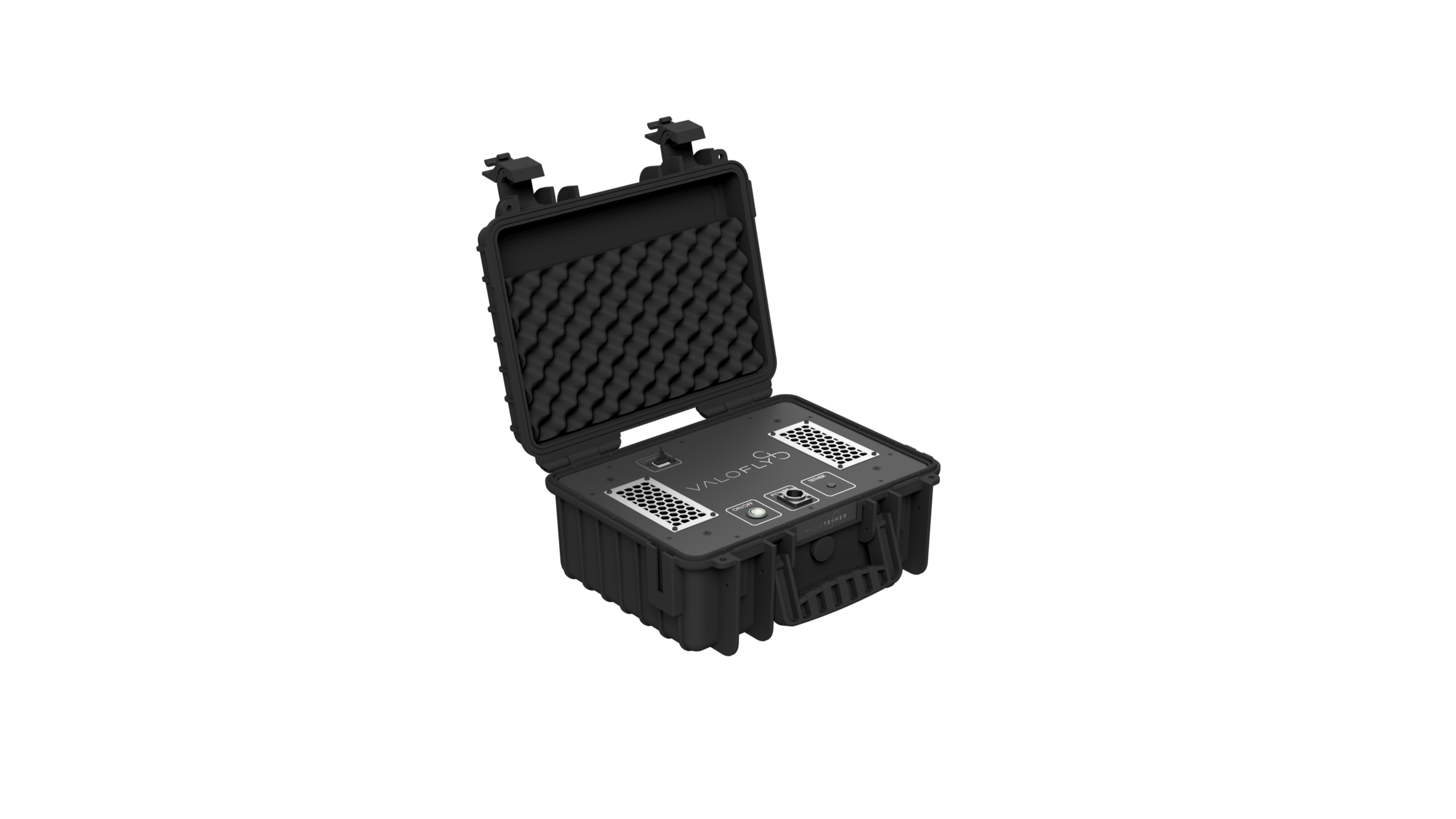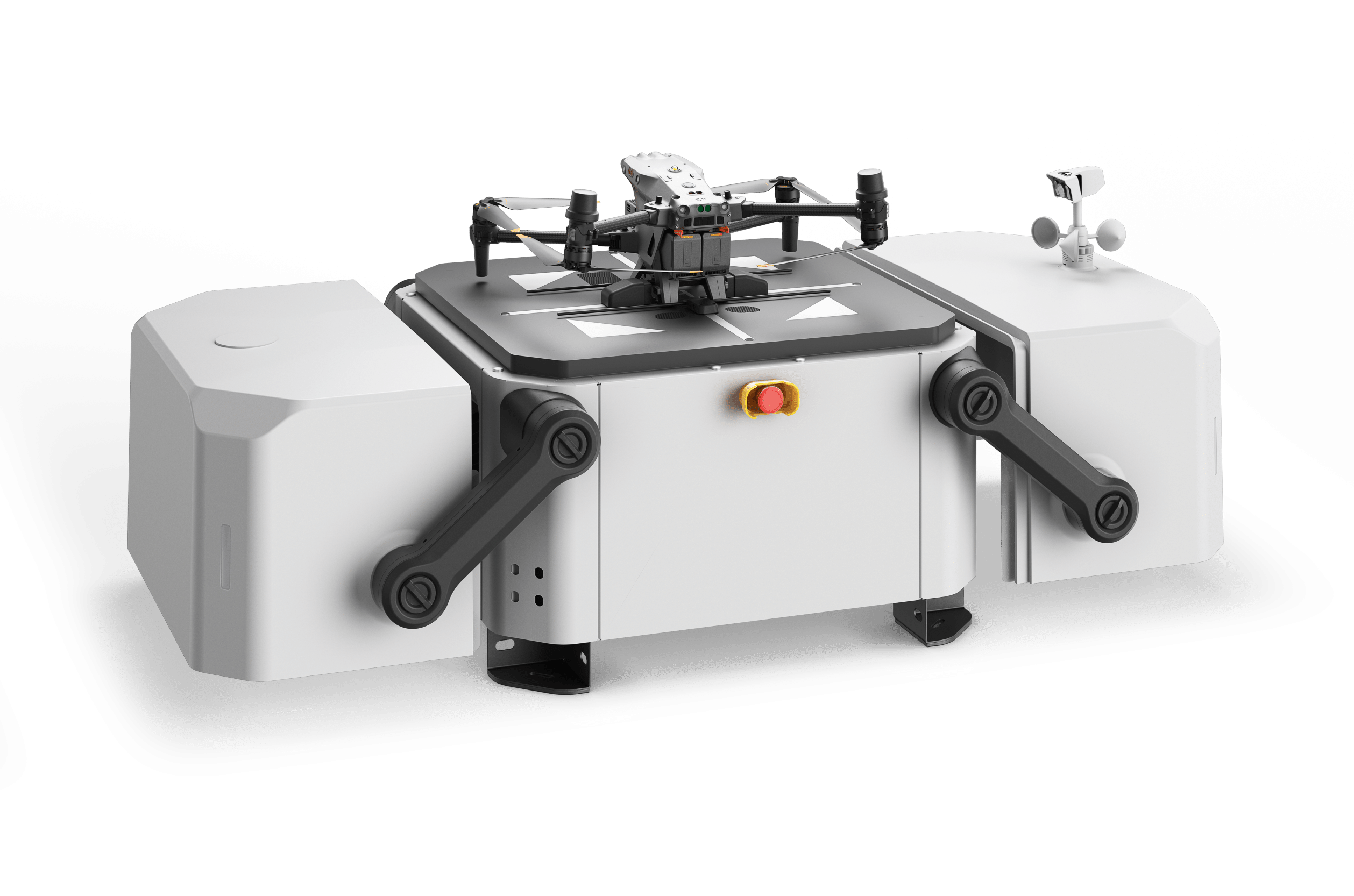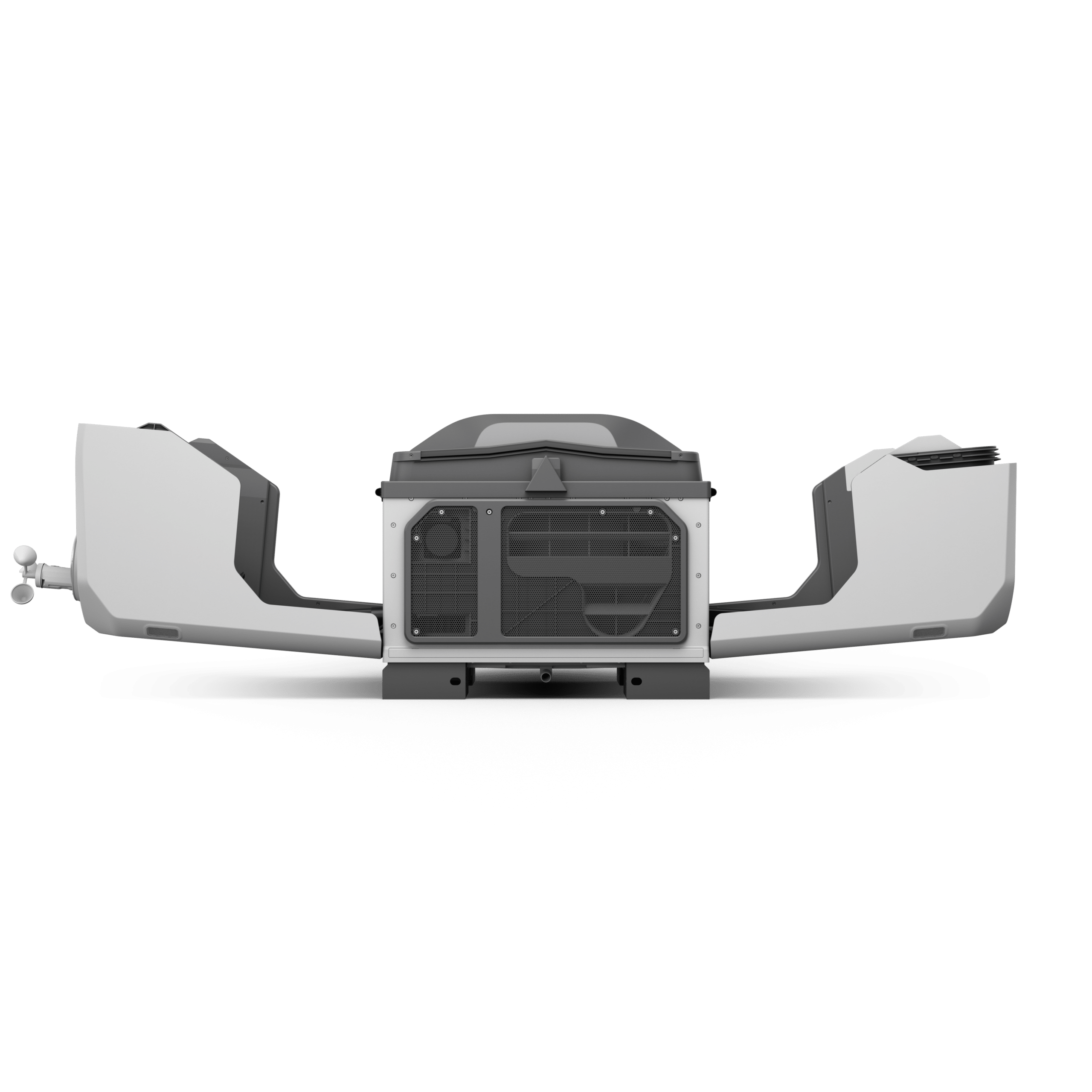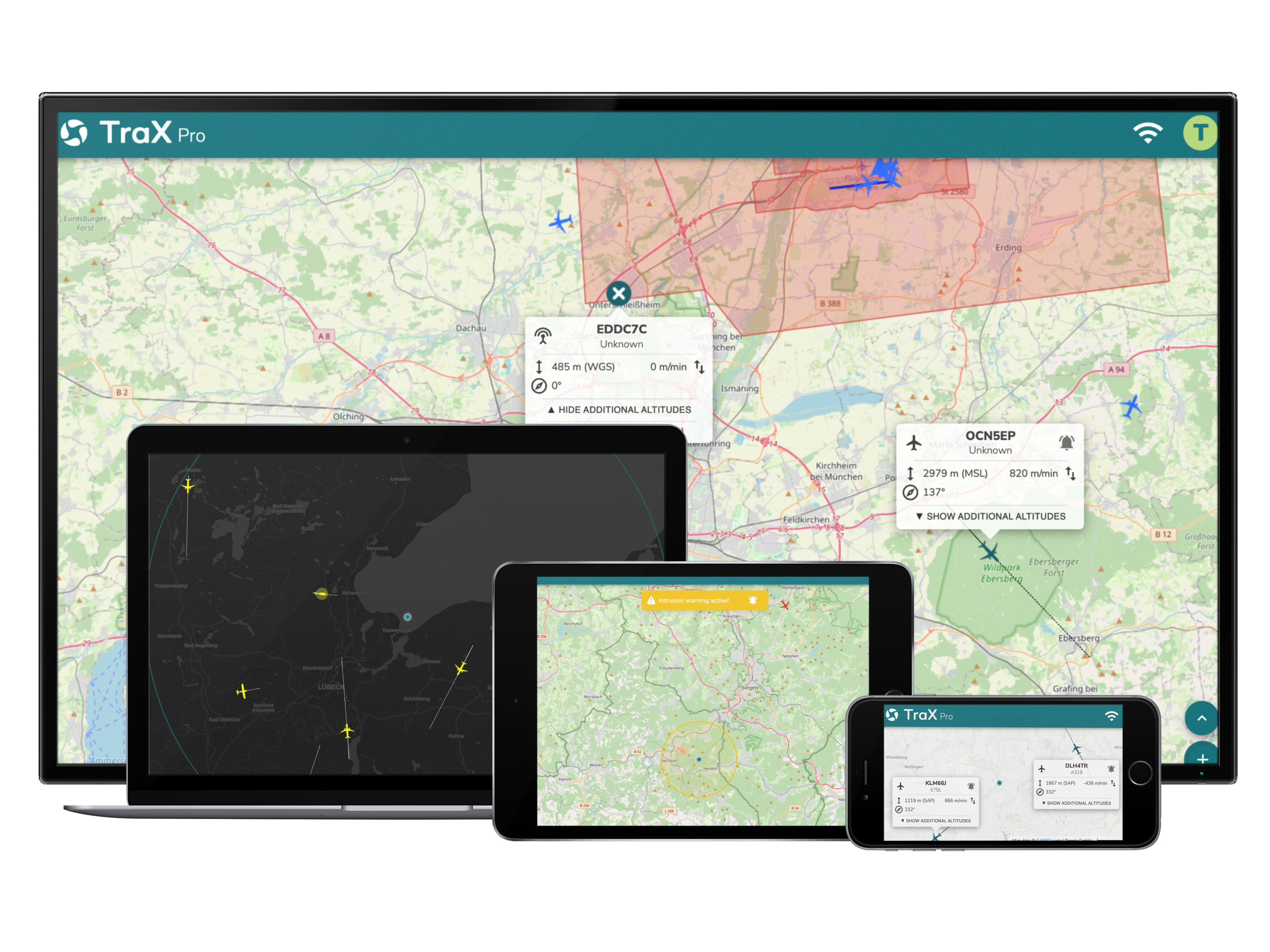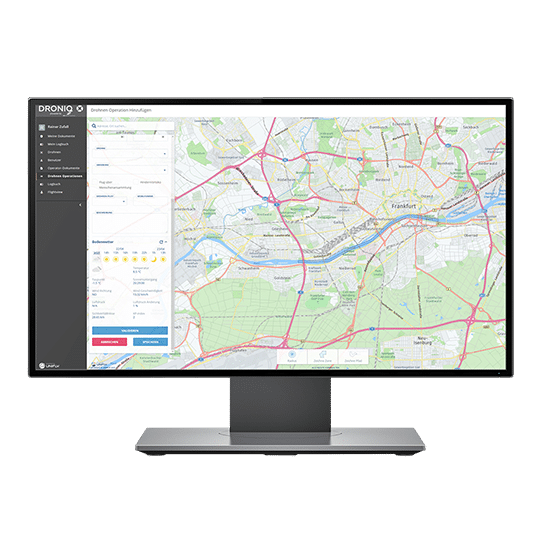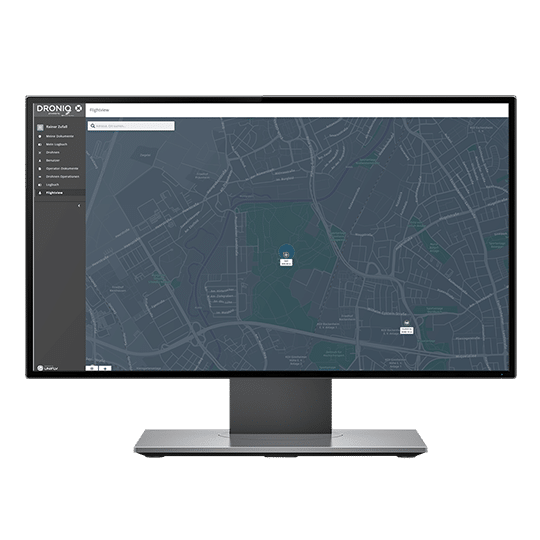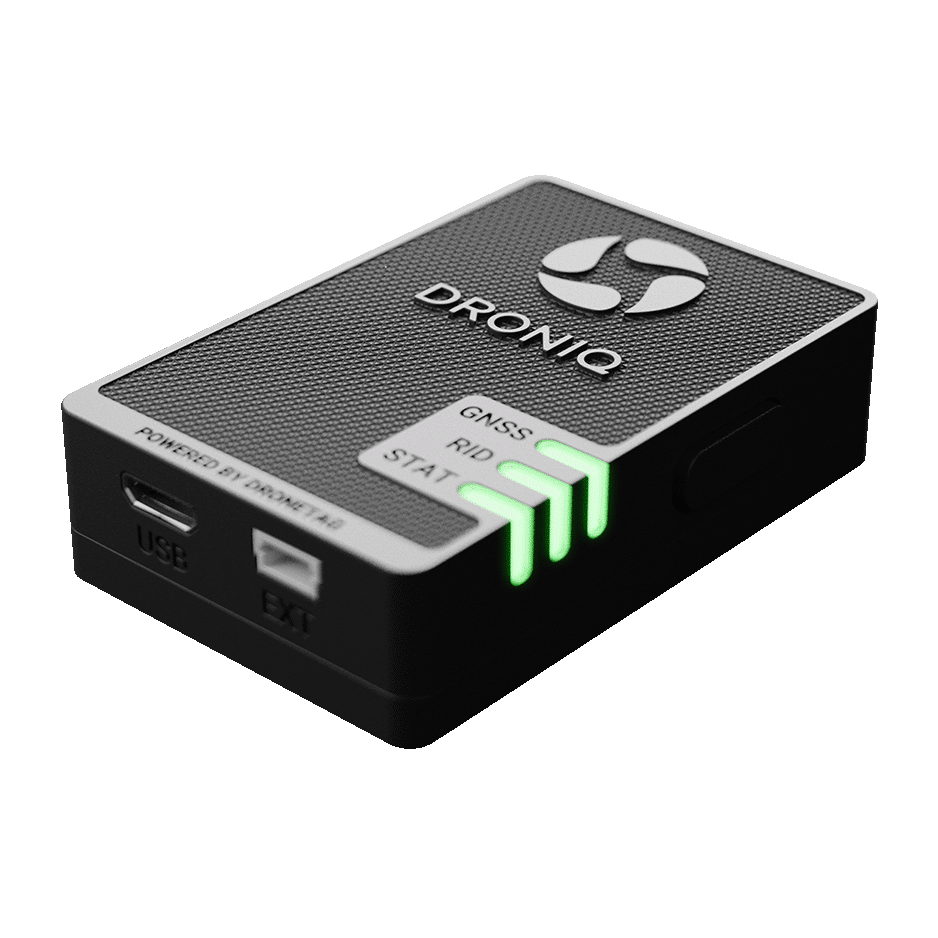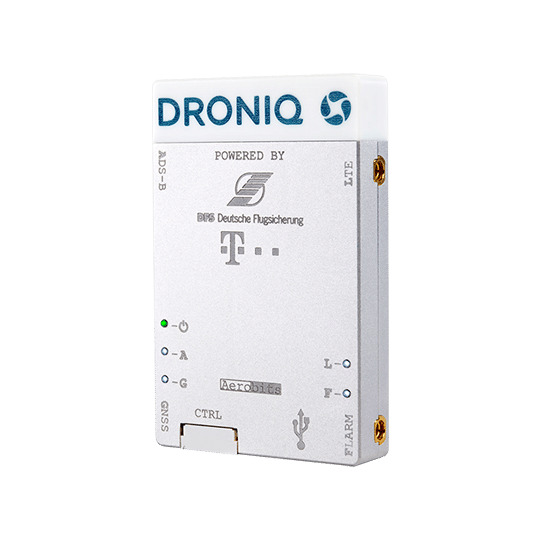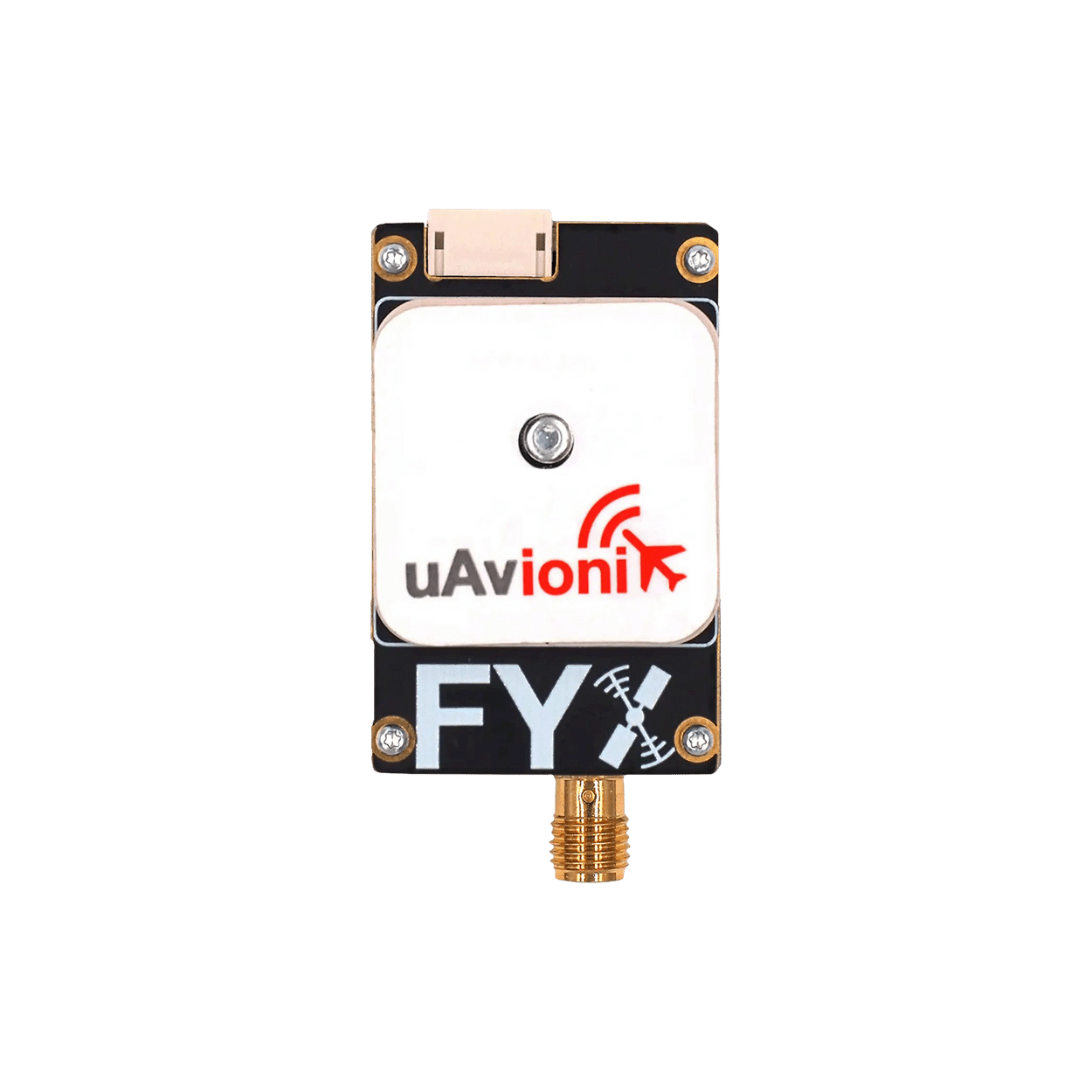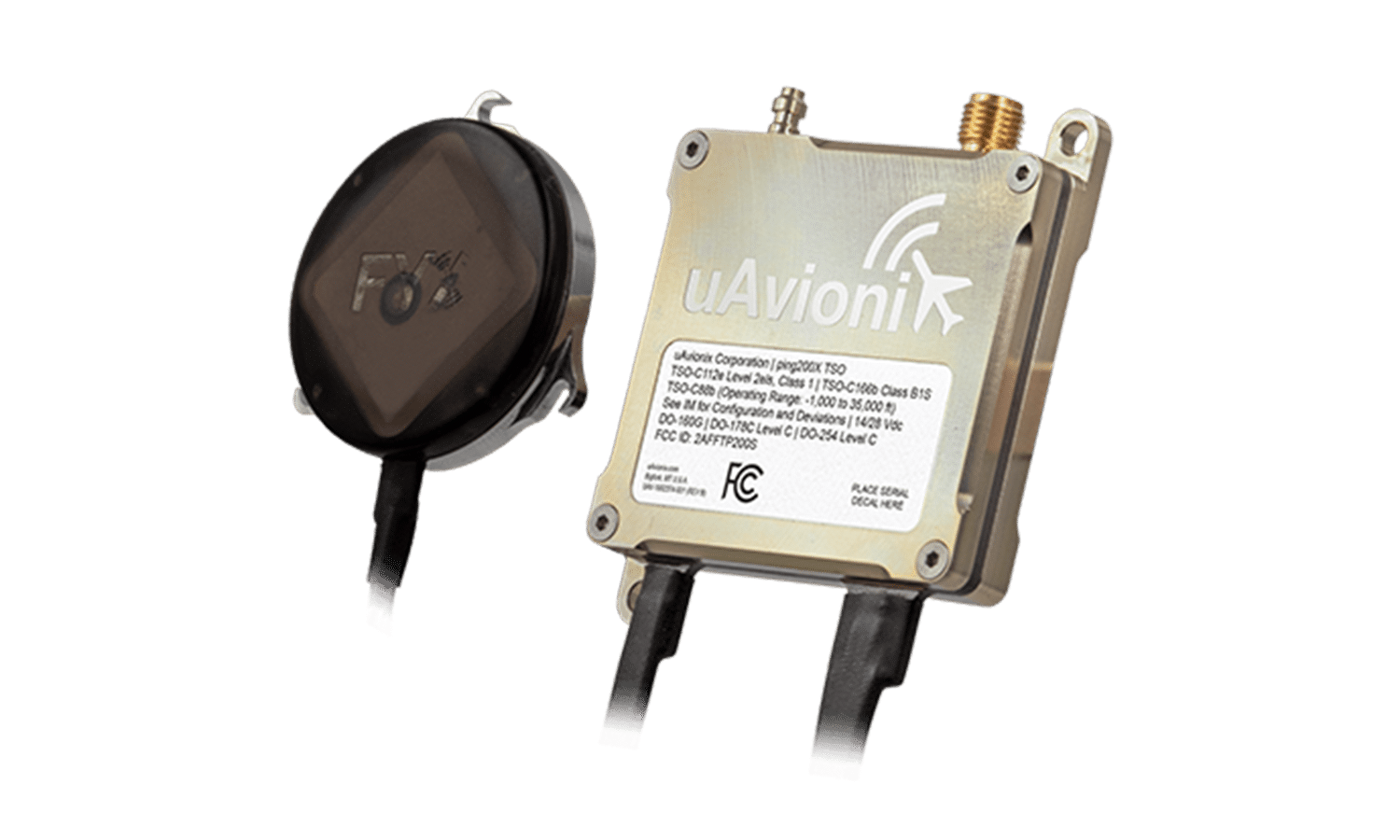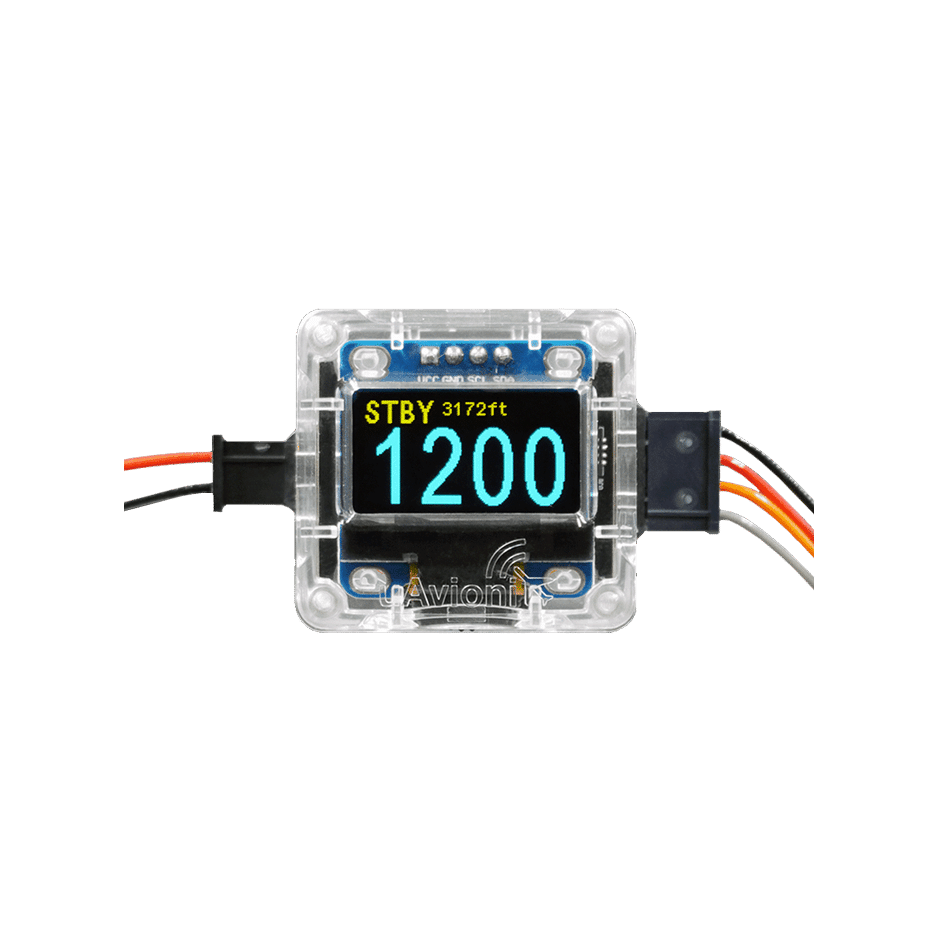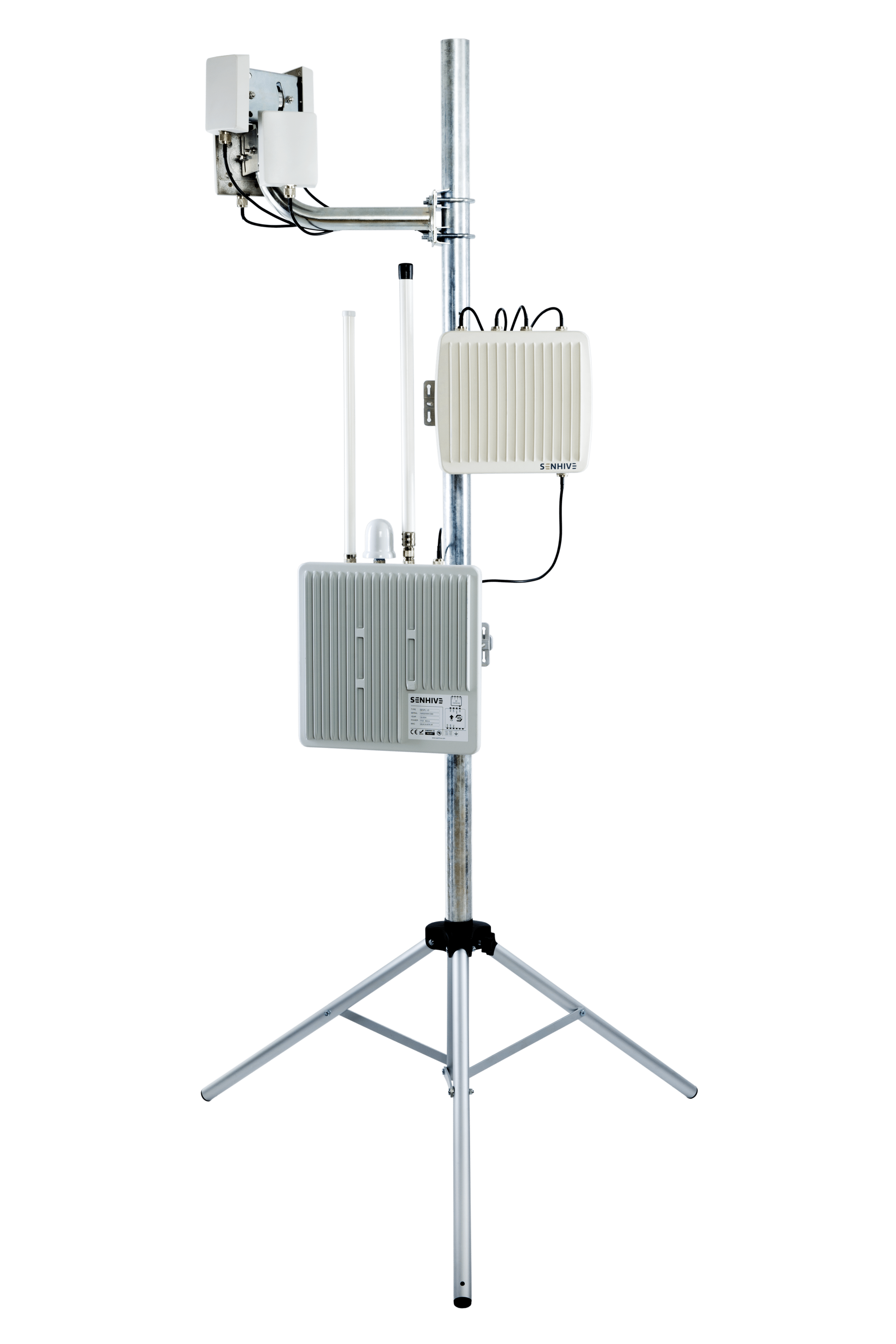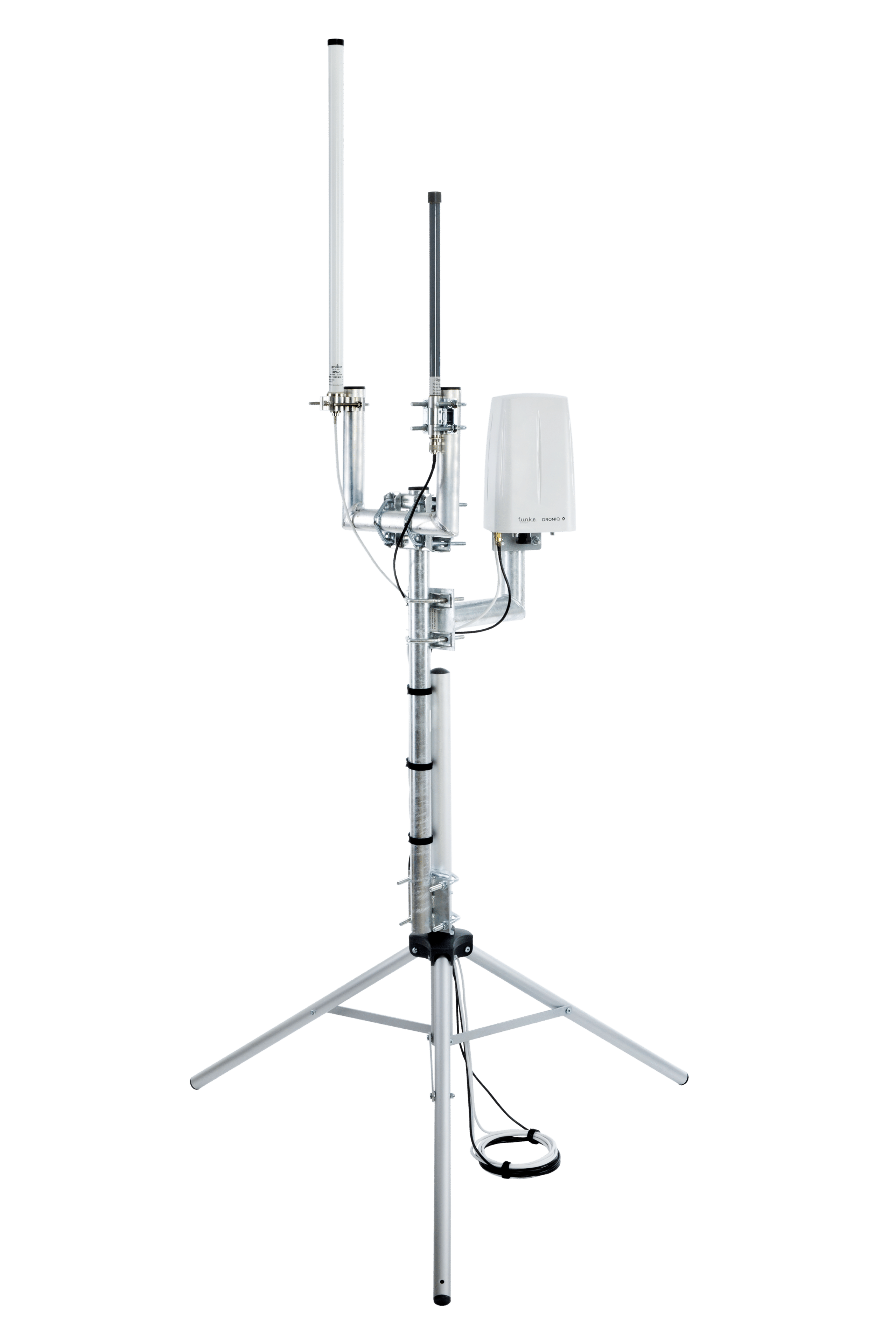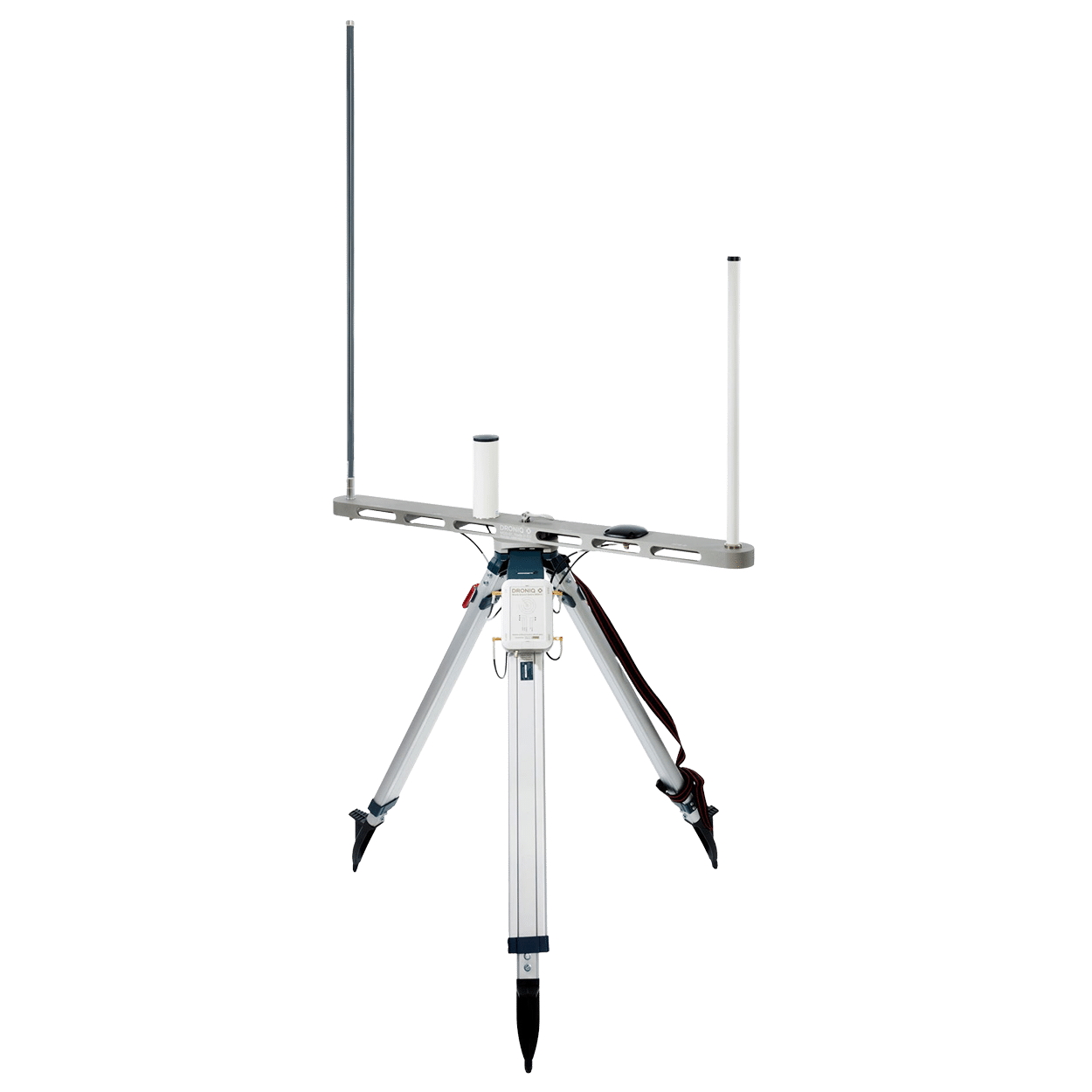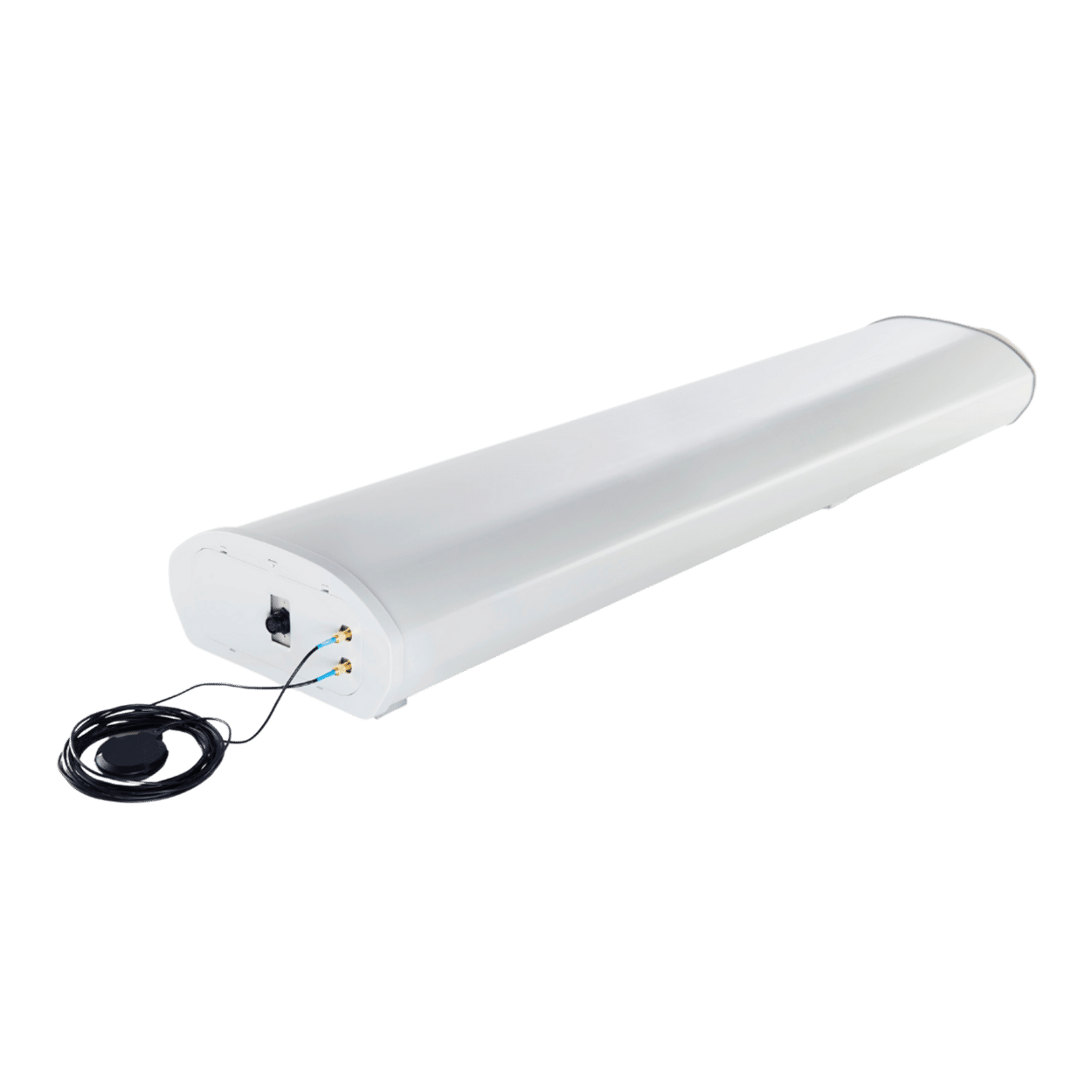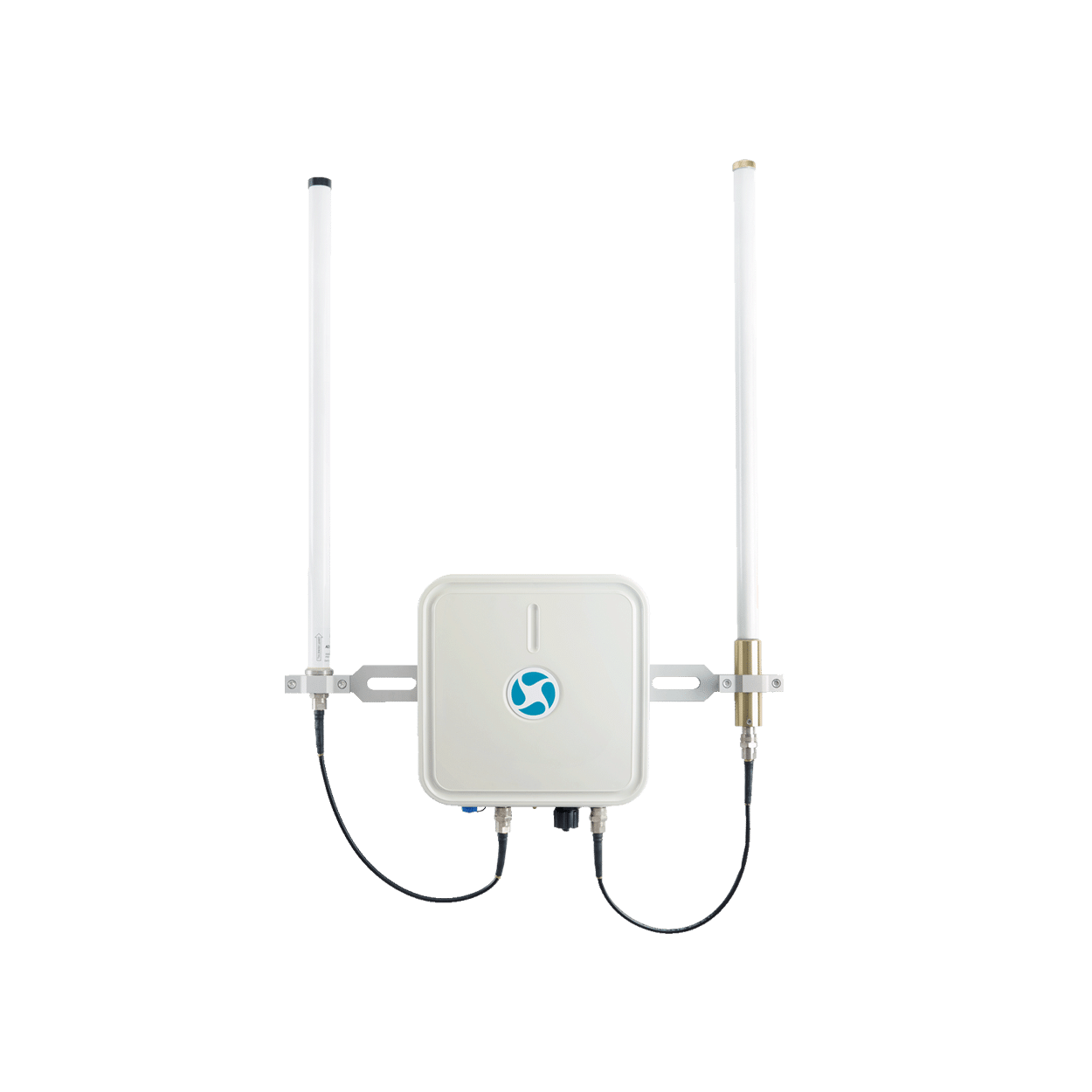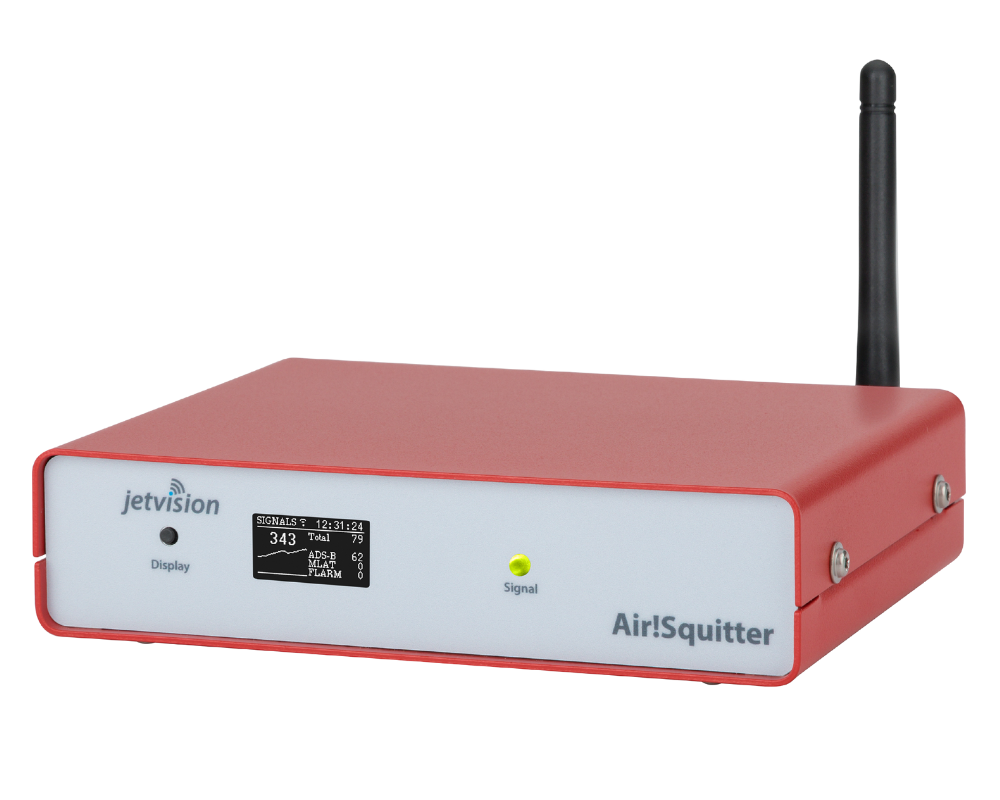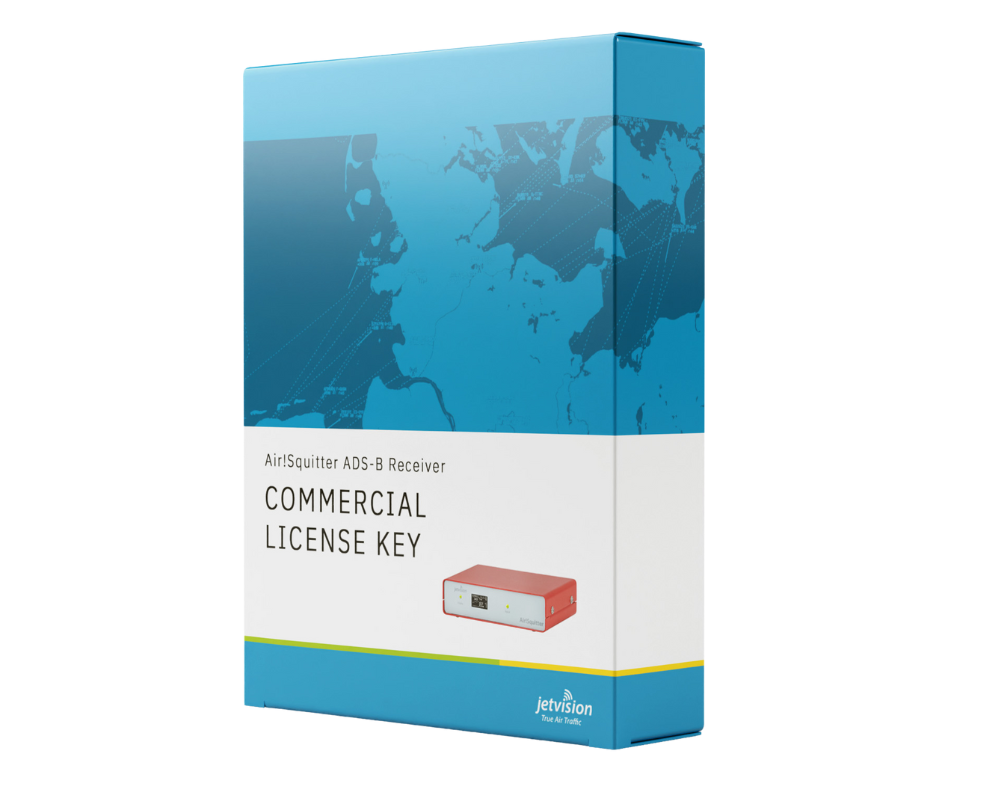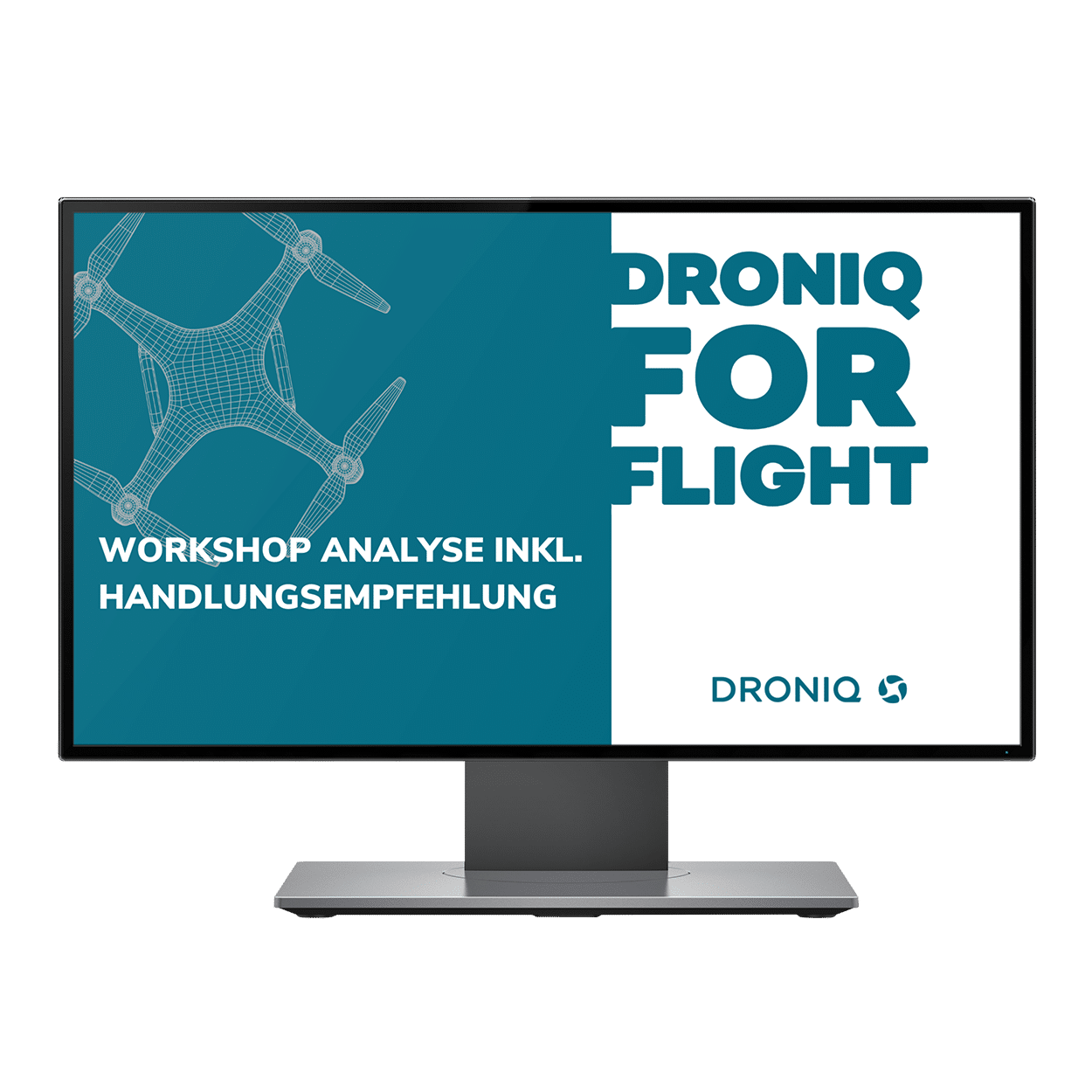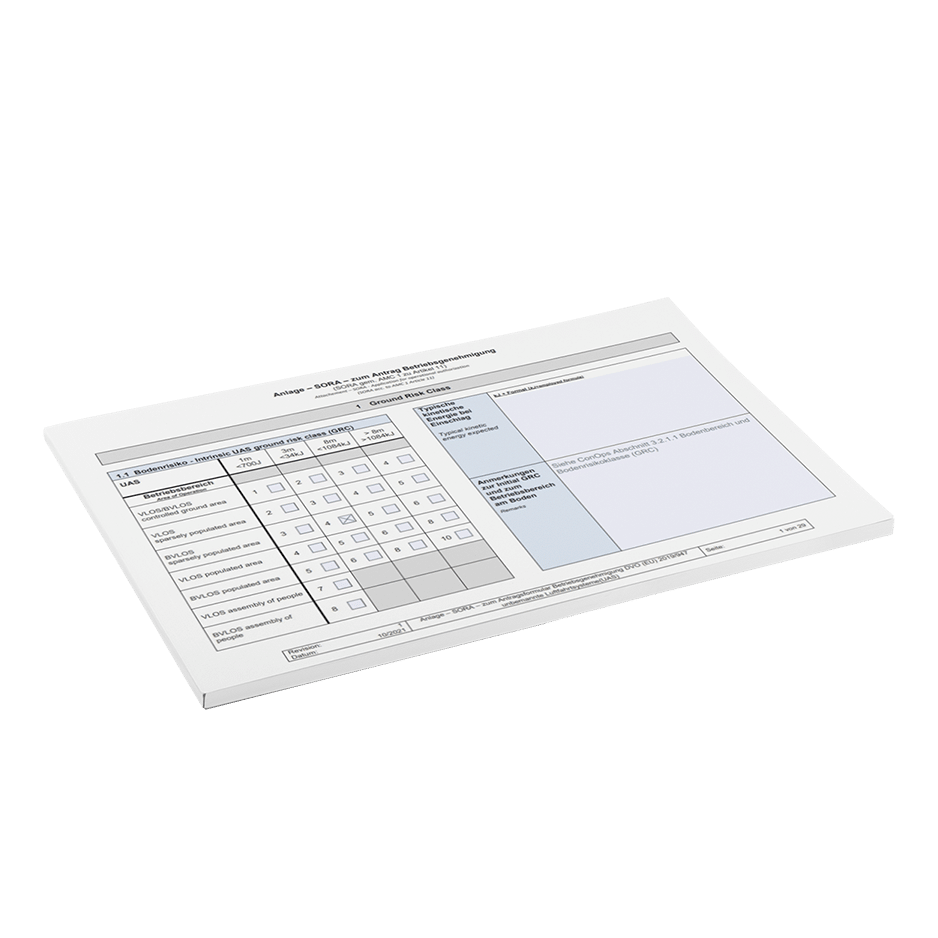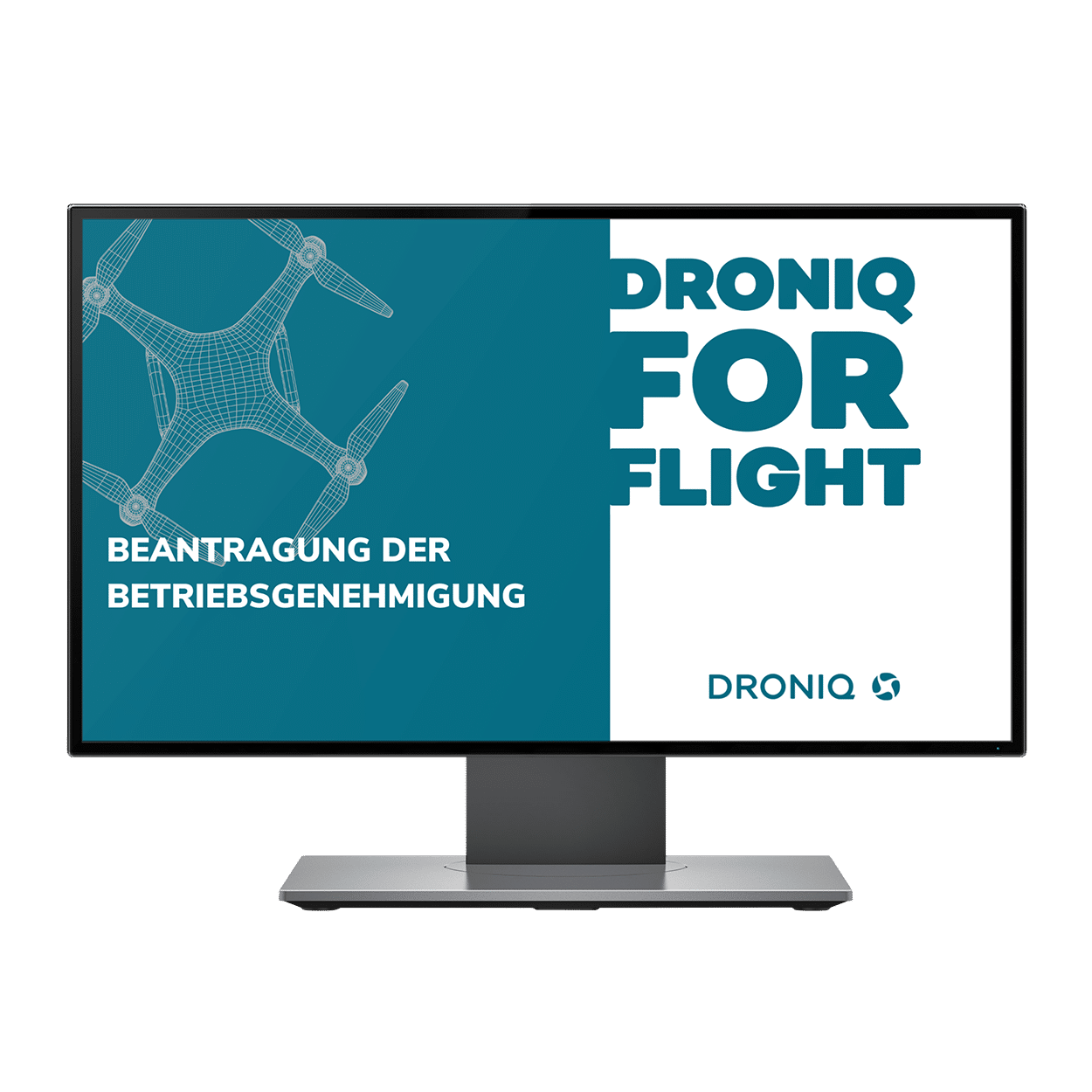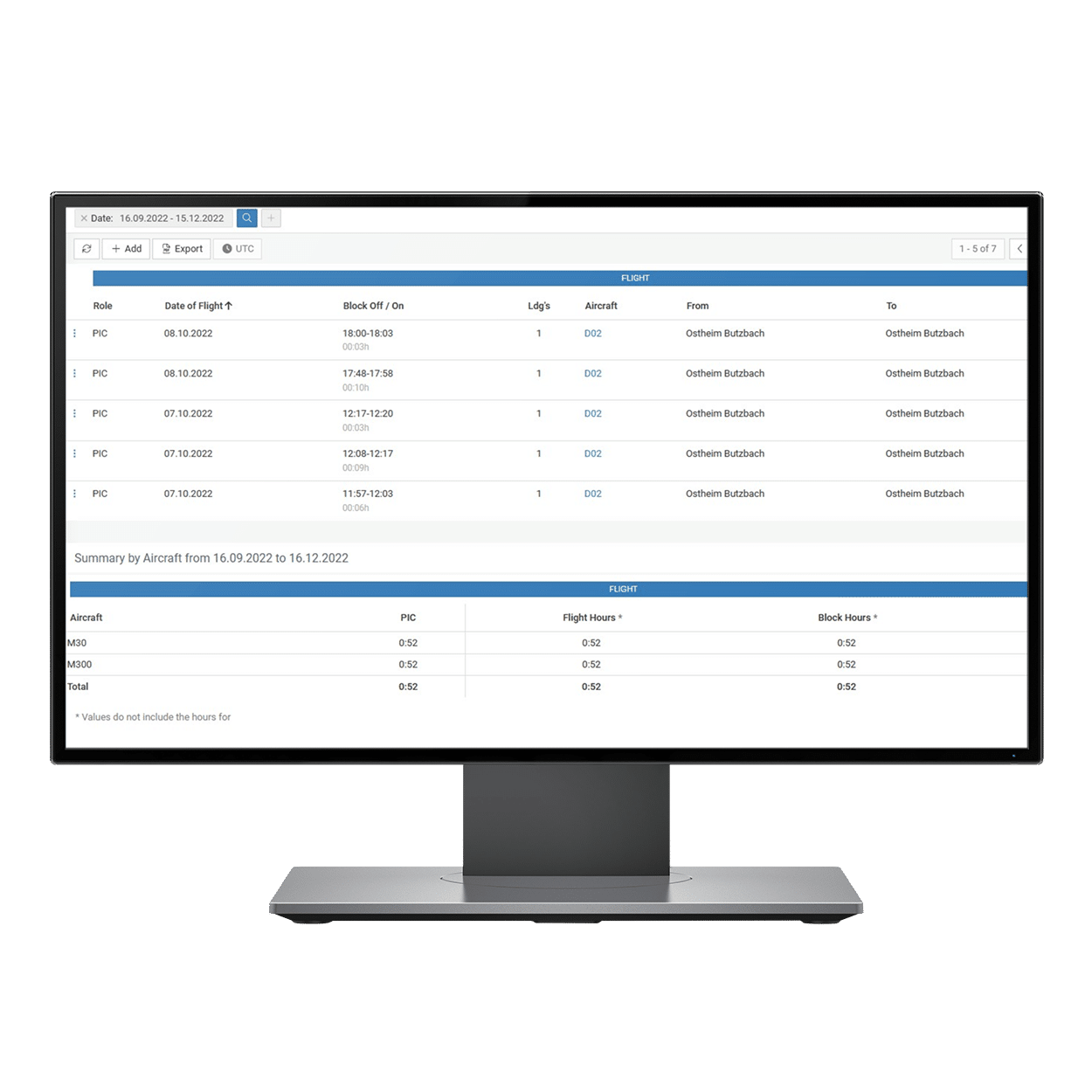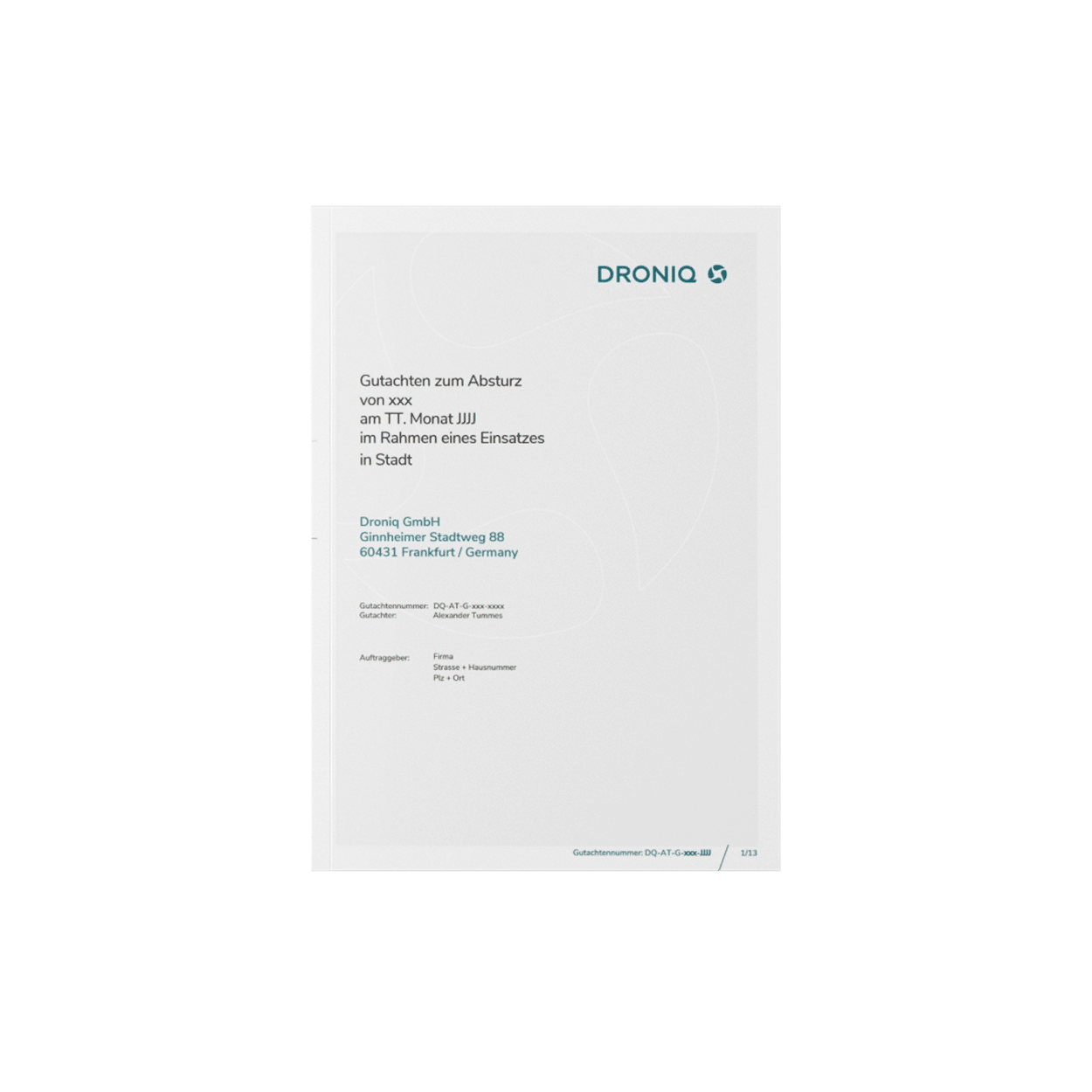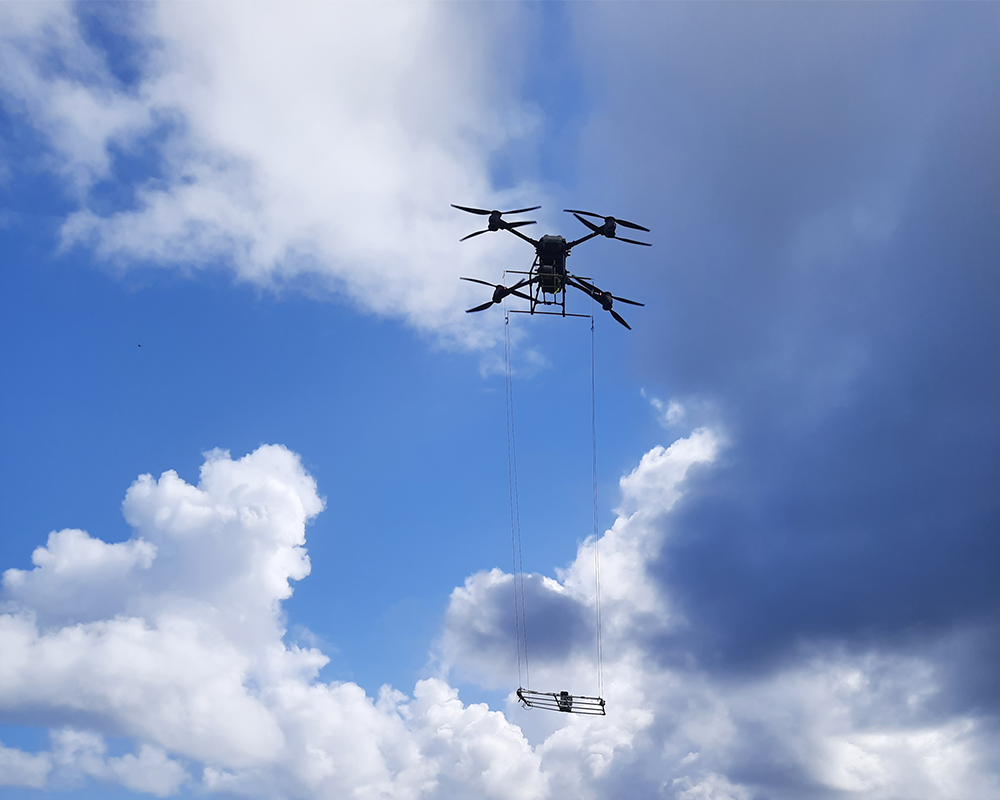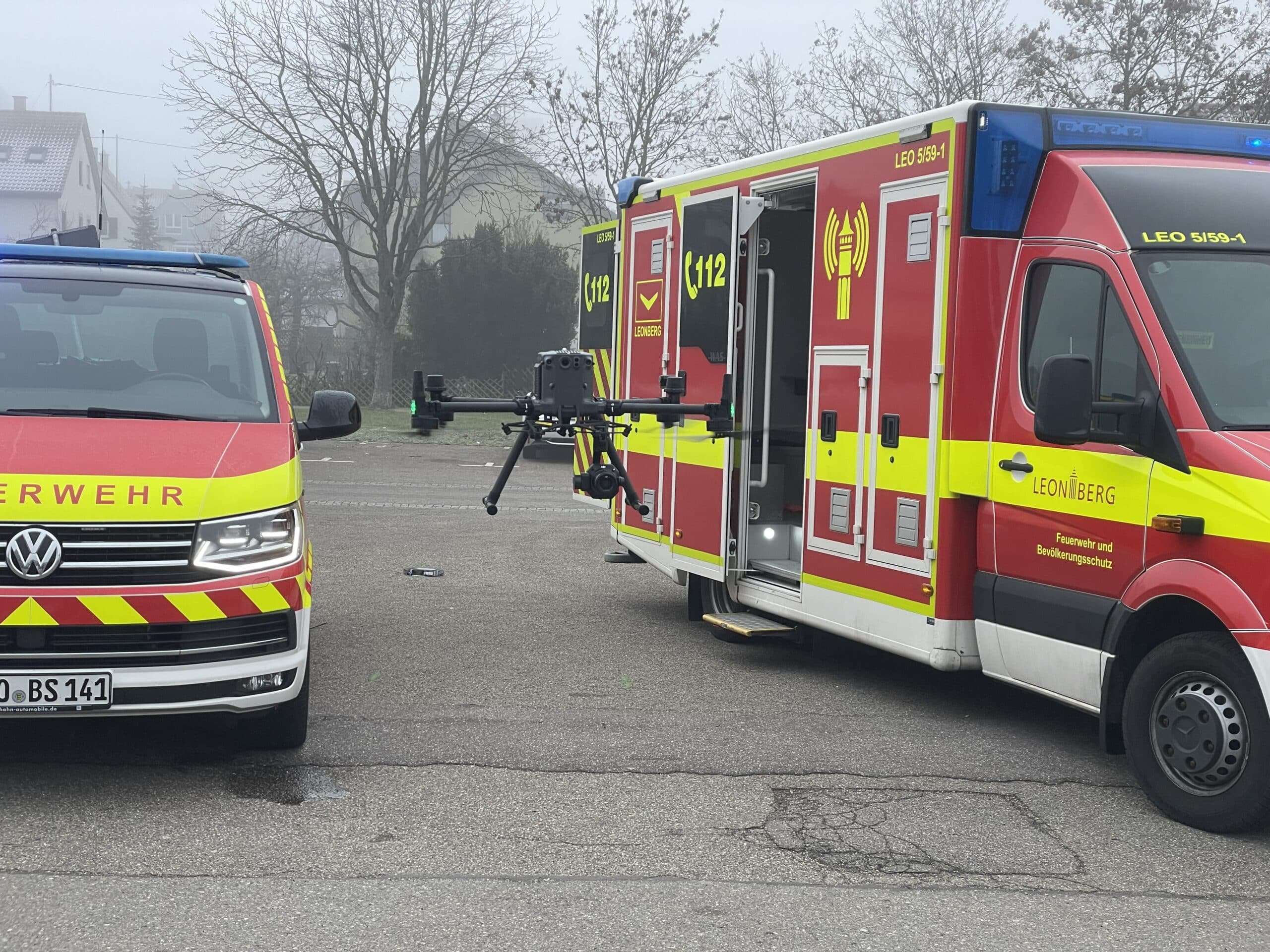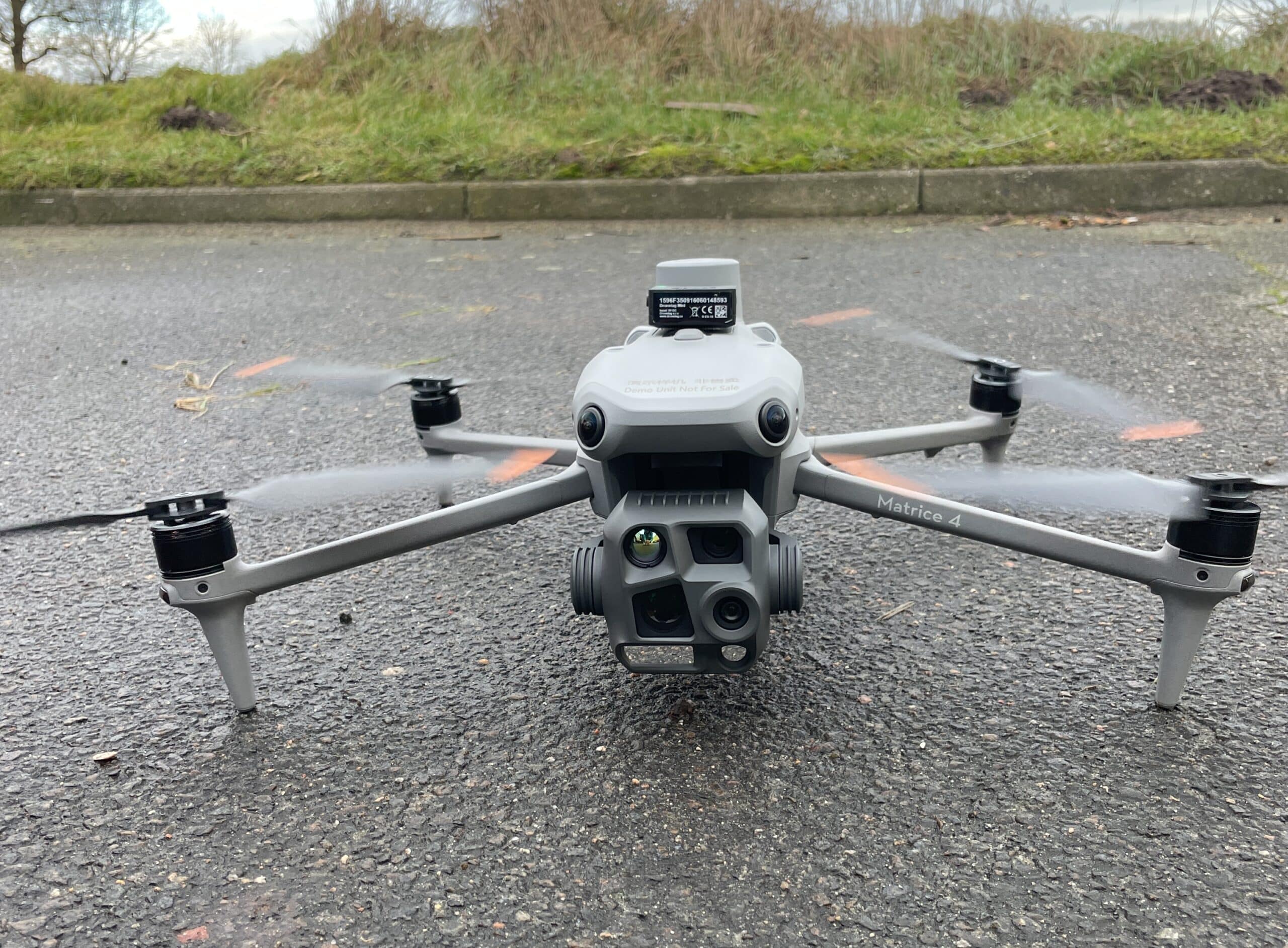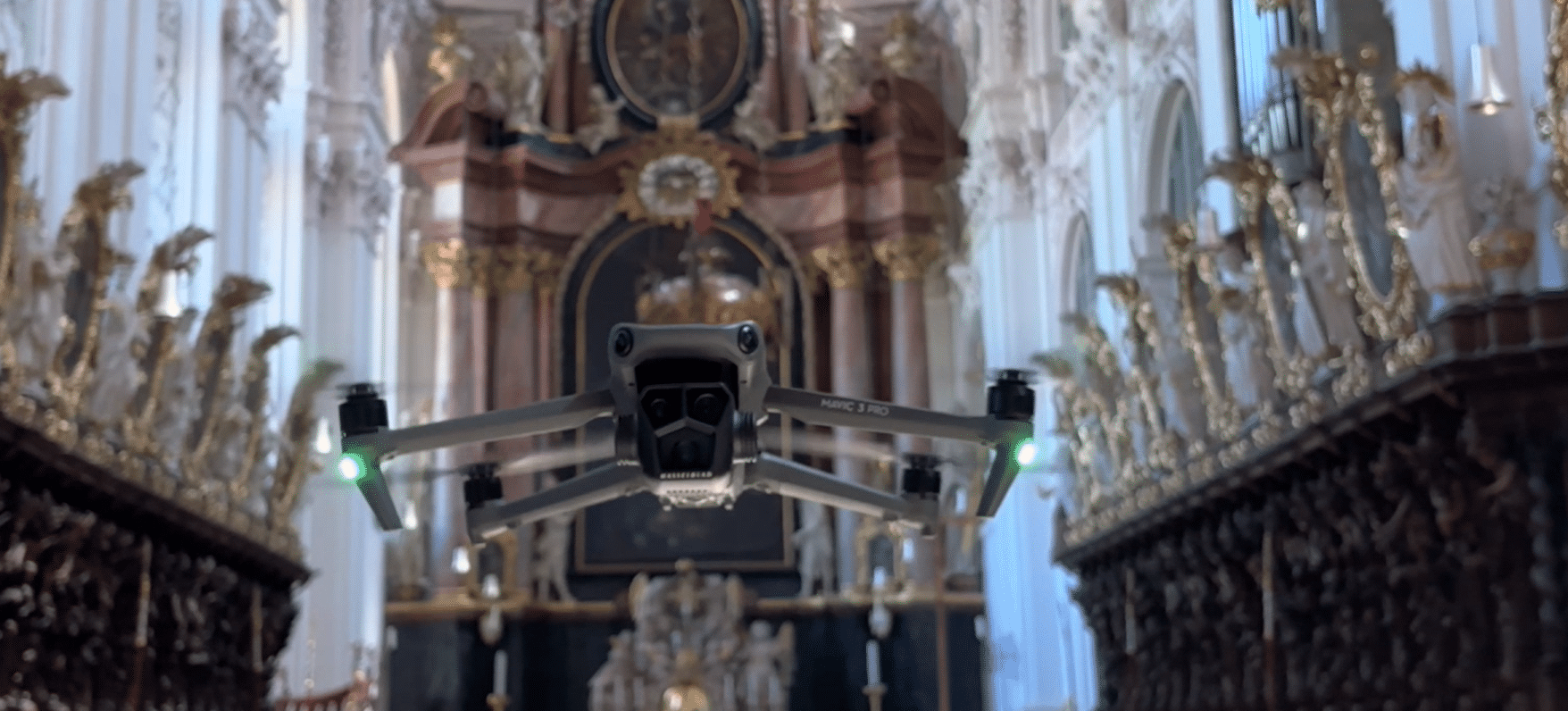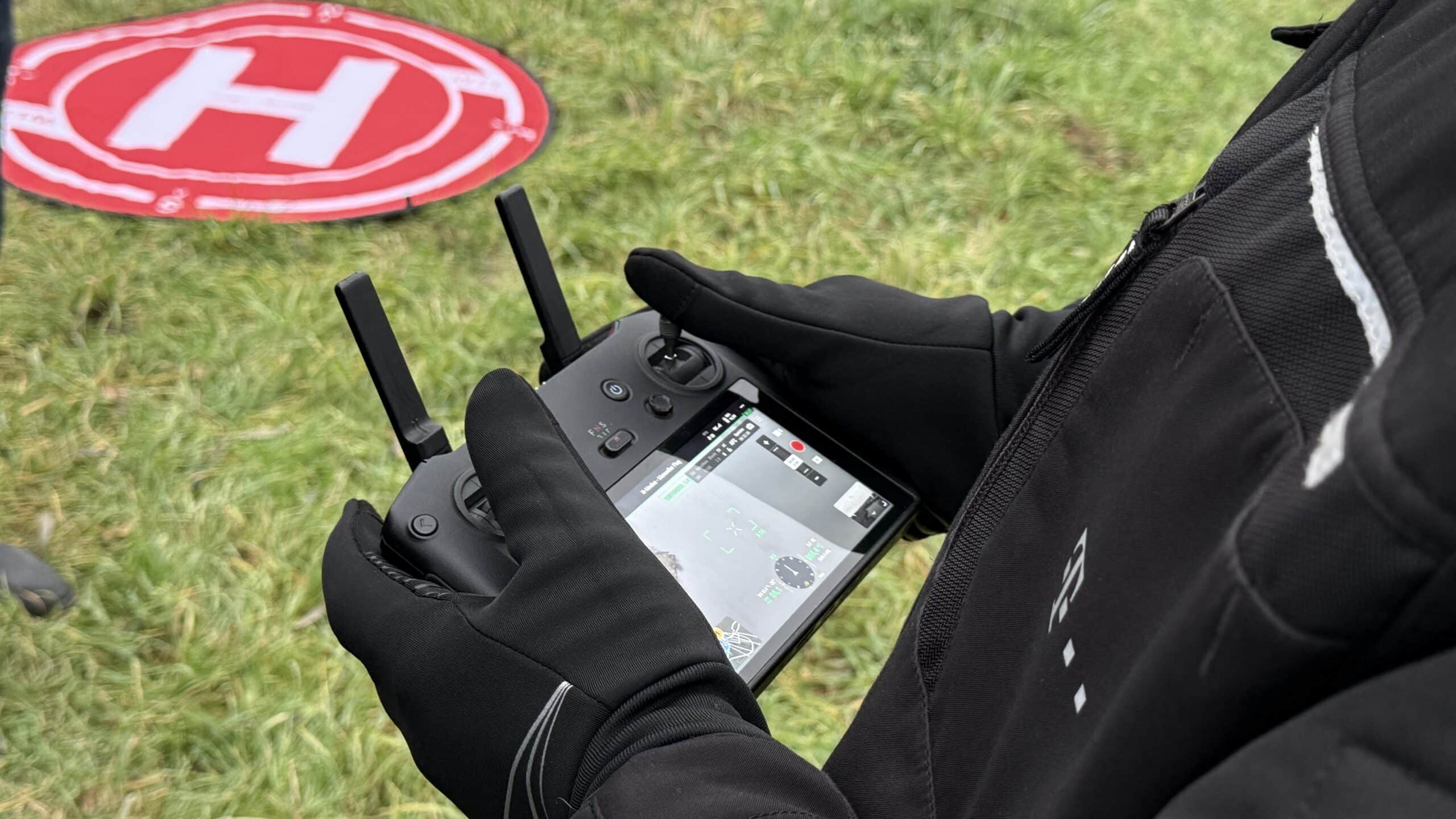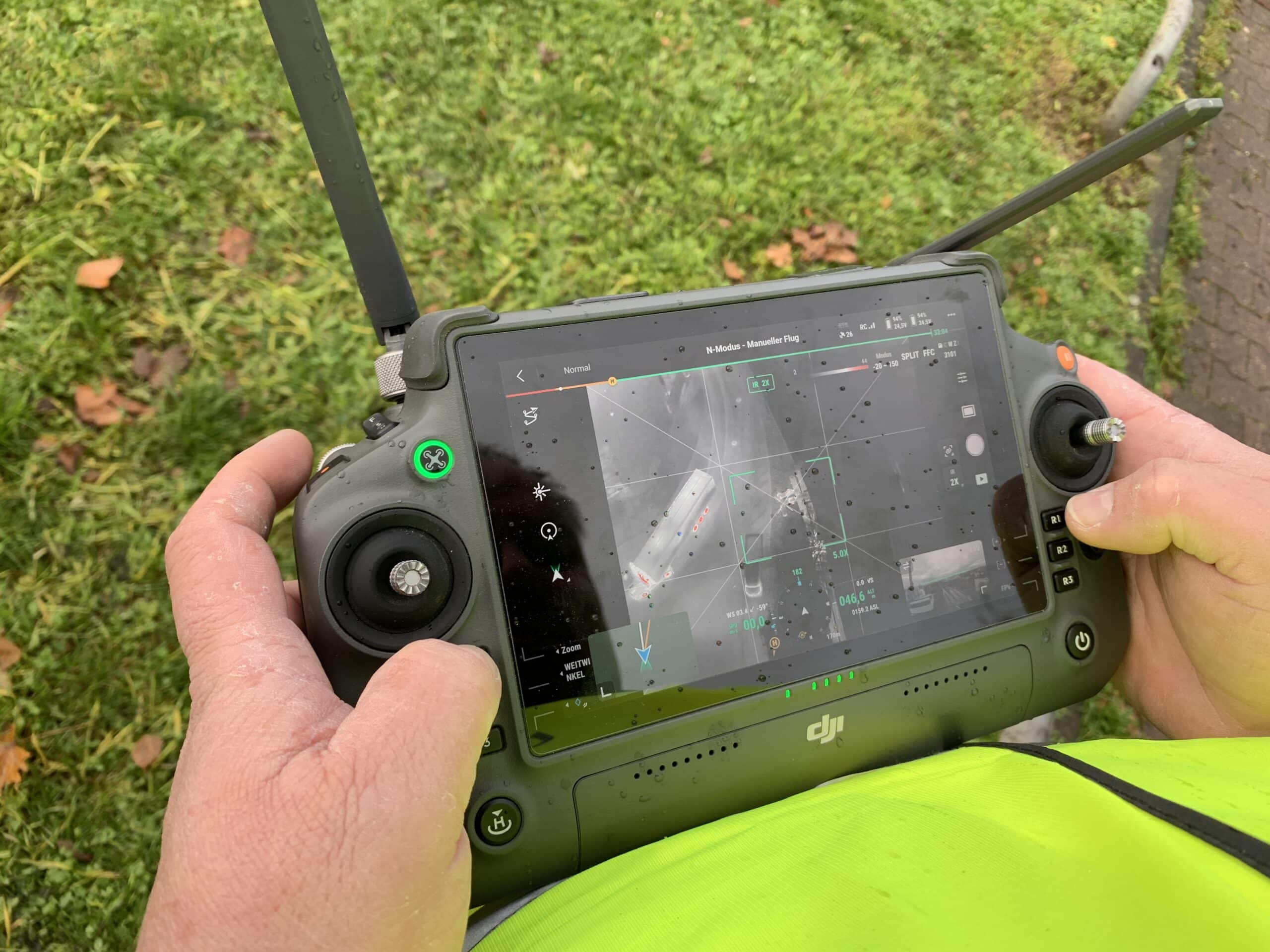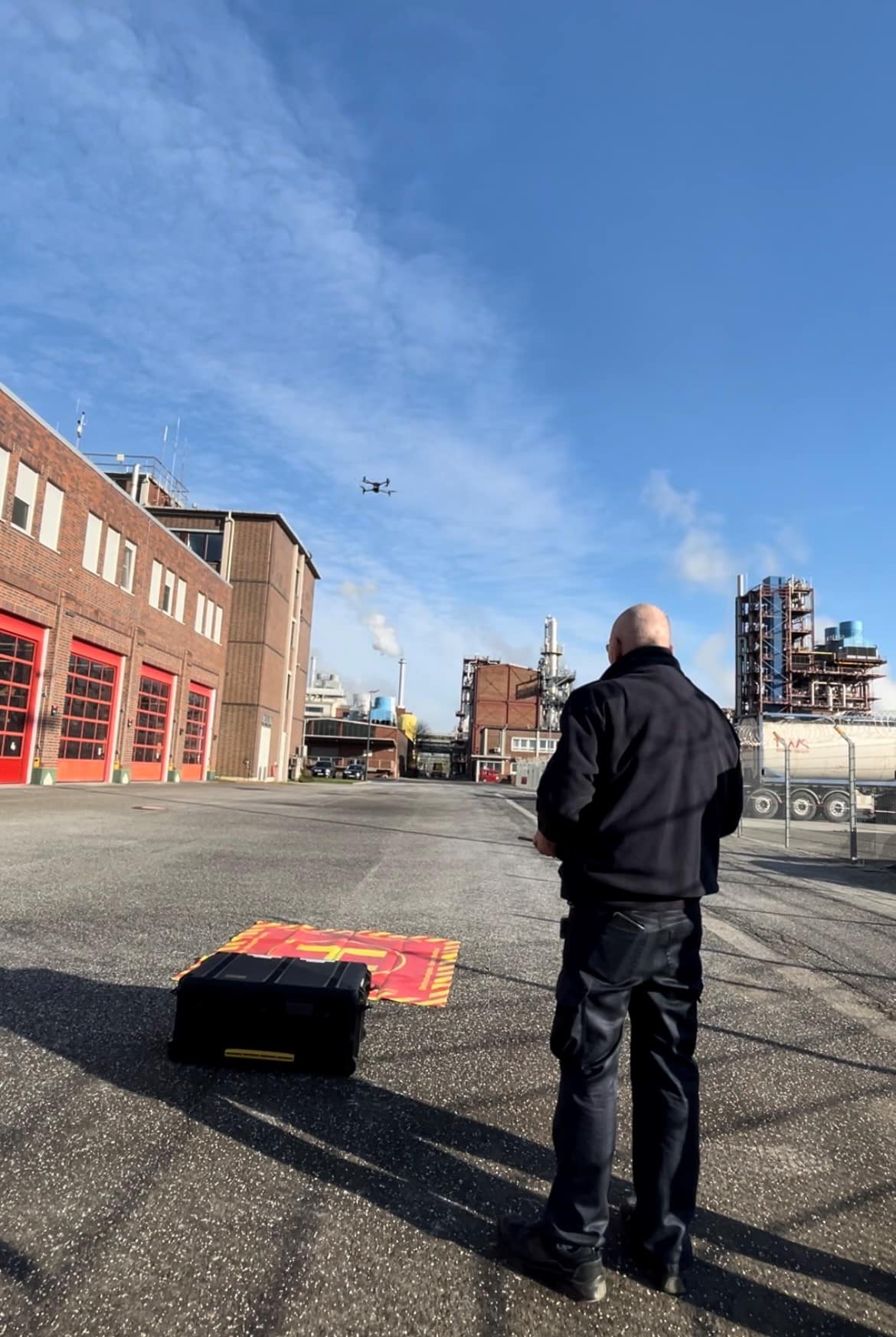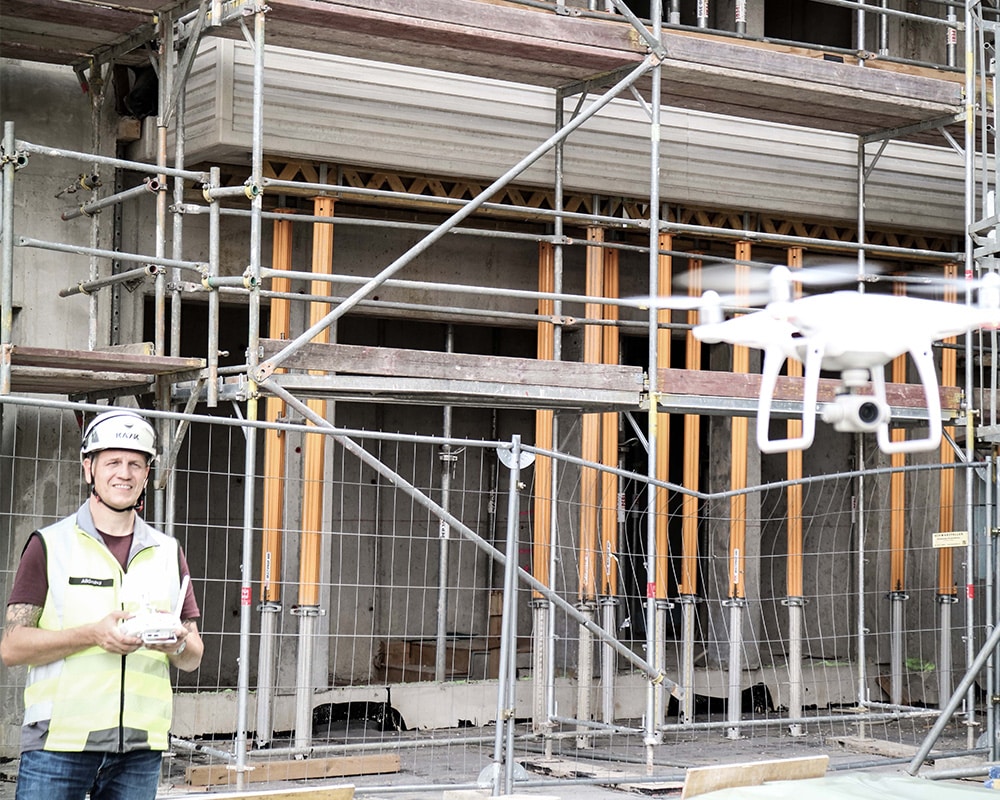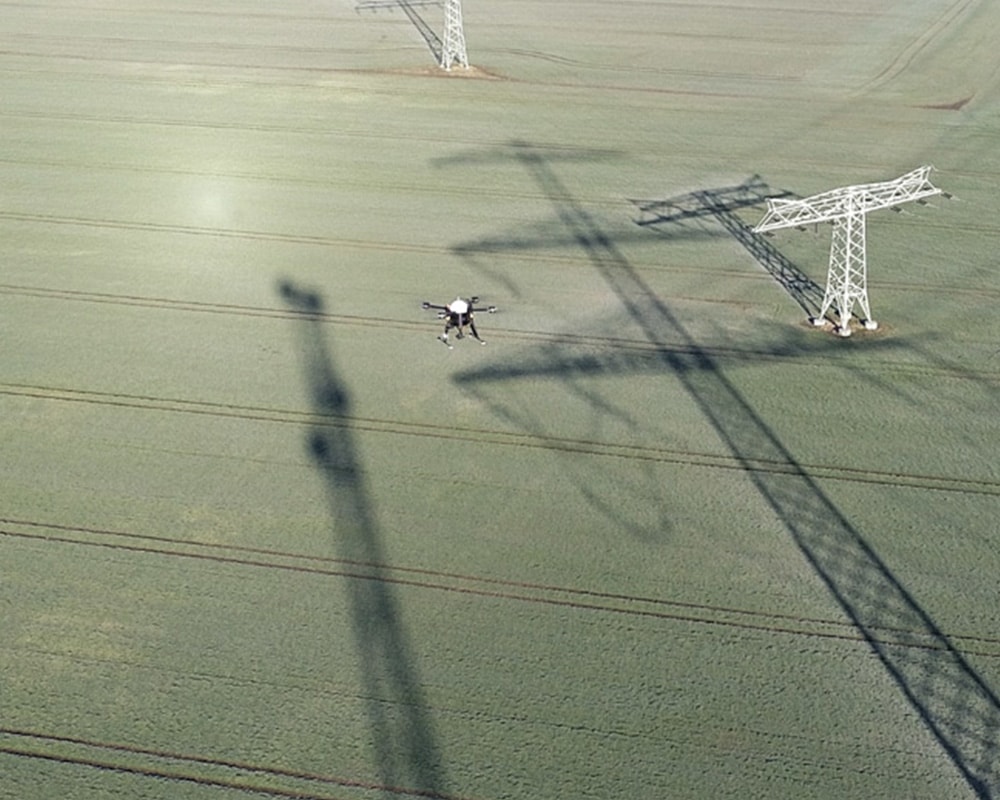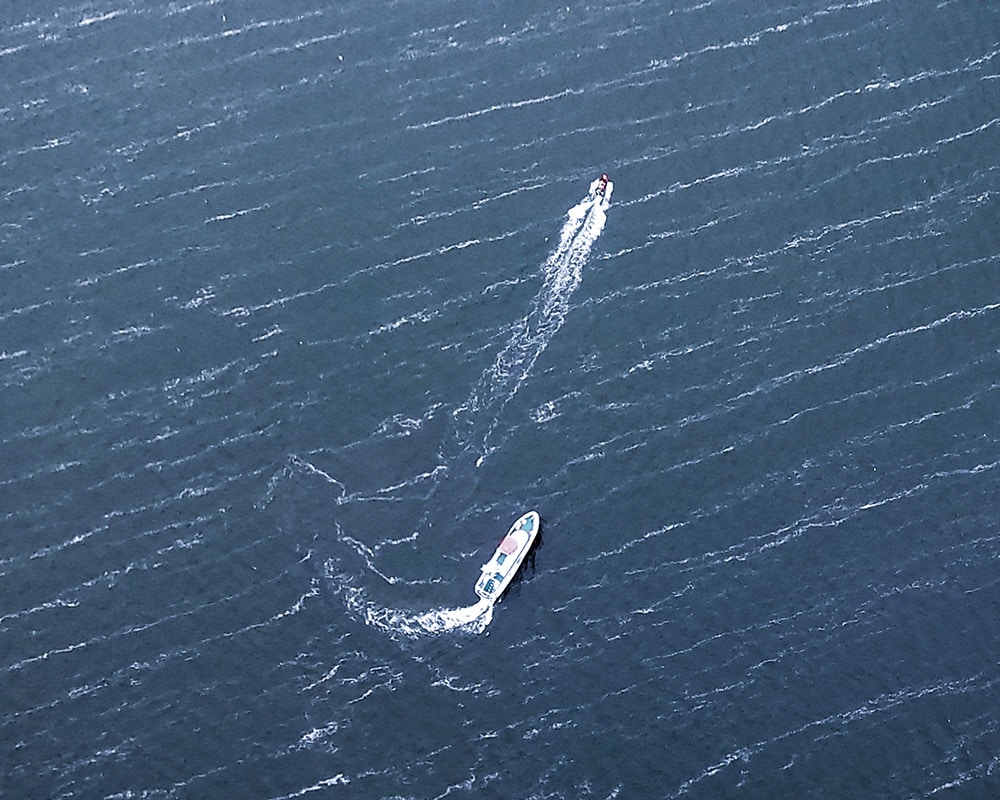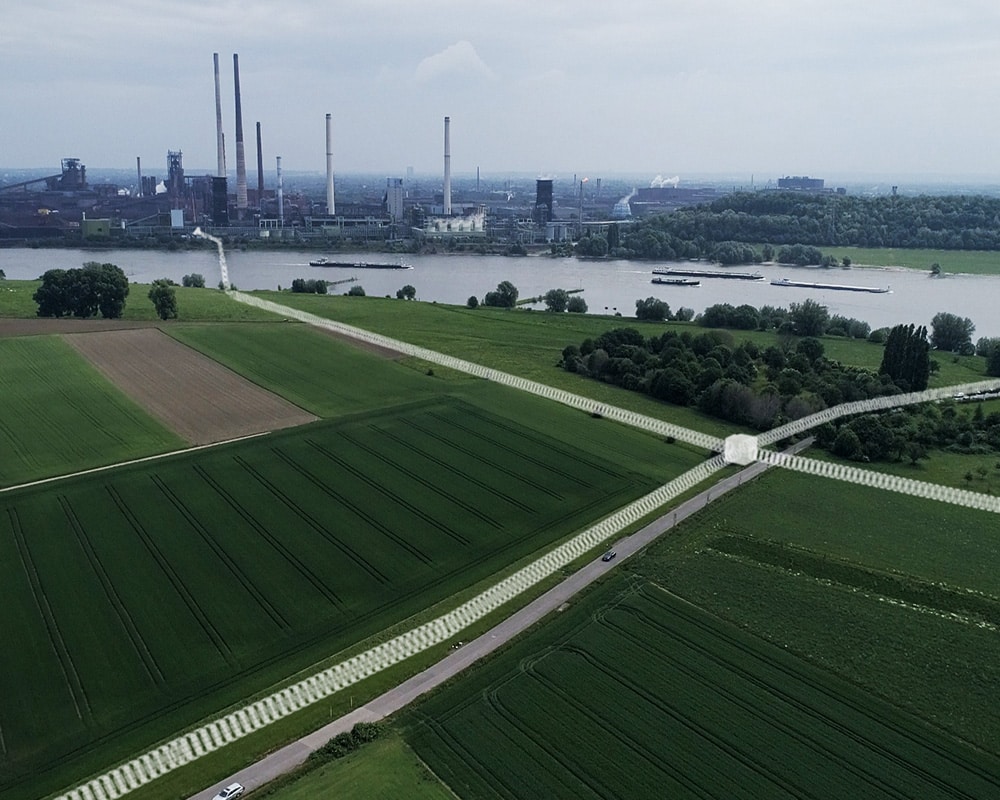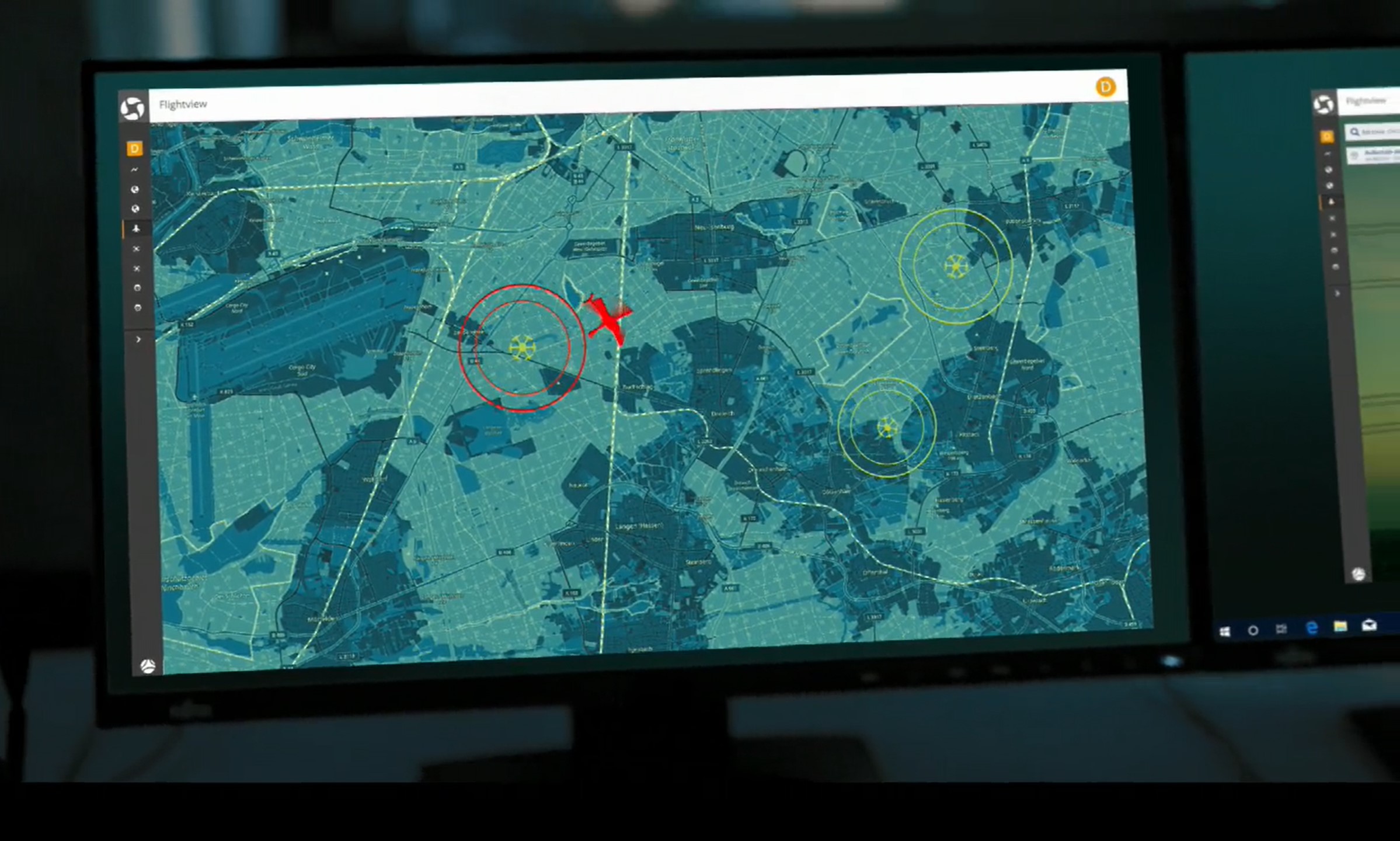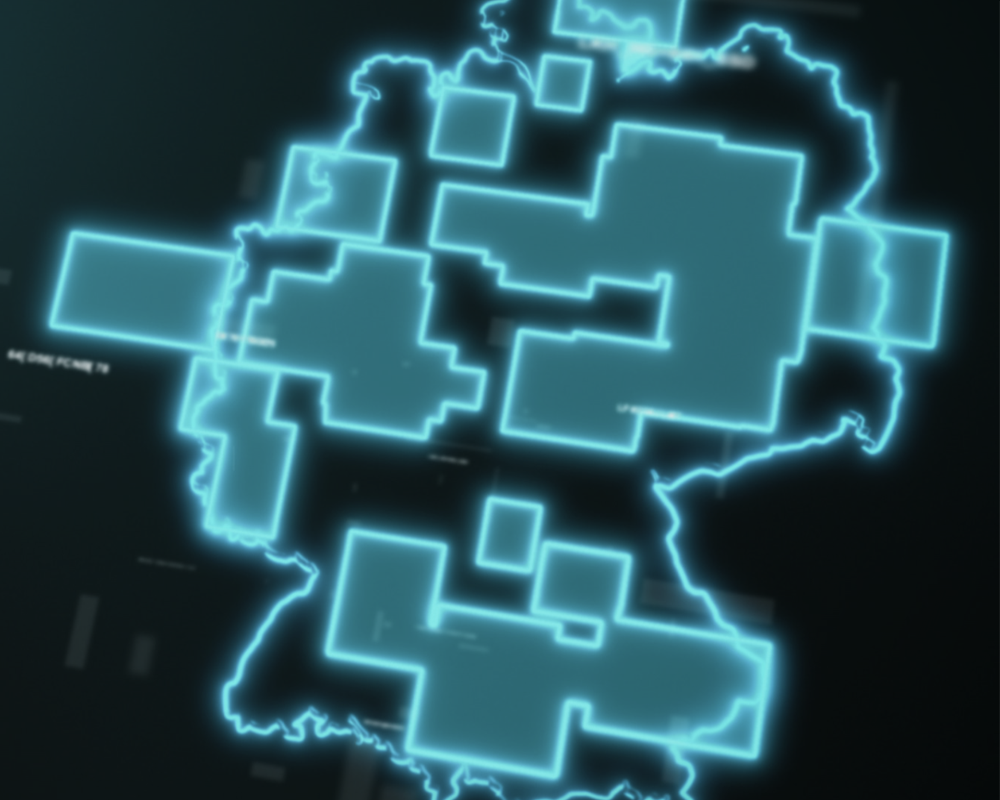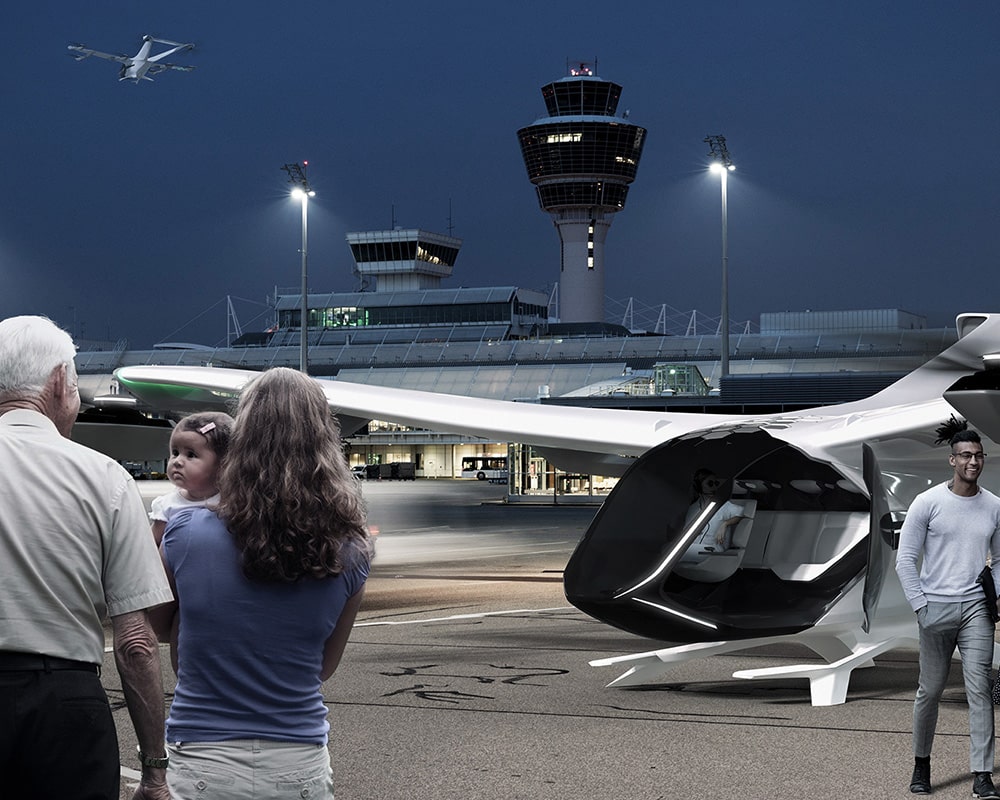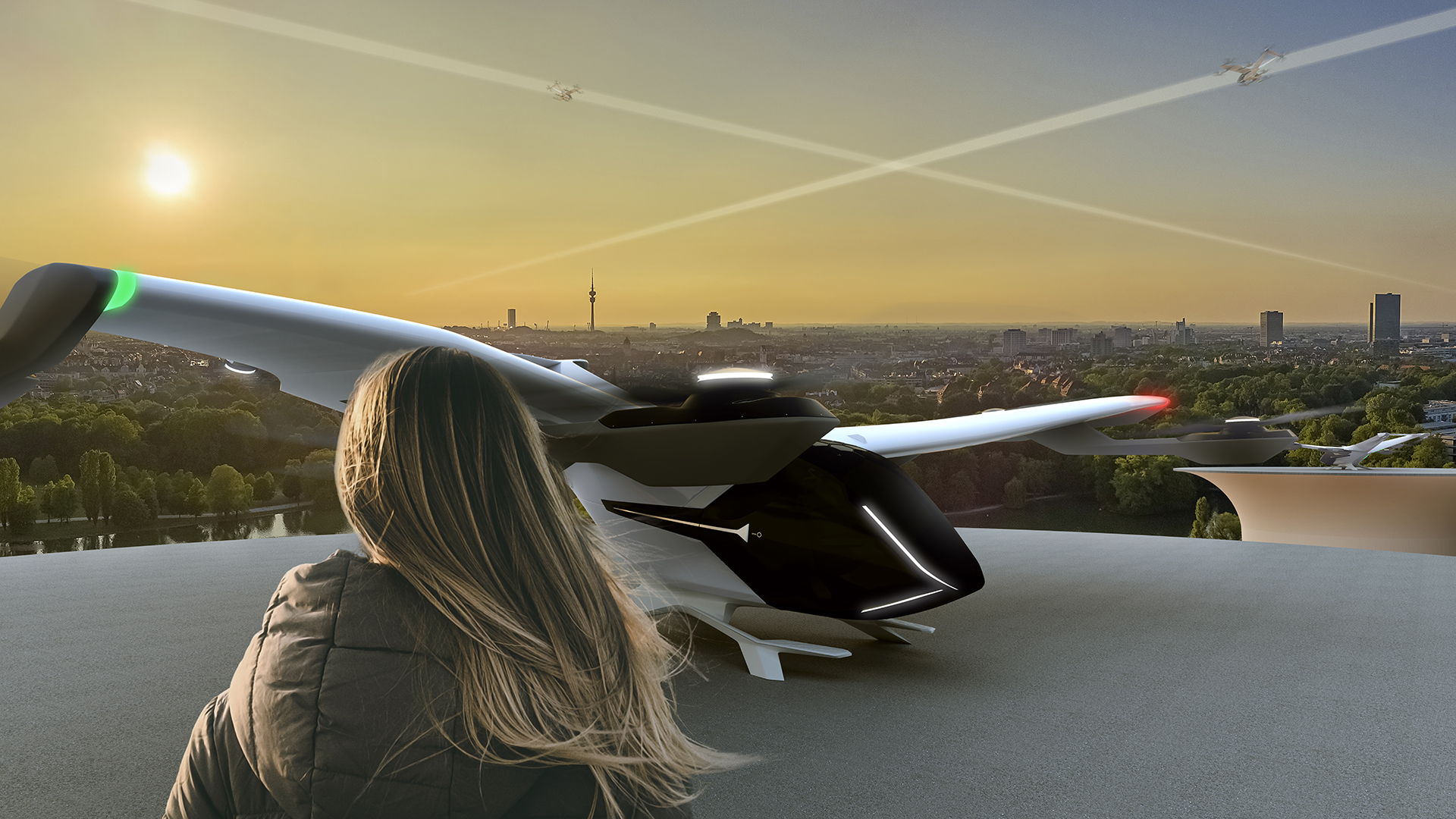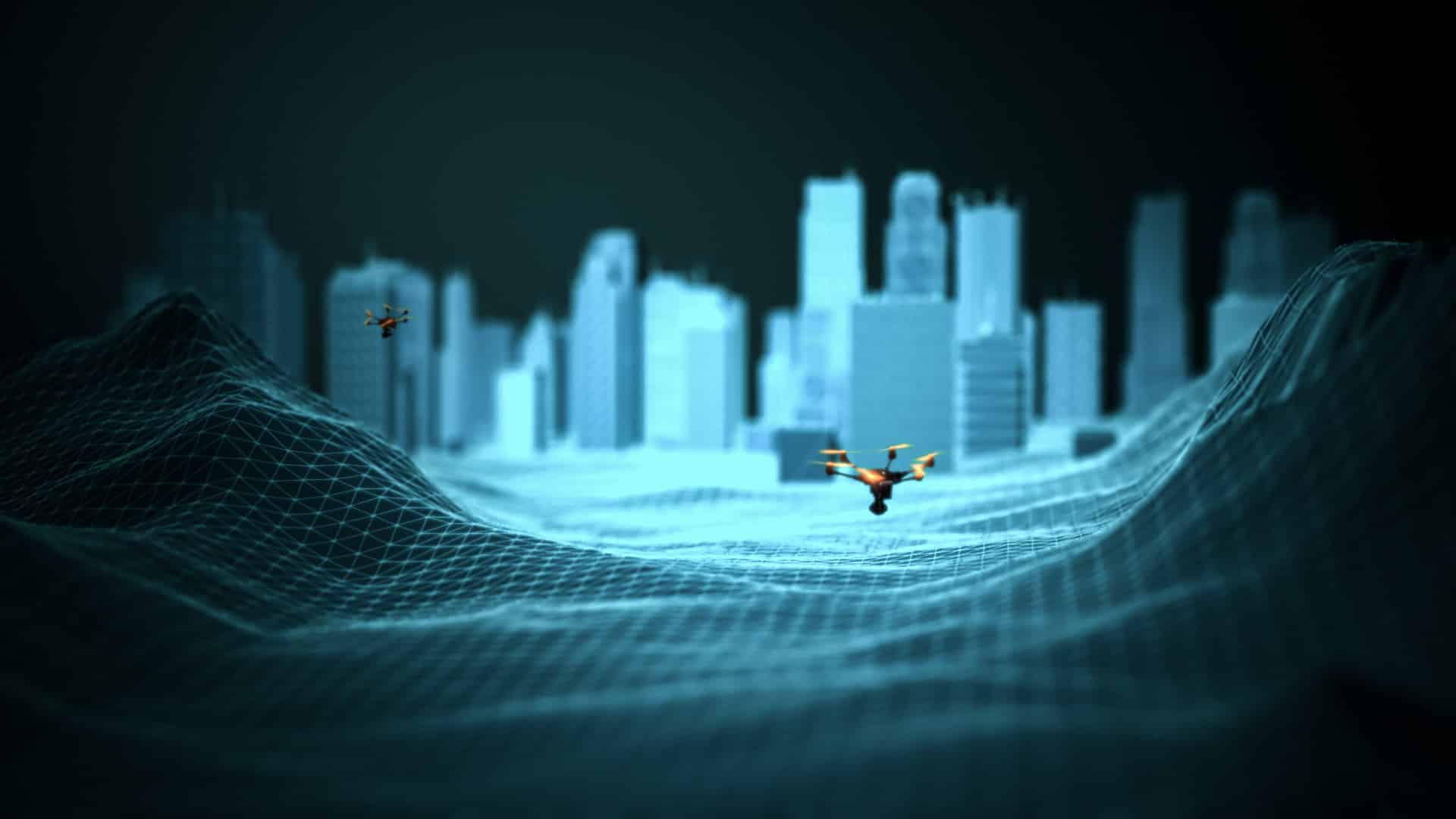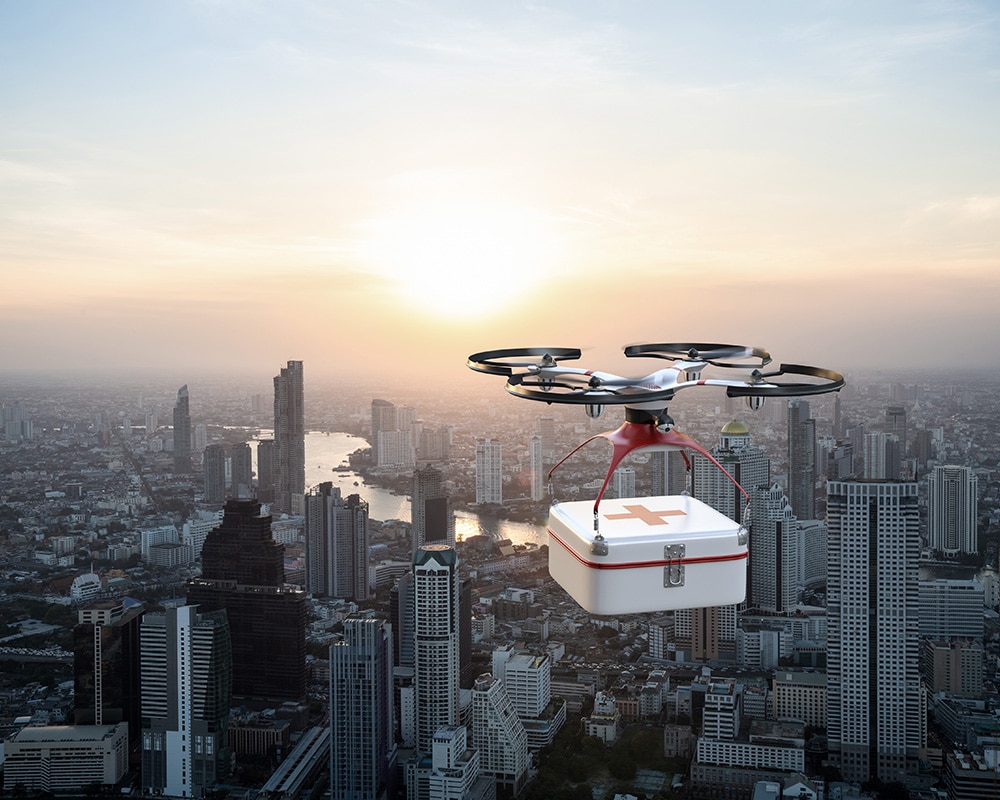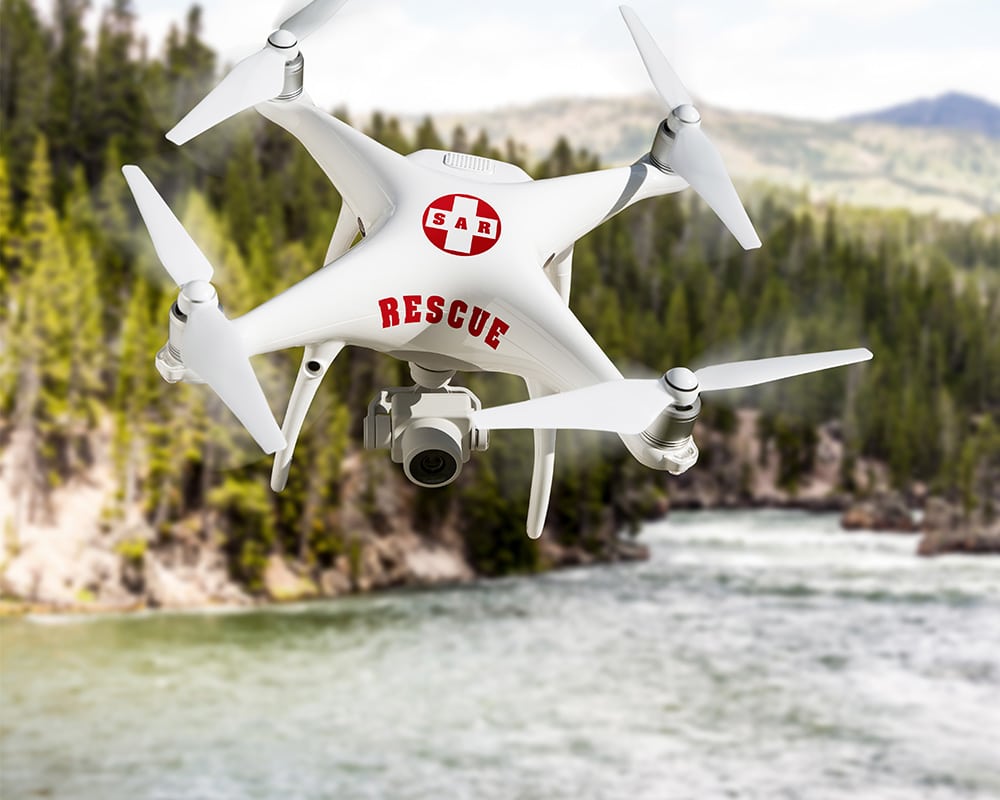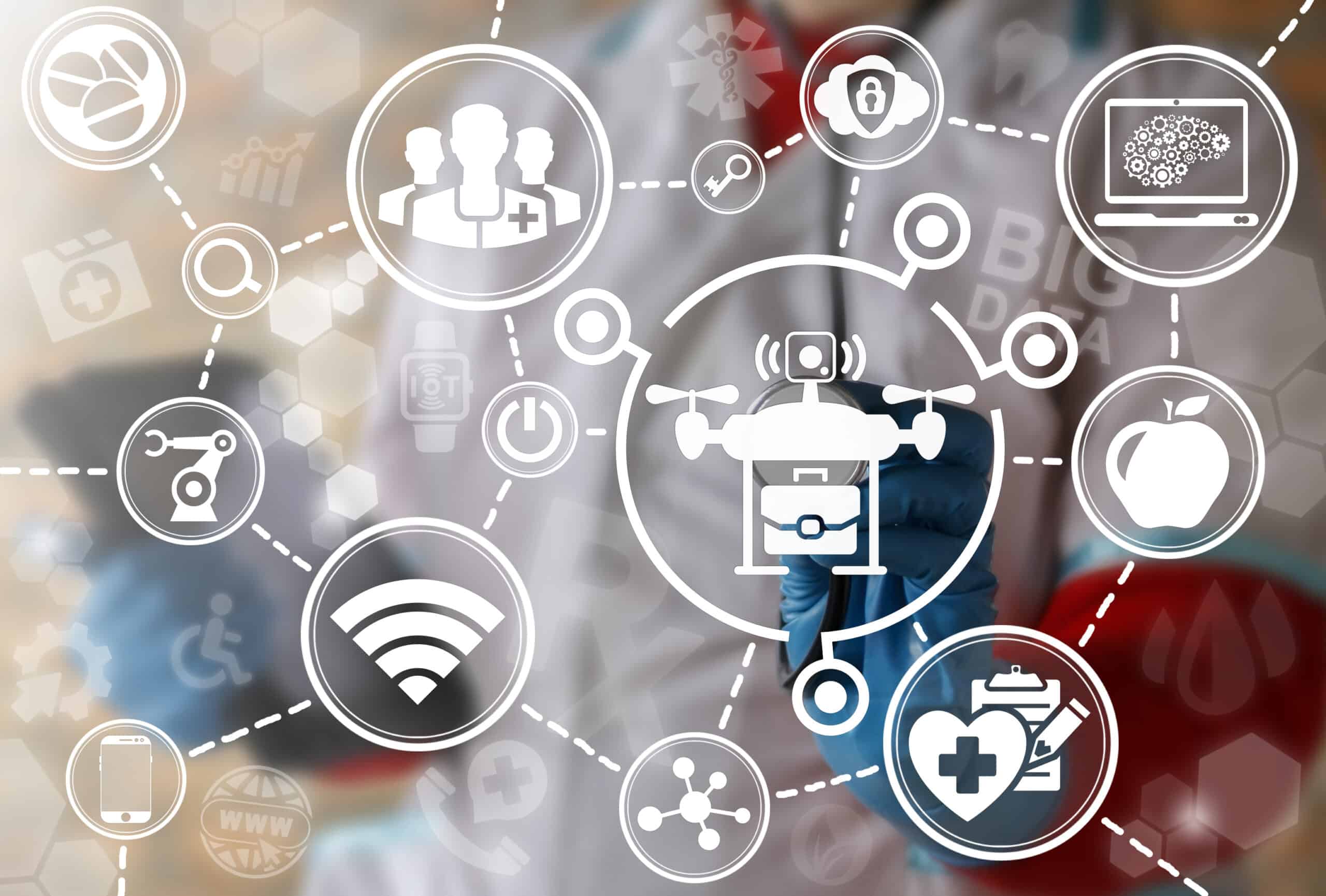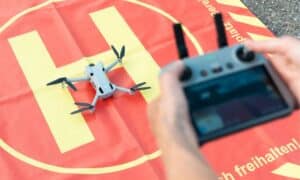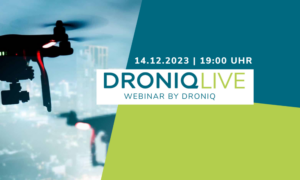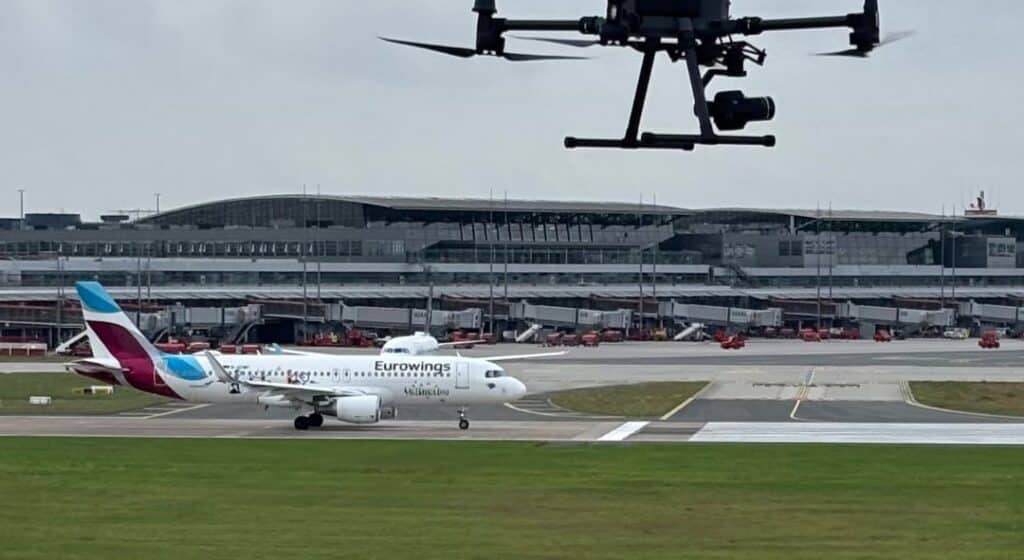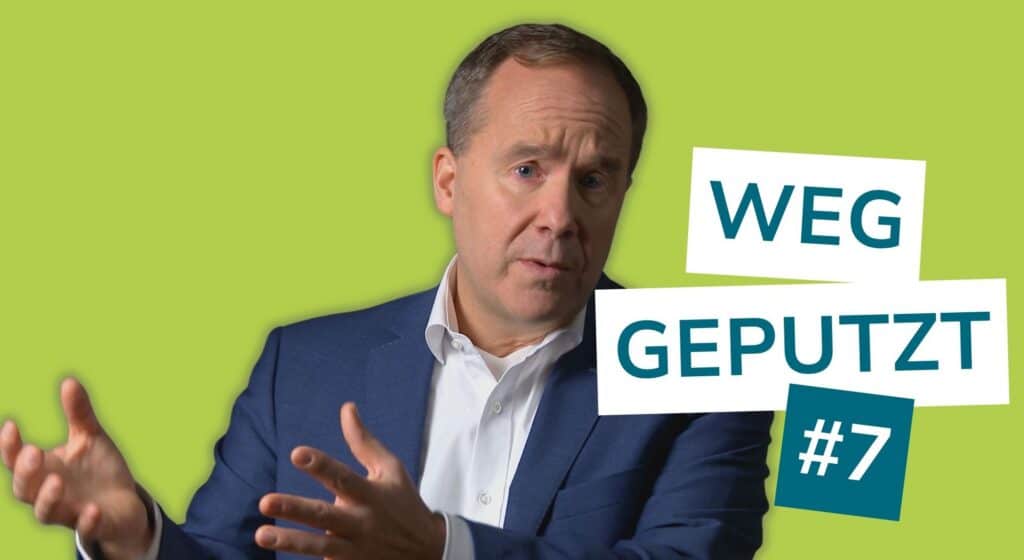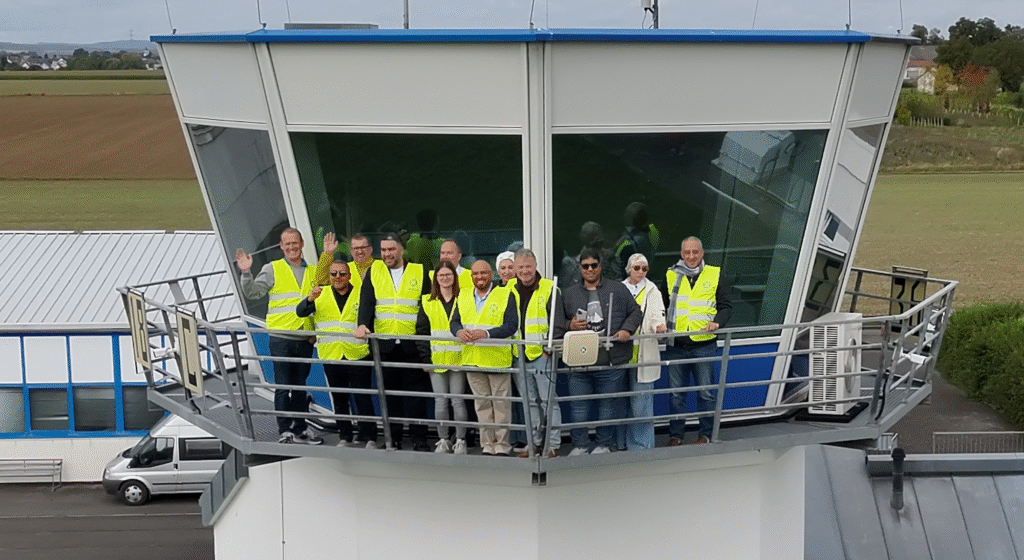Game changer for the drone industry
The latest regulatory changes remove a crucial hurdle for the drone industry: From now on, drone flights in control zones are possible under certain conditions. This development could provide an enormous boost for numerous areas of application and will significantly facilitate the use of drones in urban and industrial areas.
In his published LinkedIN article, our CEO Jan-Eric Putze aptly describes this progress as a real "game changer" for the drone industry. This is because exemptions from SERA (Standardized European Rules of the Air) for unmanned aircraft in the so-called "special category" mean that drones can now increasingly be used in areas that were previously only accessible to a limited extent for regulatory reasons.
Drone flights in control zones: Real added value for numerous applications
This new regulation opens up far-reaching application possibilities for drones within control zones, from which not only the drone industry benefits, but also numerous other sectors that are increasingly relying on drone technology. Here are some examples of applications:
- Inspections in the energy supply sector: Drones enable efficient monitoring and maintenance of electricity, gas and district heating generation systems.
- Critical infrastructure: Drone monitoring allows the condition of bridges, dams and supply lines to be checked easily and safely.
- Wind turbines: Inspections of wind turbines, which are of great importance for the energy transition, can now also be carried out easily within control zones.
- Photovoltaic systems: Drones offer a quick and precise inspection option for PV systems on roofs and facades.
- Urban planning and surveying: Drones support cities and municipalities in recording and surveying streets and districts.
- Monument preservation and restoration work: Historic buildings, such as churches or castles, can now also be scanned and digitized from the air in control zones in order to preserve them for the long term.
- Industrial and sports facilities: Drone technology is also increasingly being used to inspect and monitor large industrial or sports facilities.
Faster and more cost-effective processes for a more efficient future
This regulatory relief has a direct impact on the way we work and the use of drones. With the use of drones, tasks can often be carried out faster, easier and more cost-effectively. This simplifies and speeds up inspection and monitoring processes not only for companies in the drone sector, but also for contracting companies in a wide range of industries.
Germany as a center of innovation for drone technology
The new regulation also shows that Germany is strongly committed to promoting the drone market. This is already the second important regulatory simplification for our industry in a short space of time. This shows not only the will, but also the continuous willingness of the responsible authorities and institutions, such as the Federal Ministry of Digital and Transport, the Federal Aviation Office and the Federal Supervisory Authority for Air Traffic Control, to actively support the development of drone technology.
Continuous exchange is the key to success
Jan-Eric Putze emphasizes that progress in the industry is only possible through continuous dialogue between industry and authorities. Droniq is intensively involved in this exchange in order to point out opportunities for improvement and develop solutions together with the responsible authorities. After all, an active and constructive dialog is essential in order to further advance the drone industry and ensure the safe and innovative use of airspace in the long term.
With this new regulation, we have taken another major step towards the future of drone technology. Droniq will play an active role in shaping this path and continue to work on harnessing the potential of drones for a wide range of industries.
